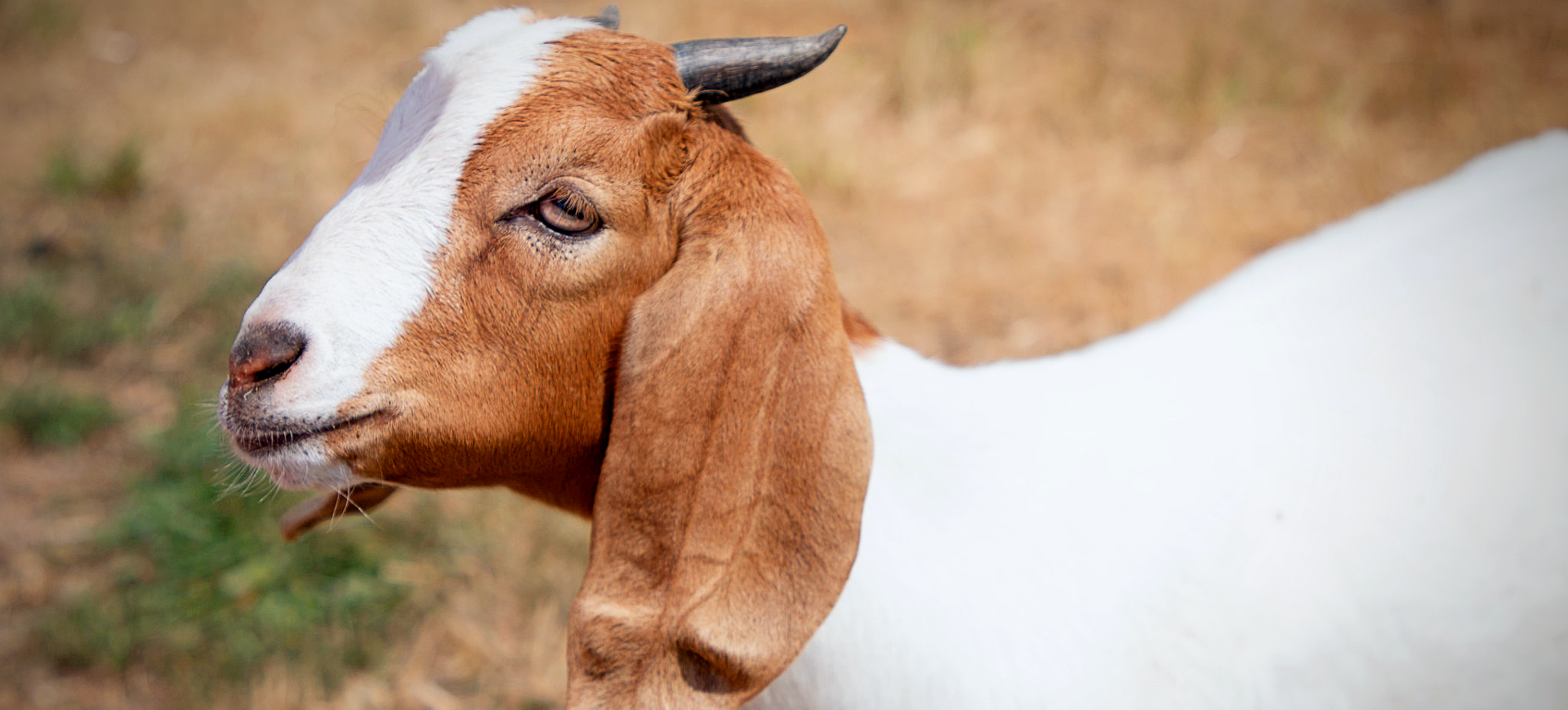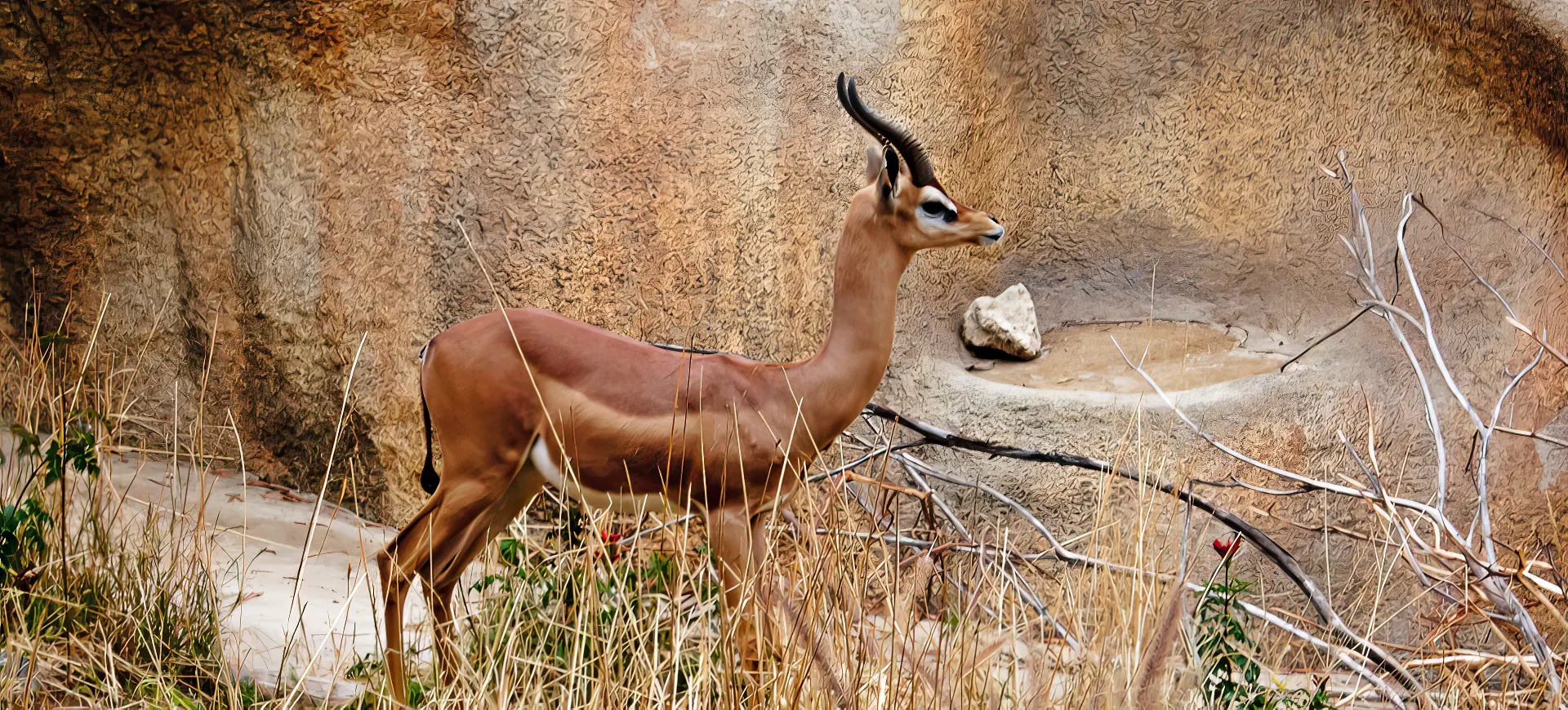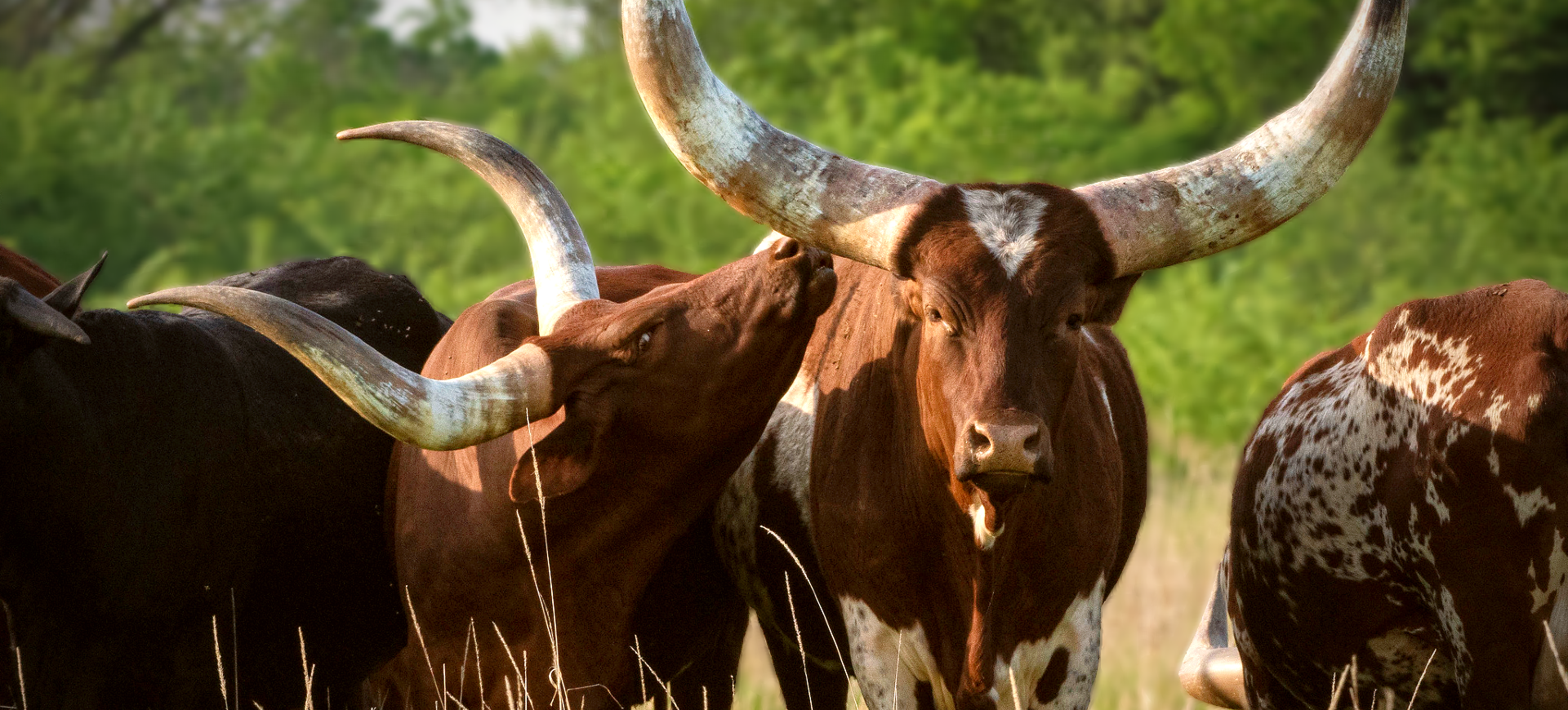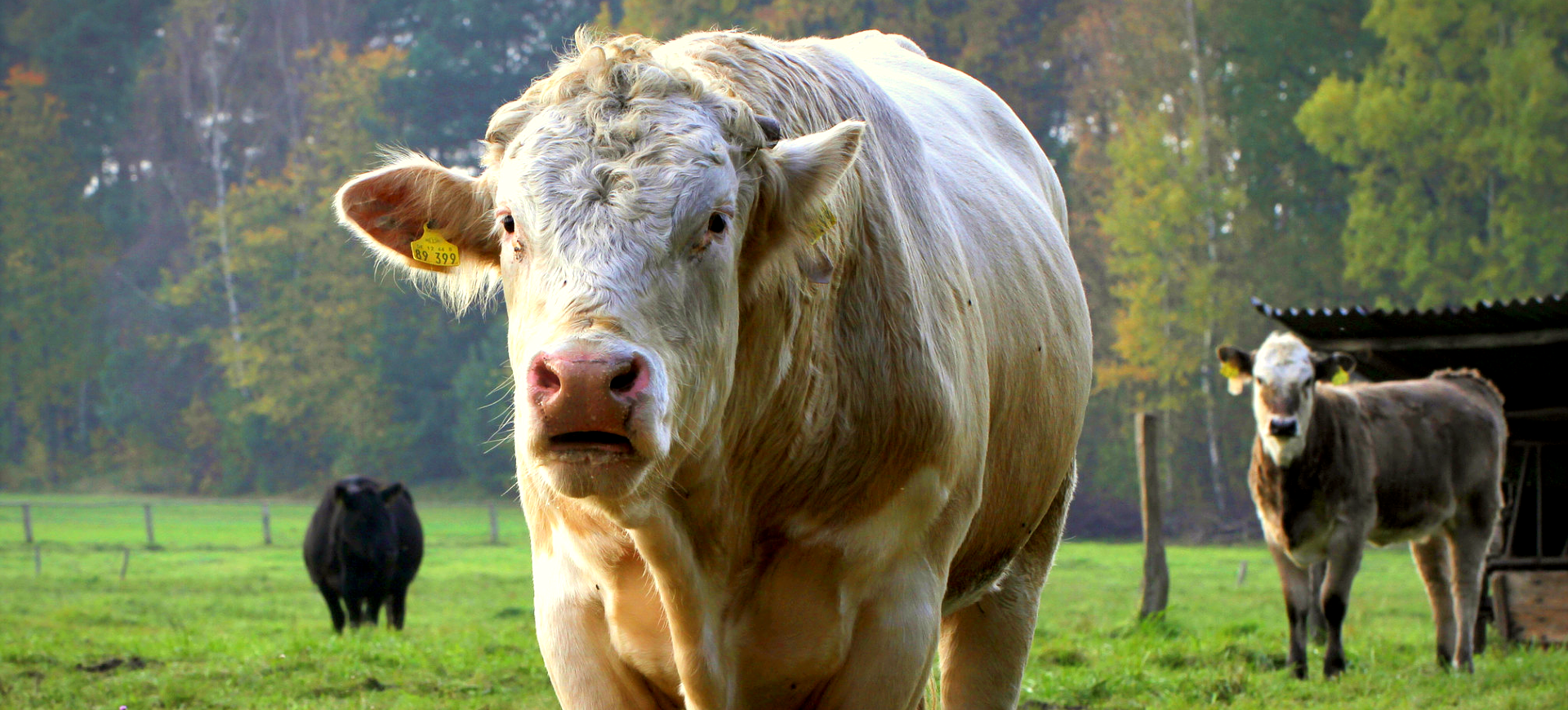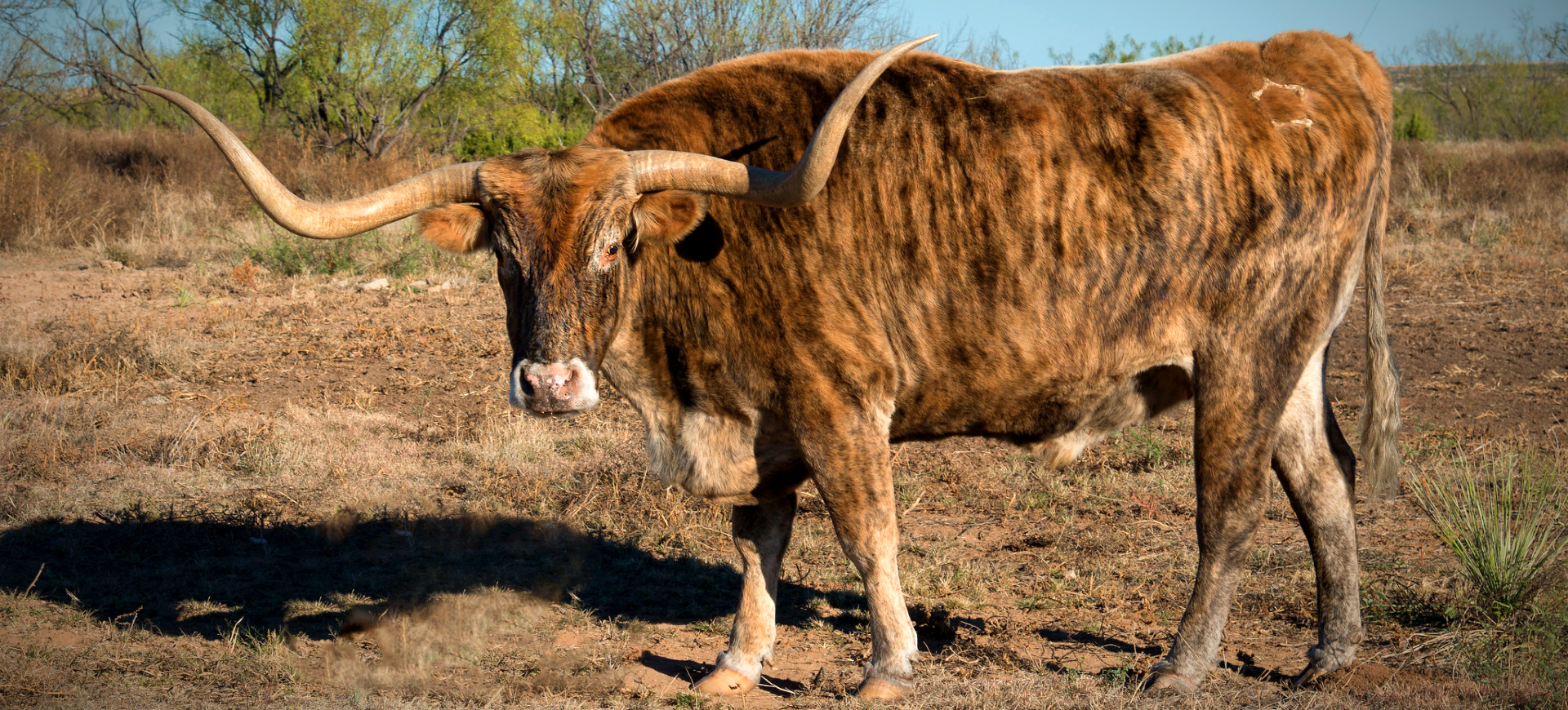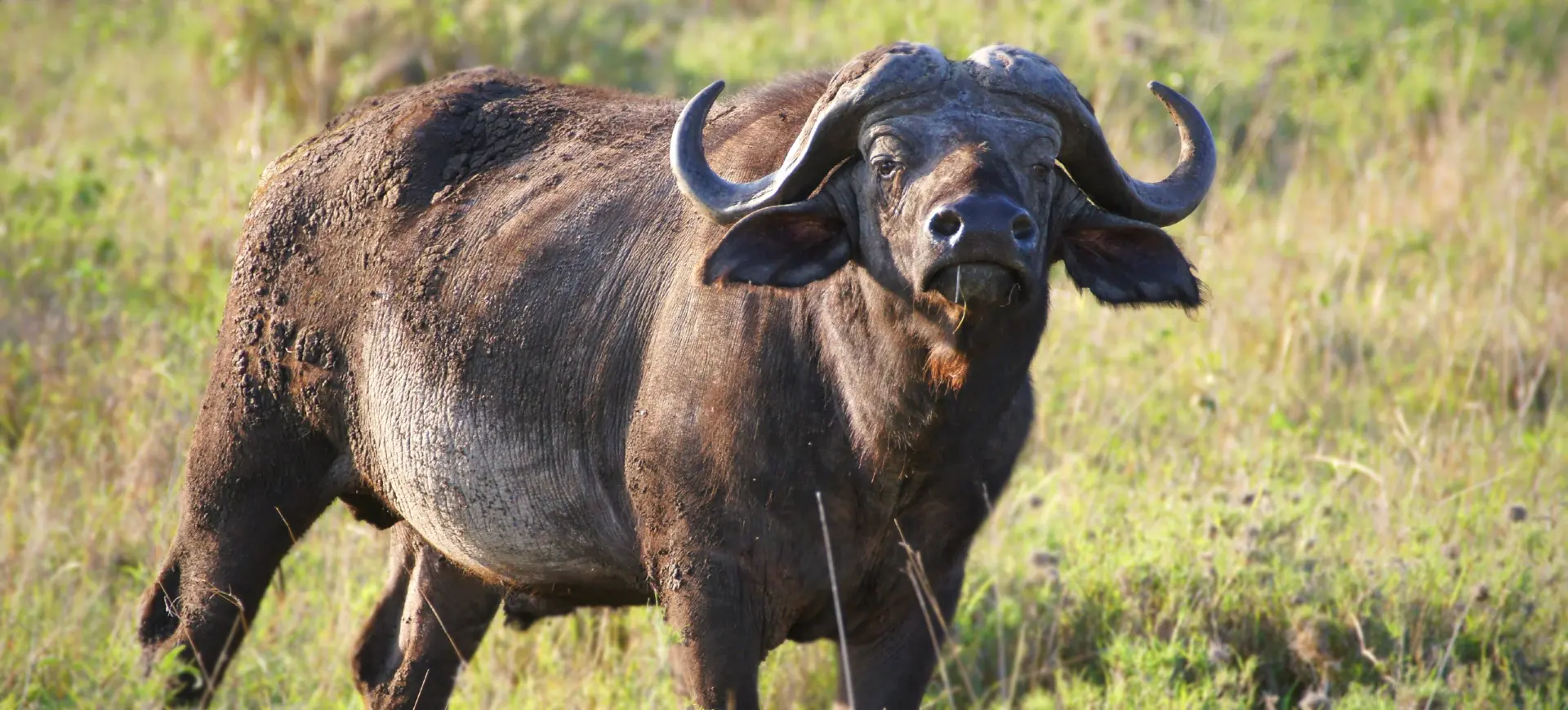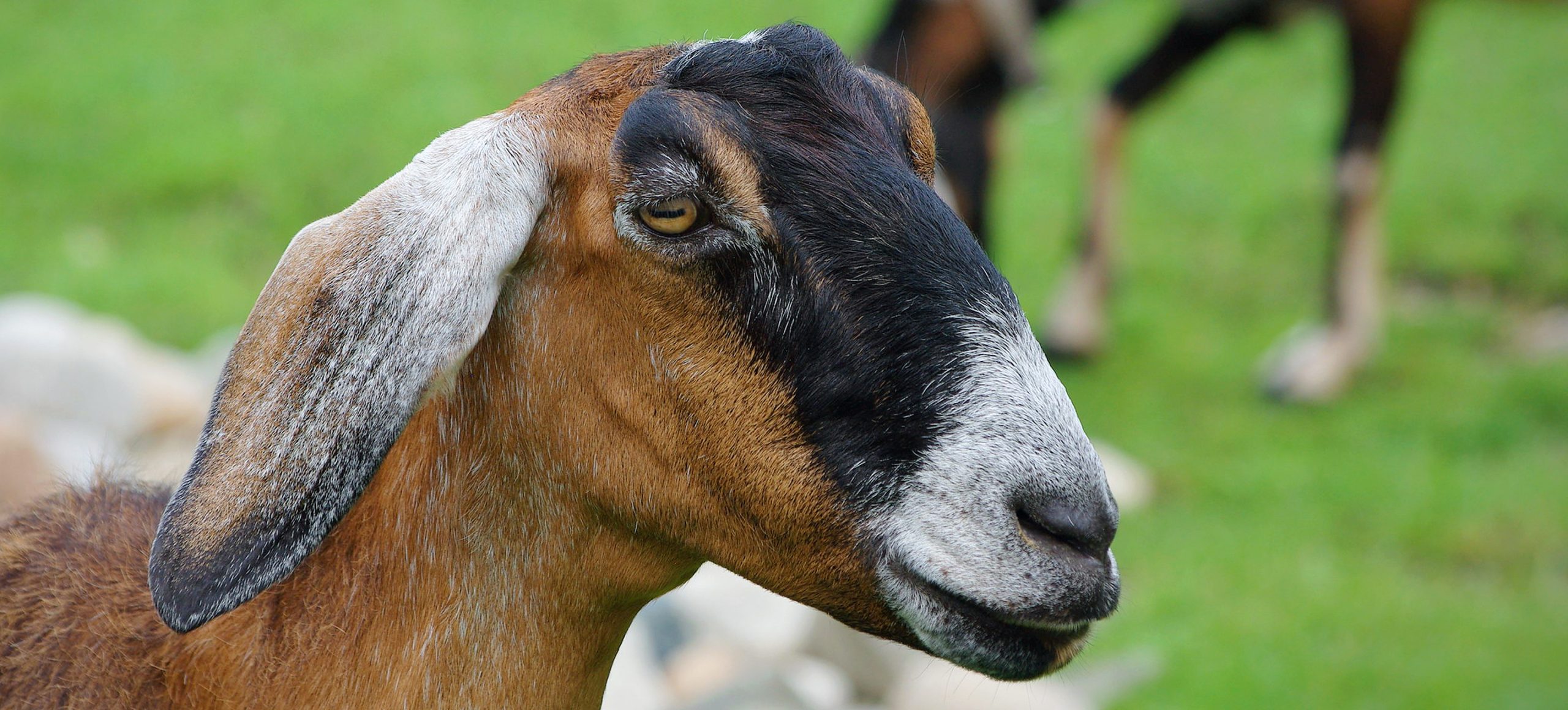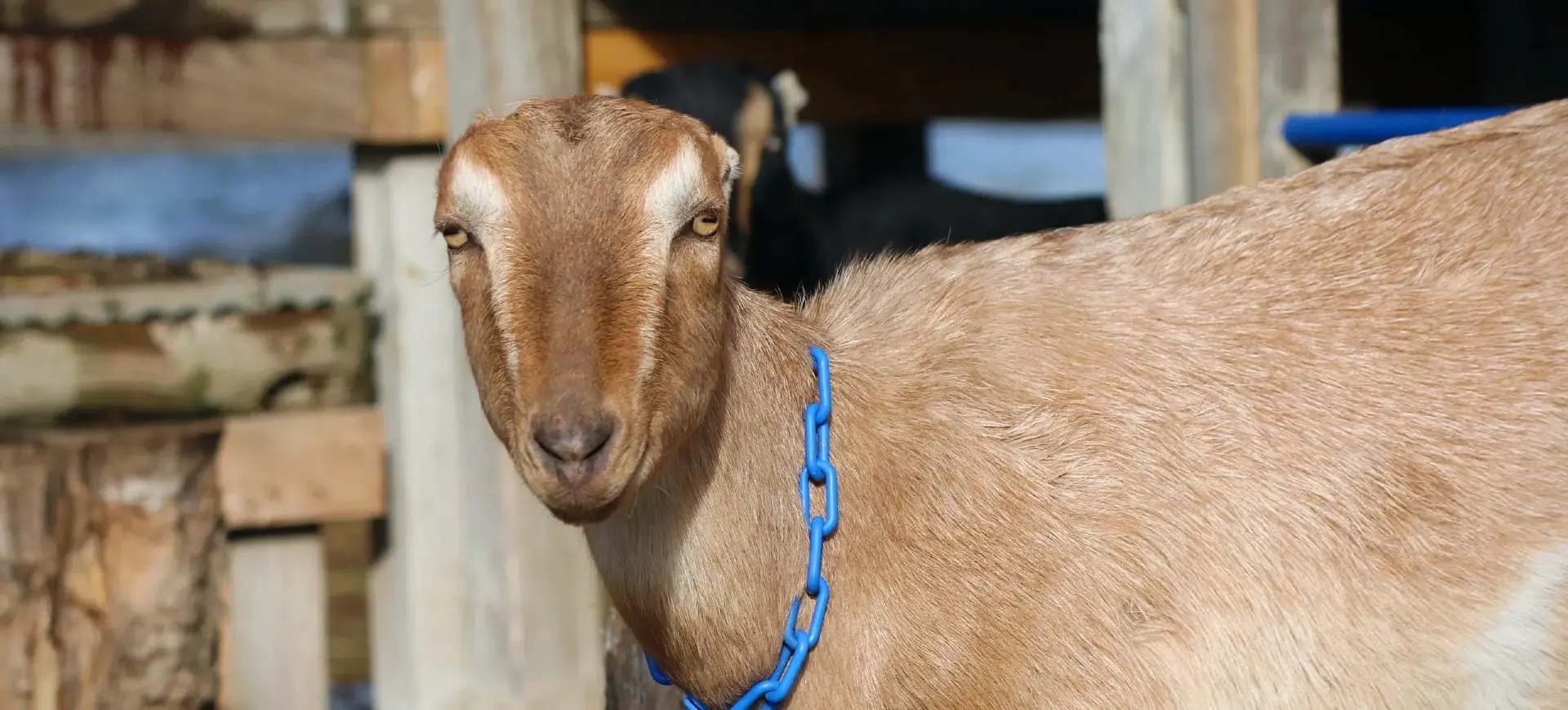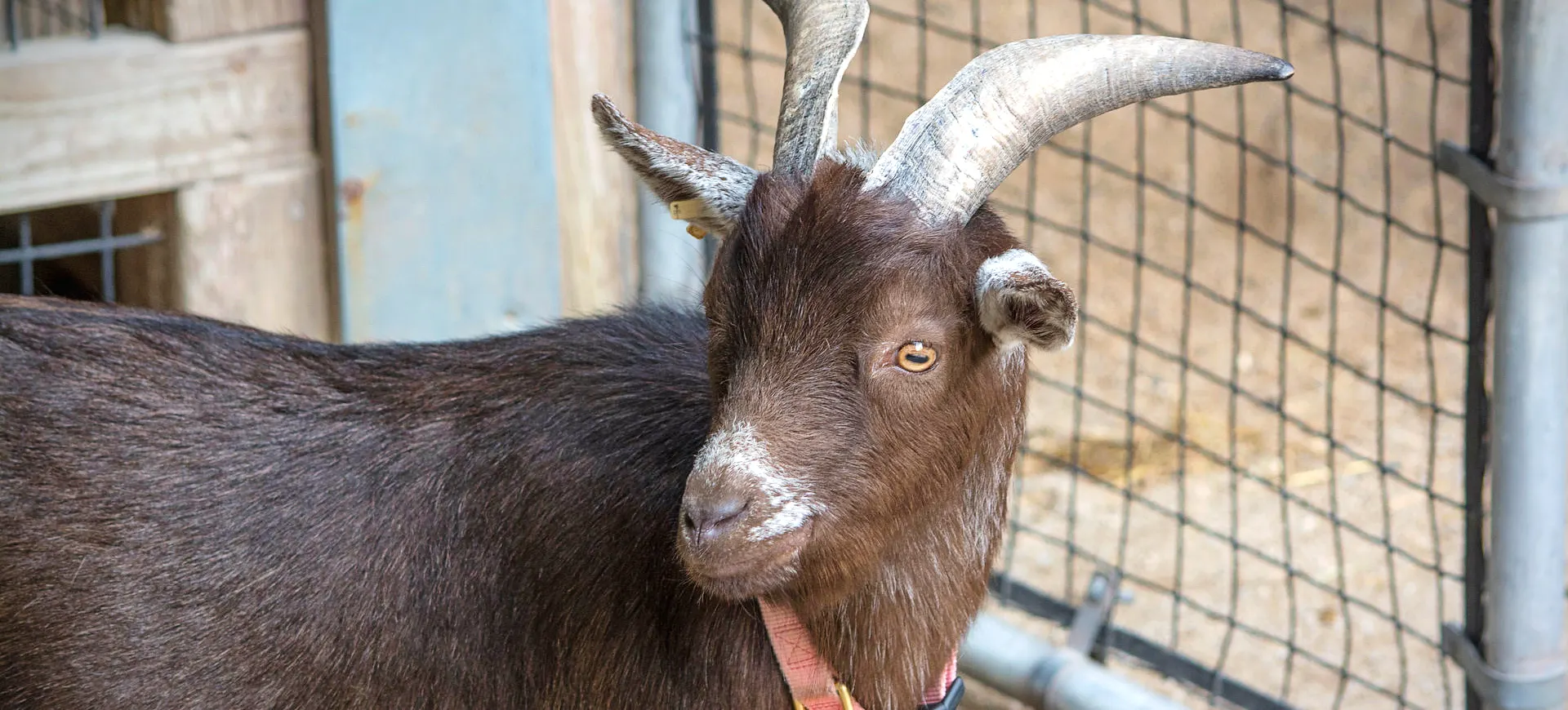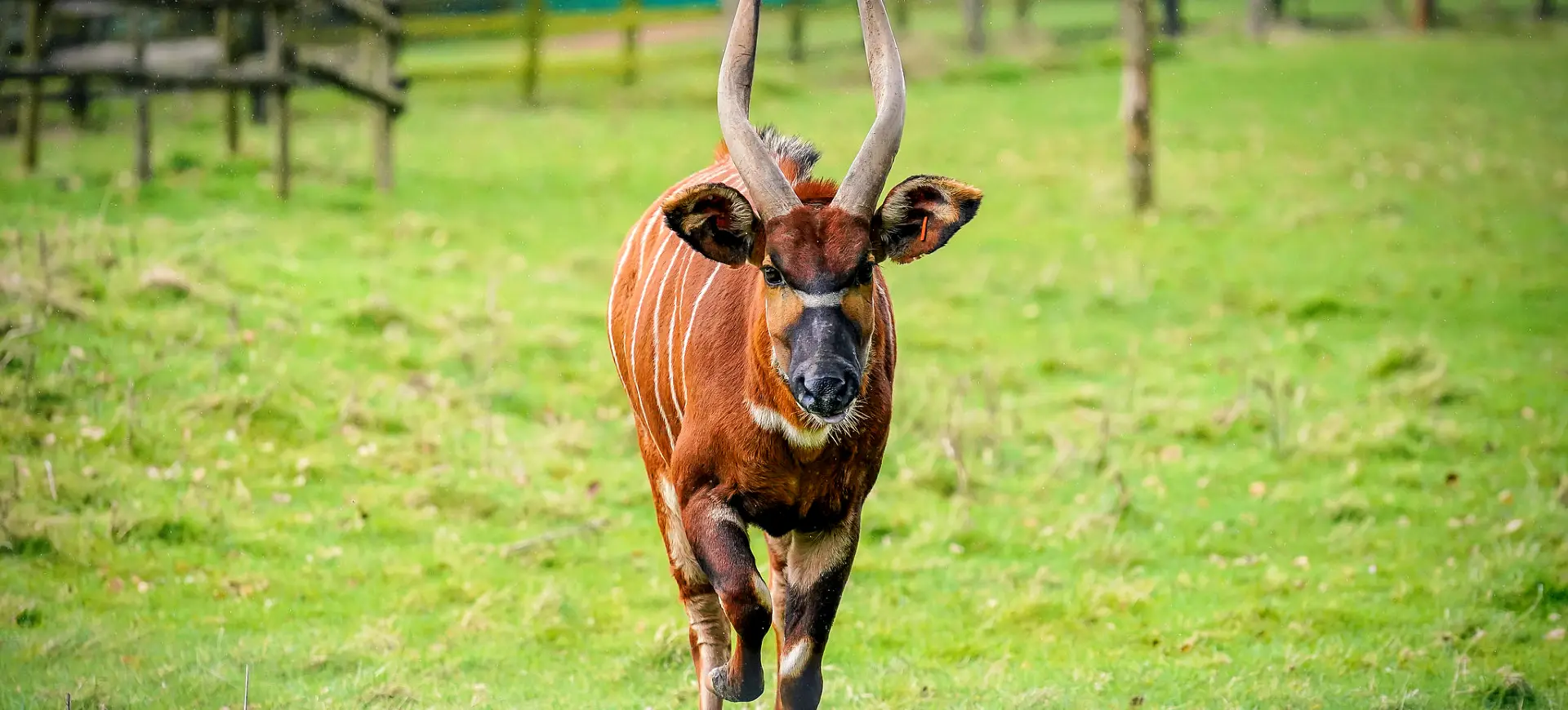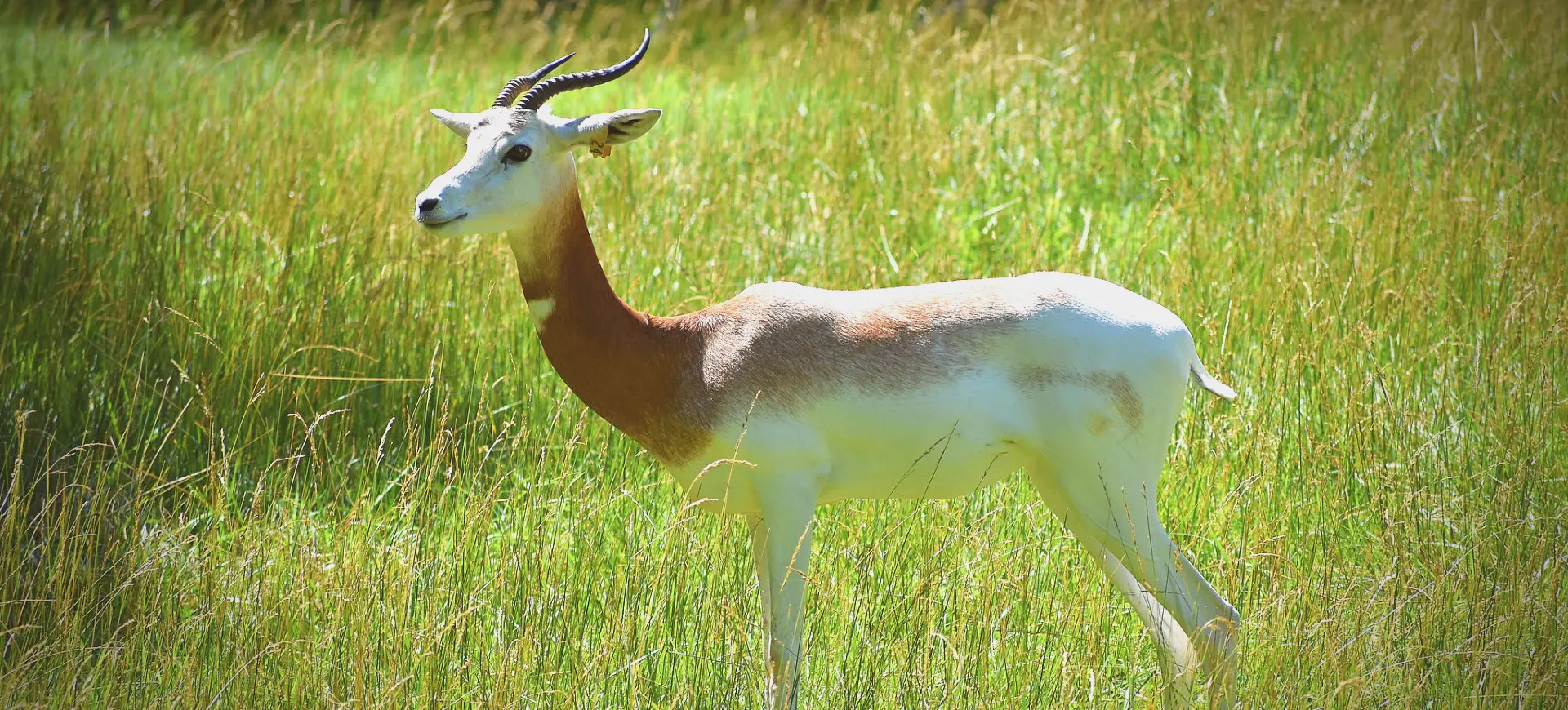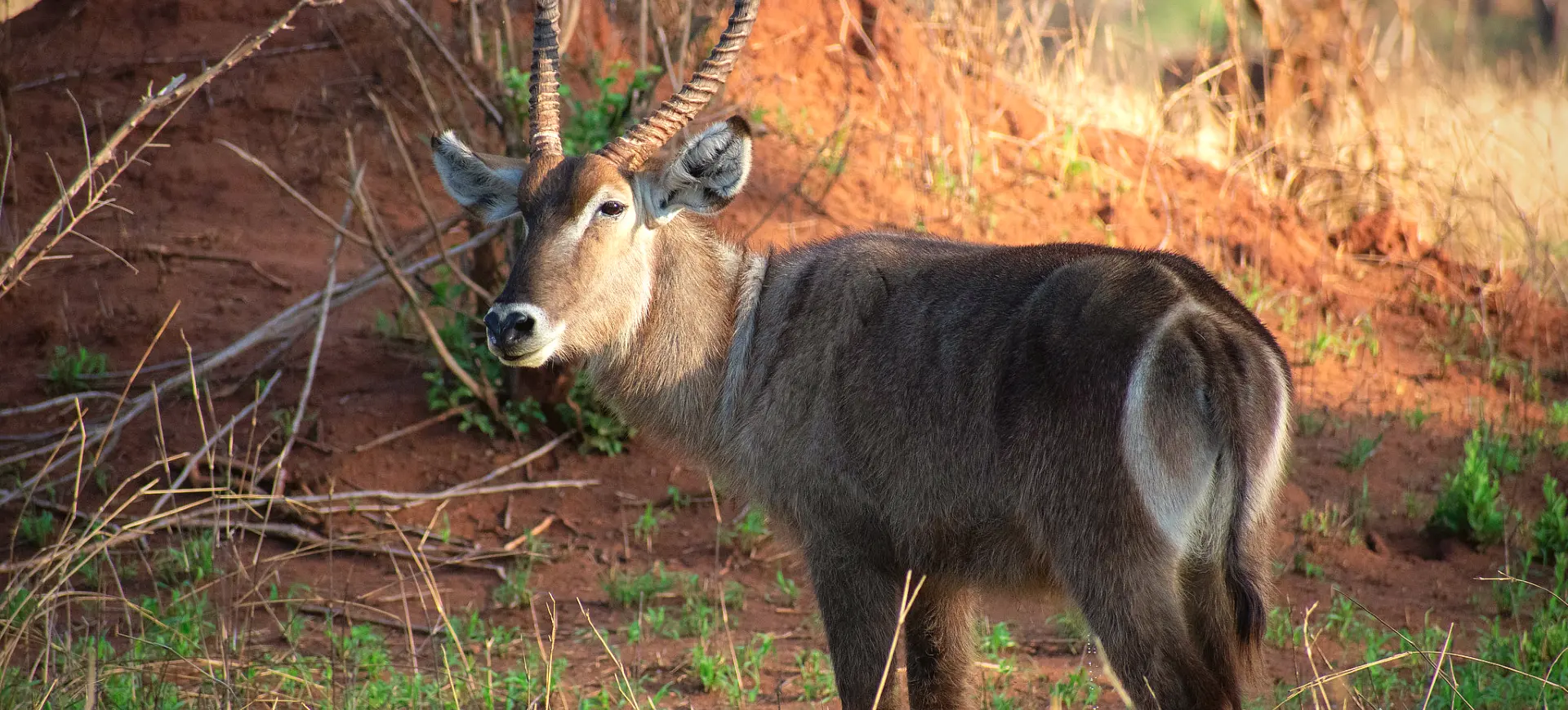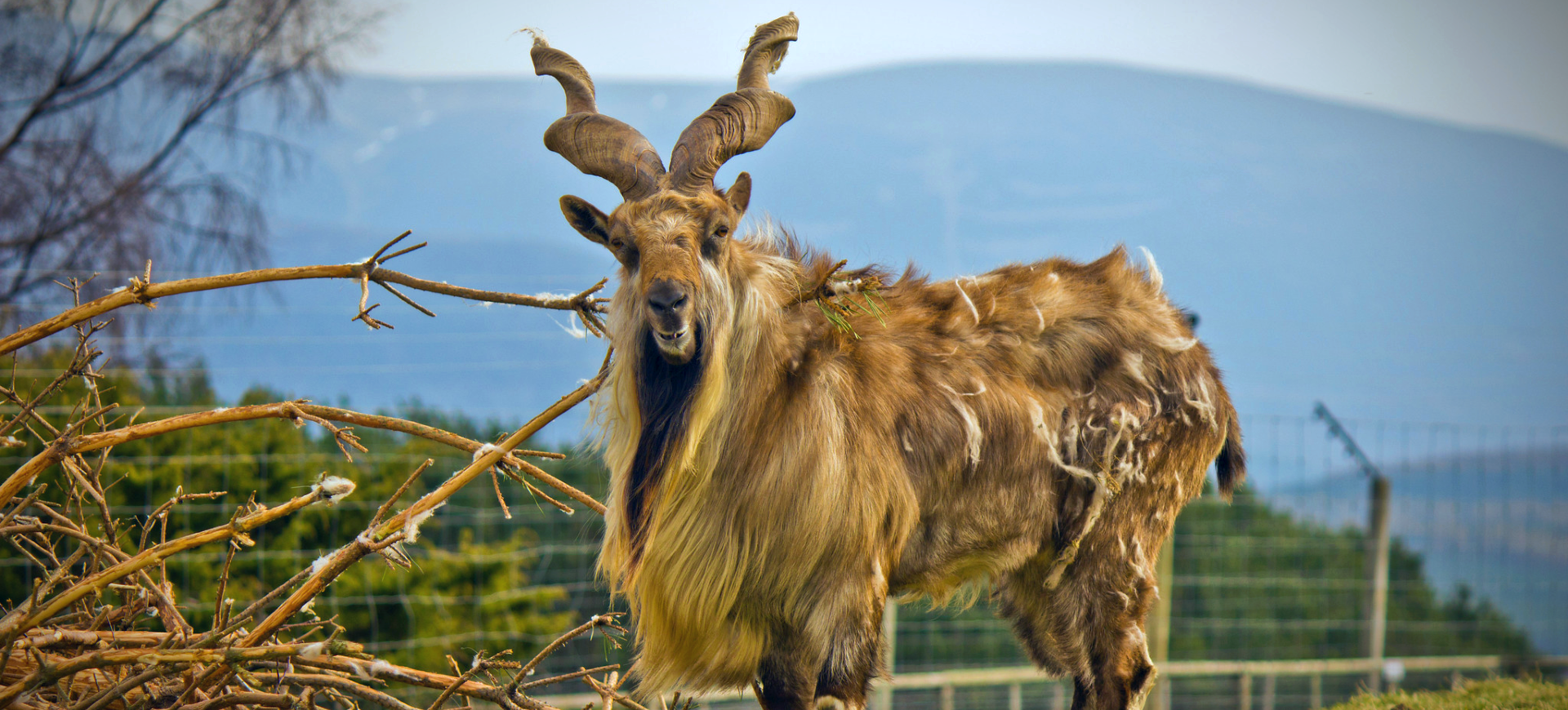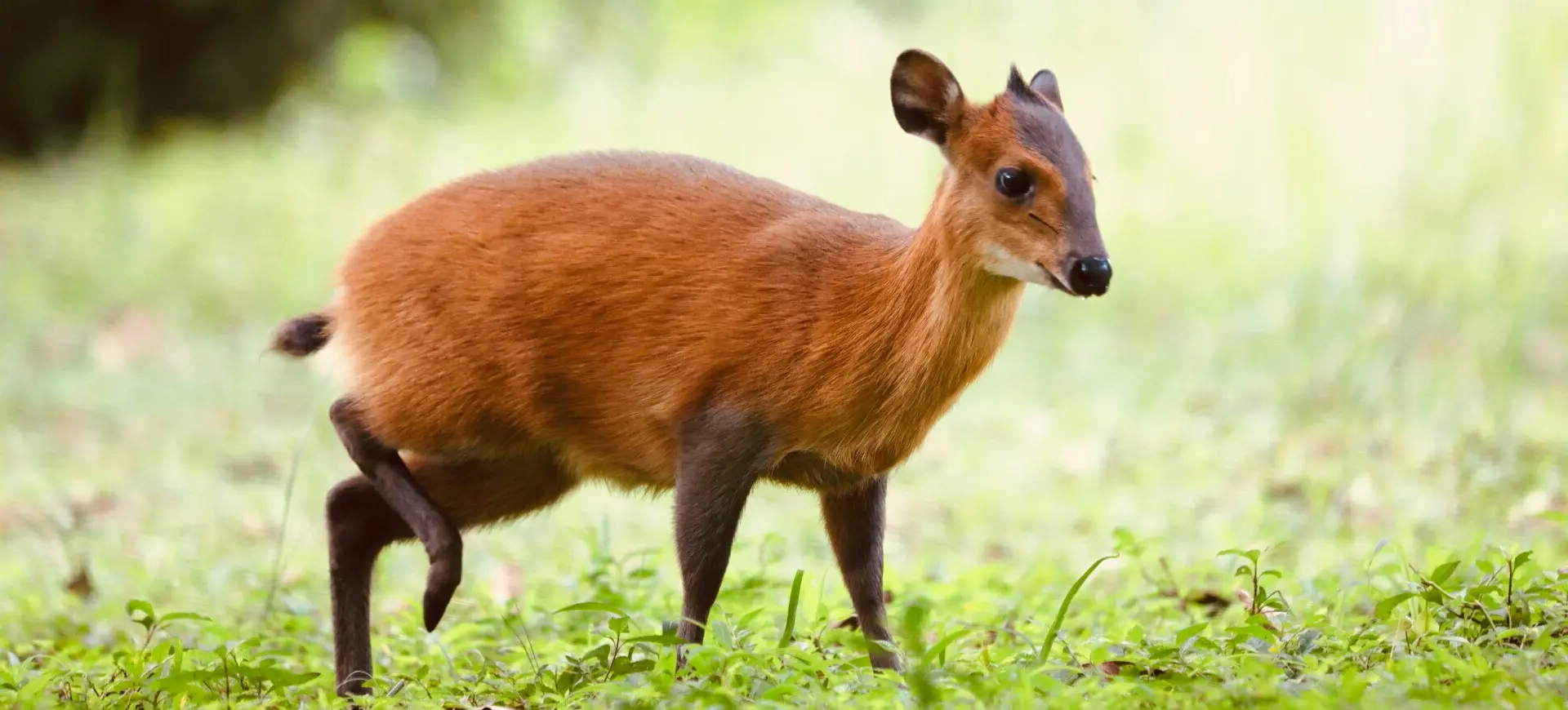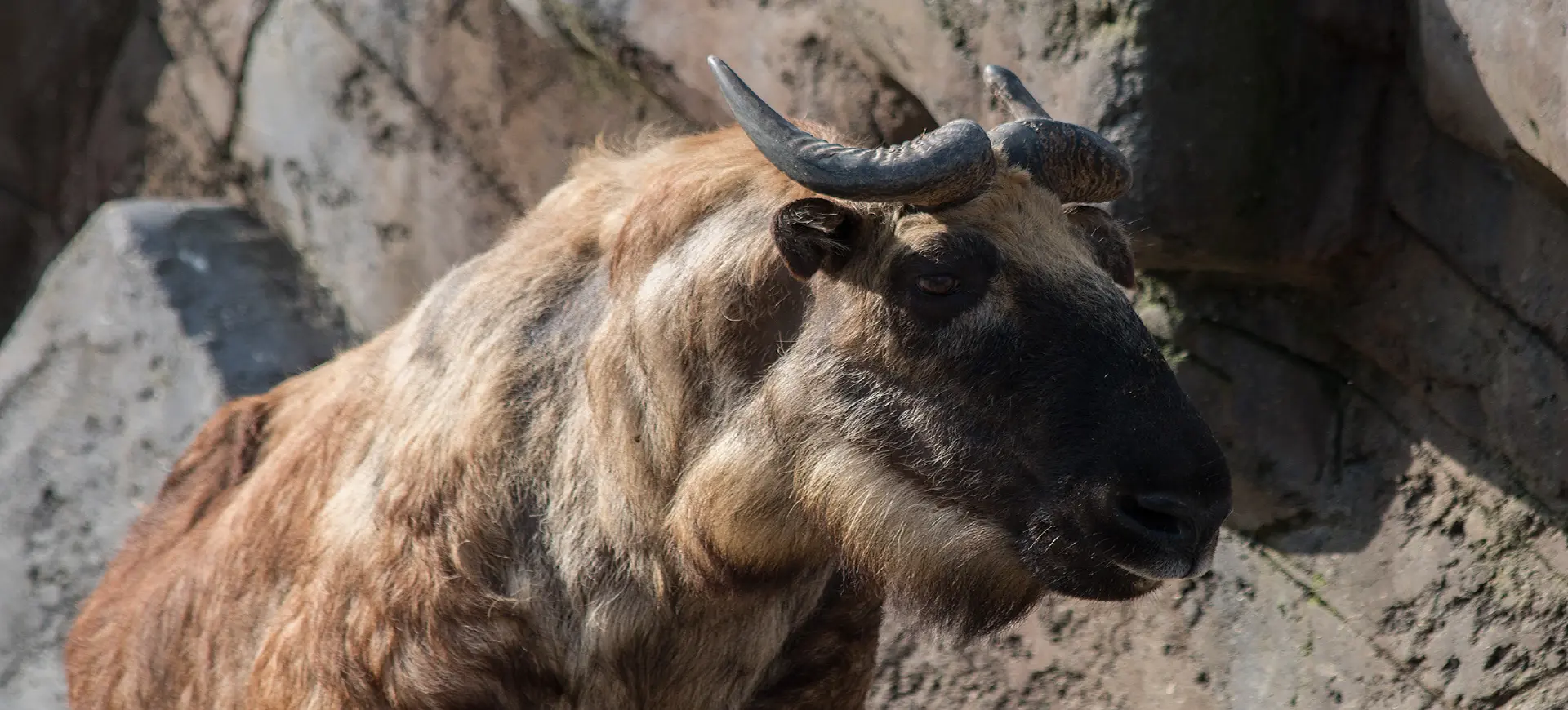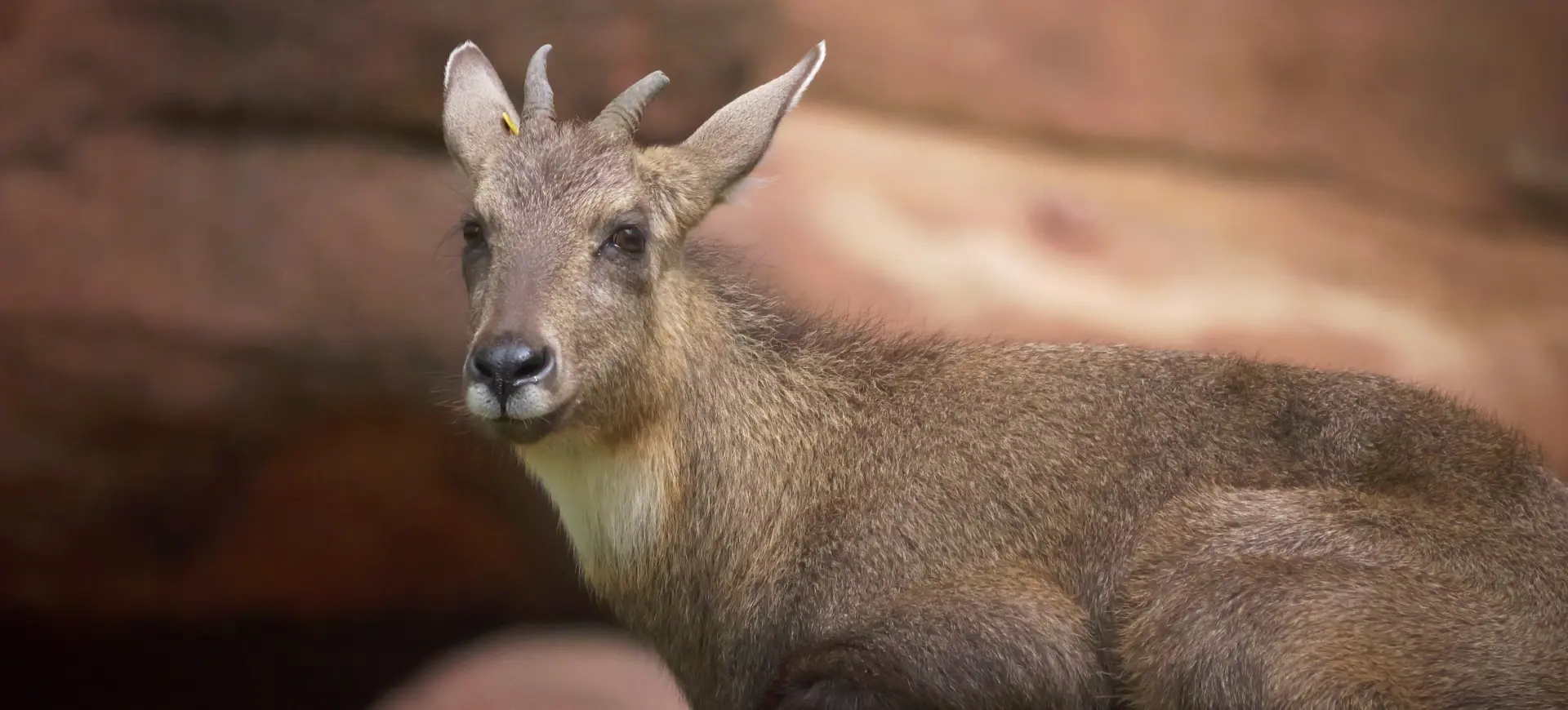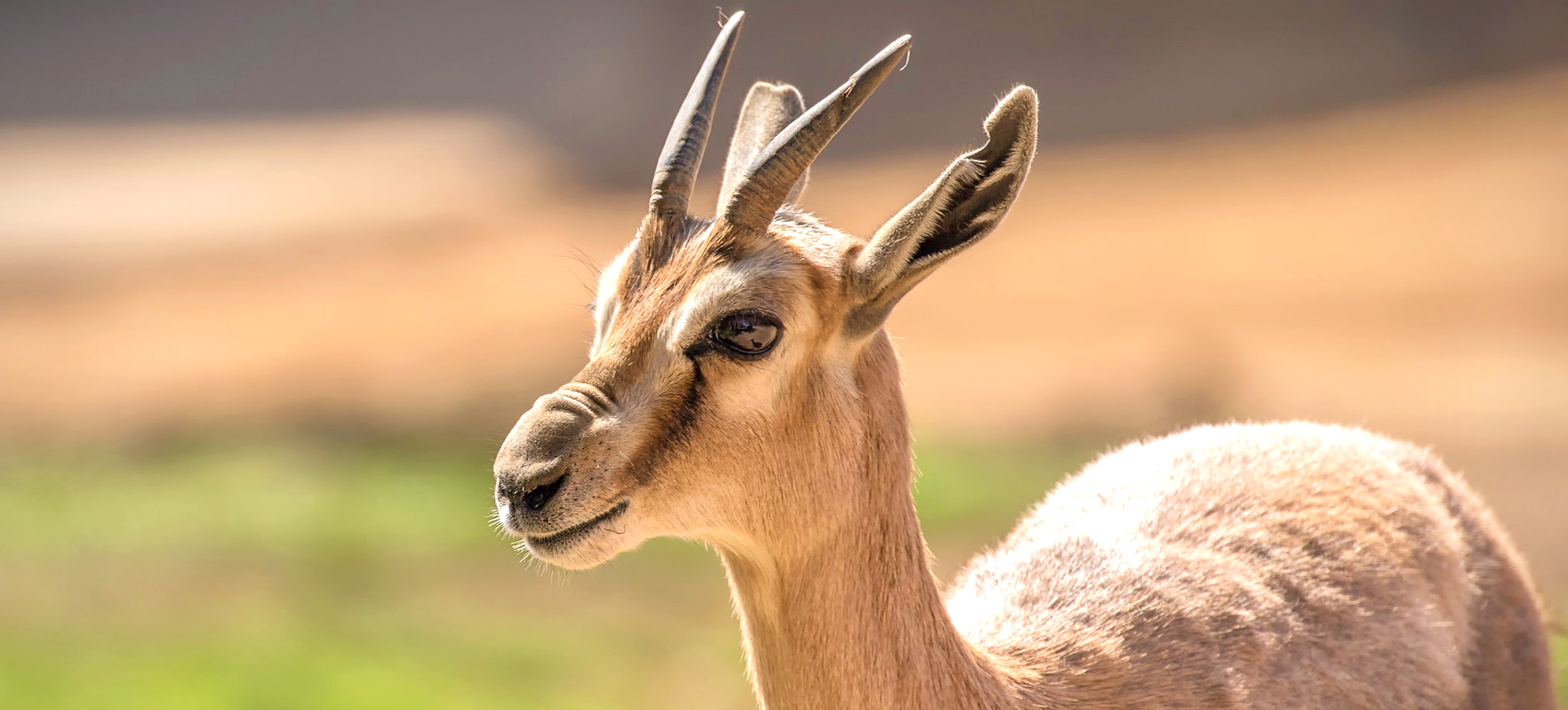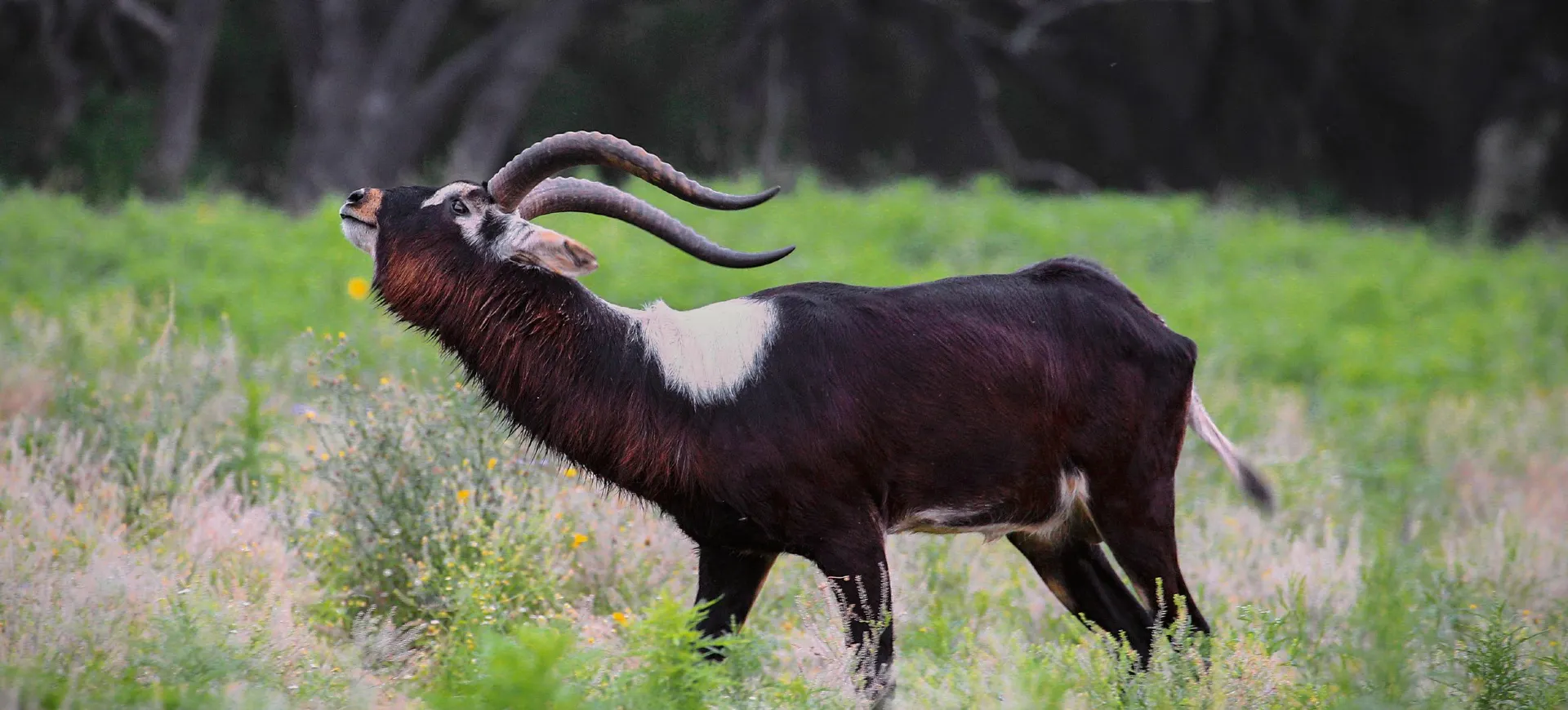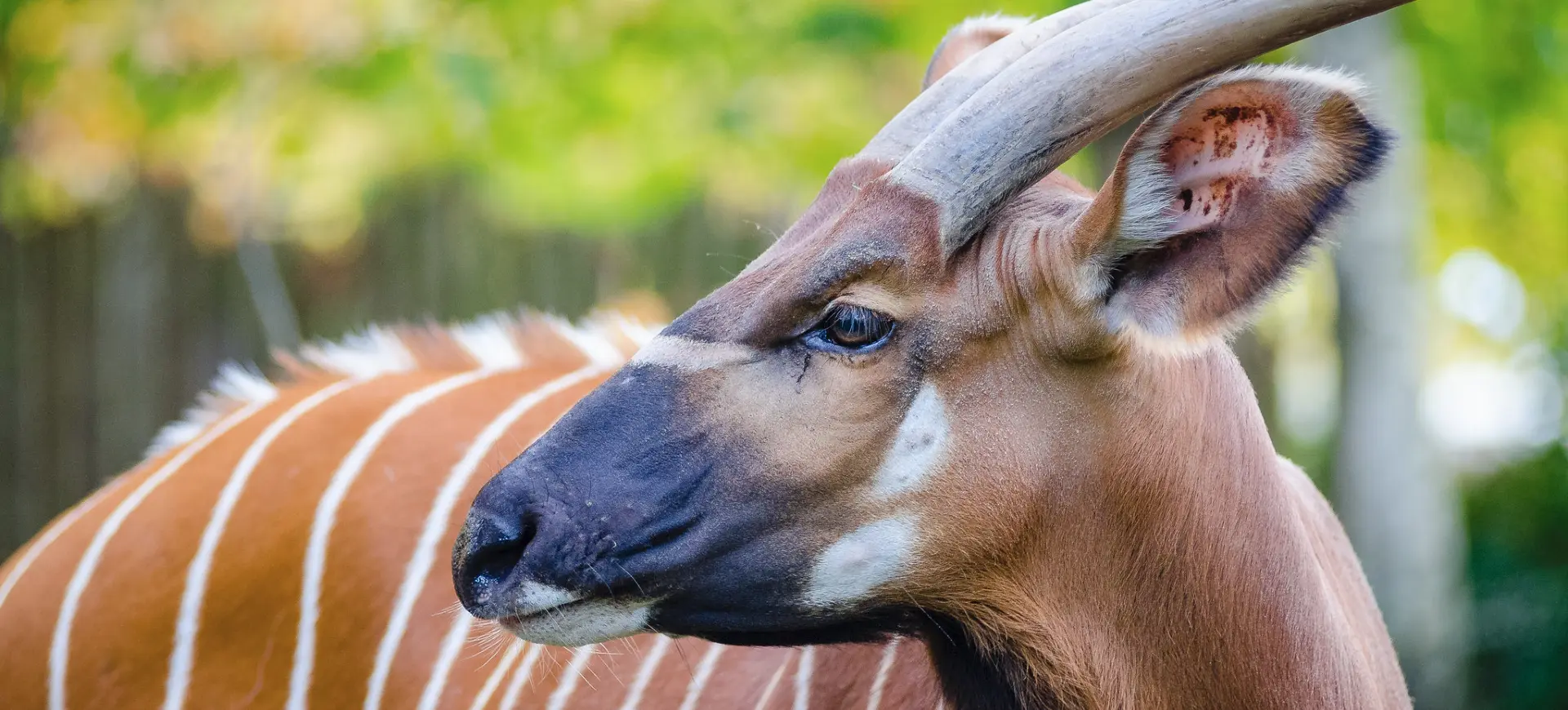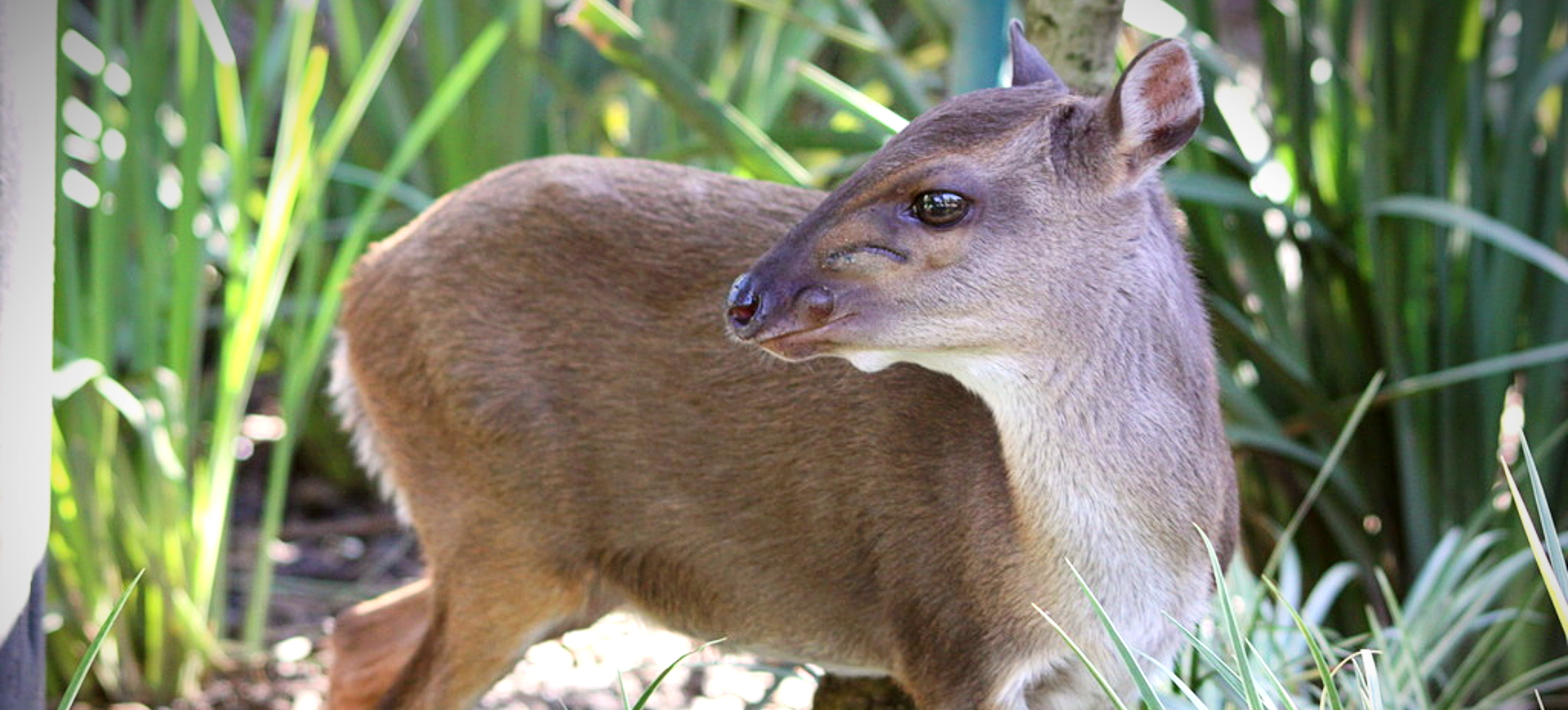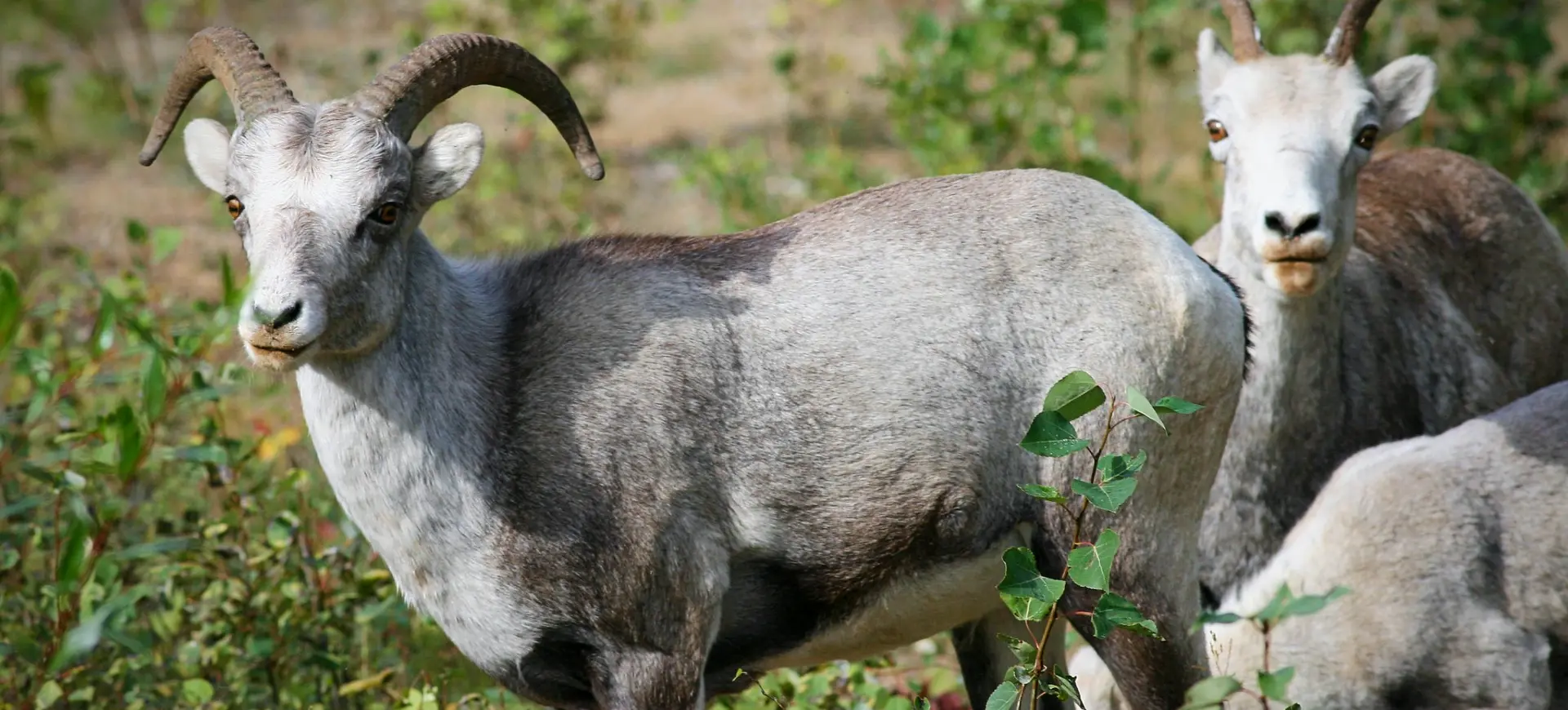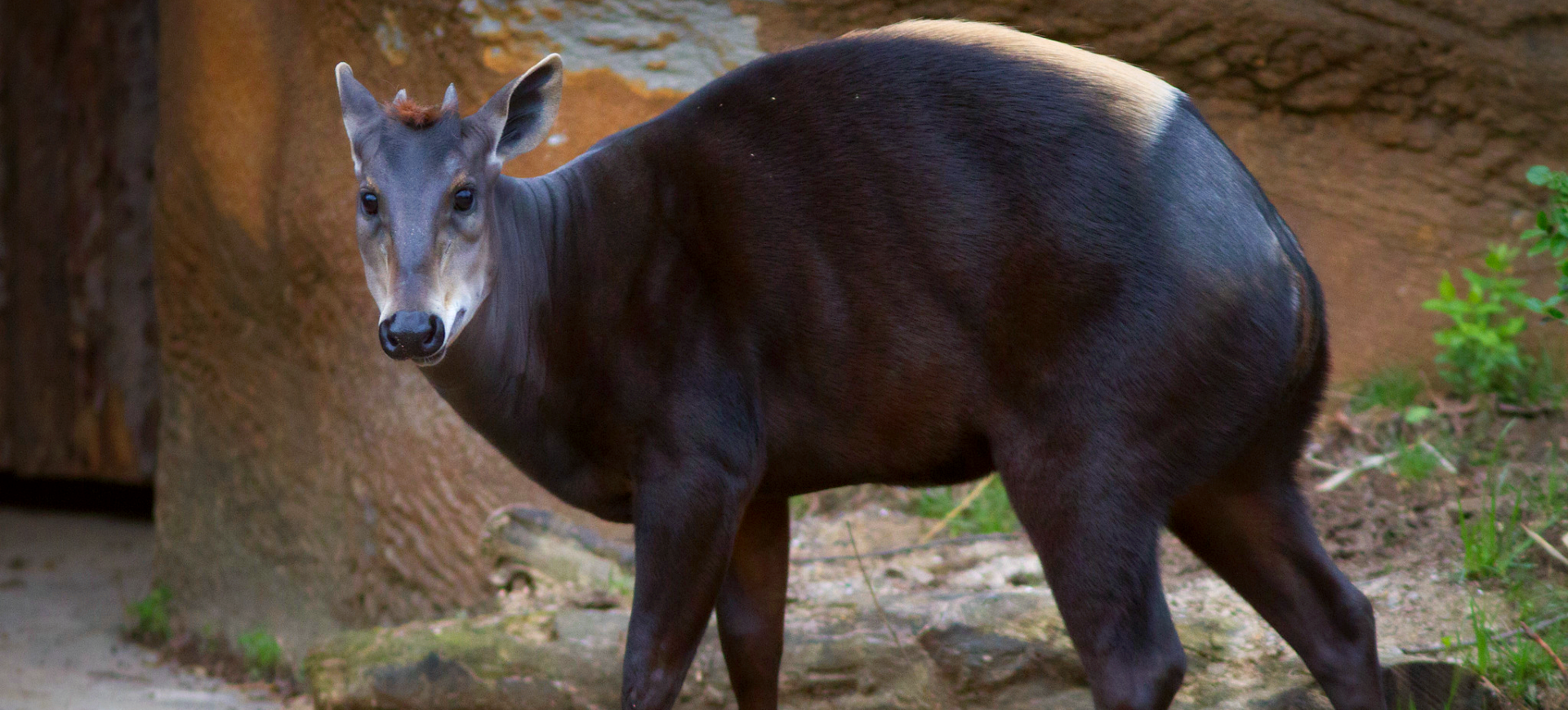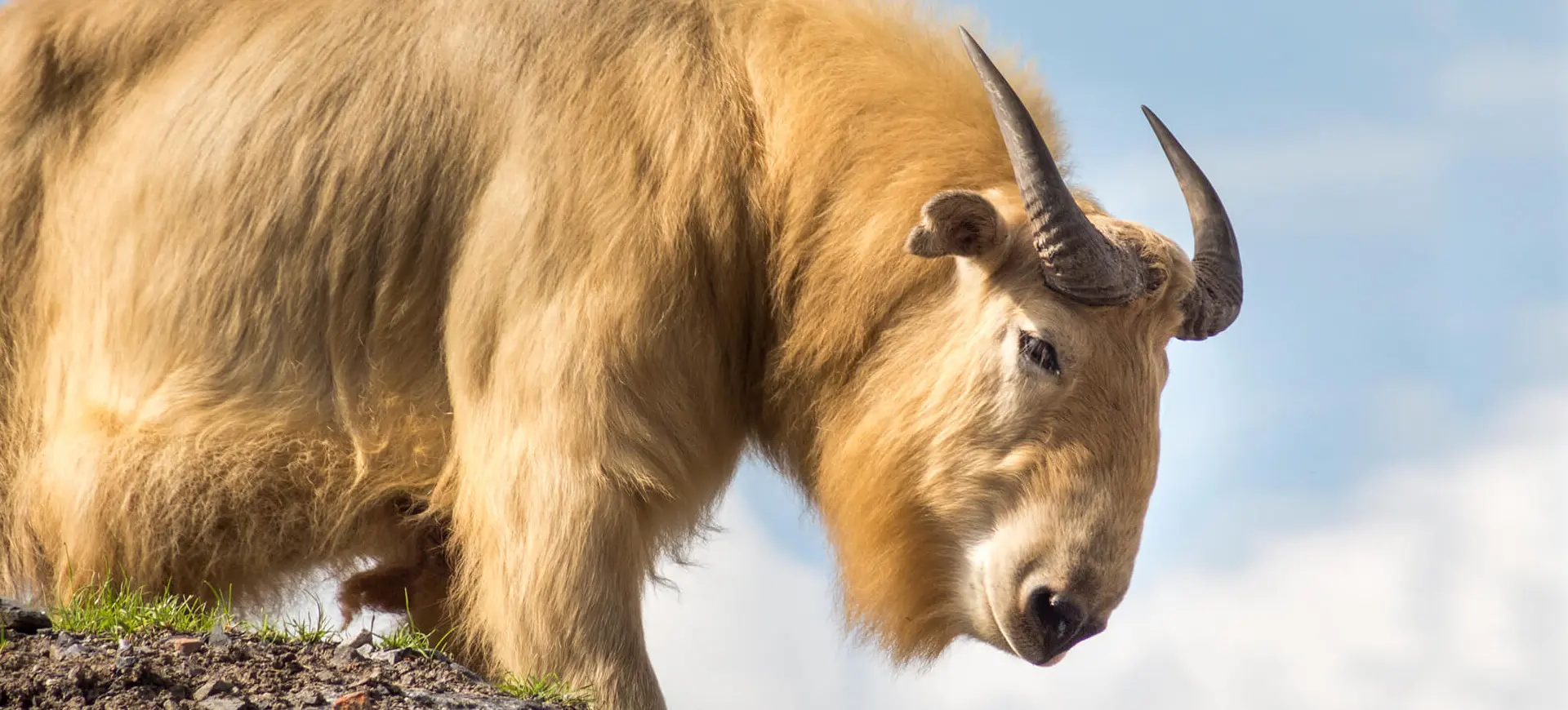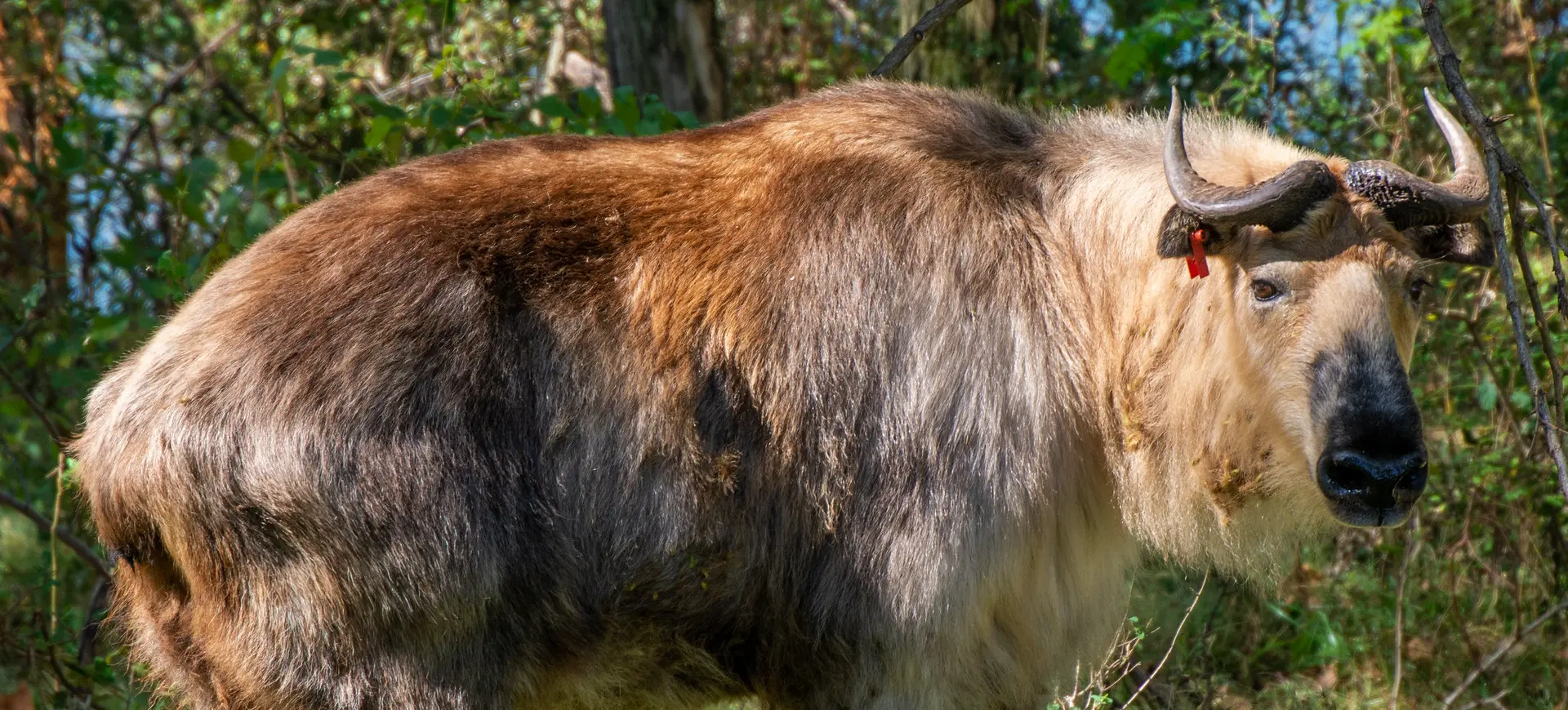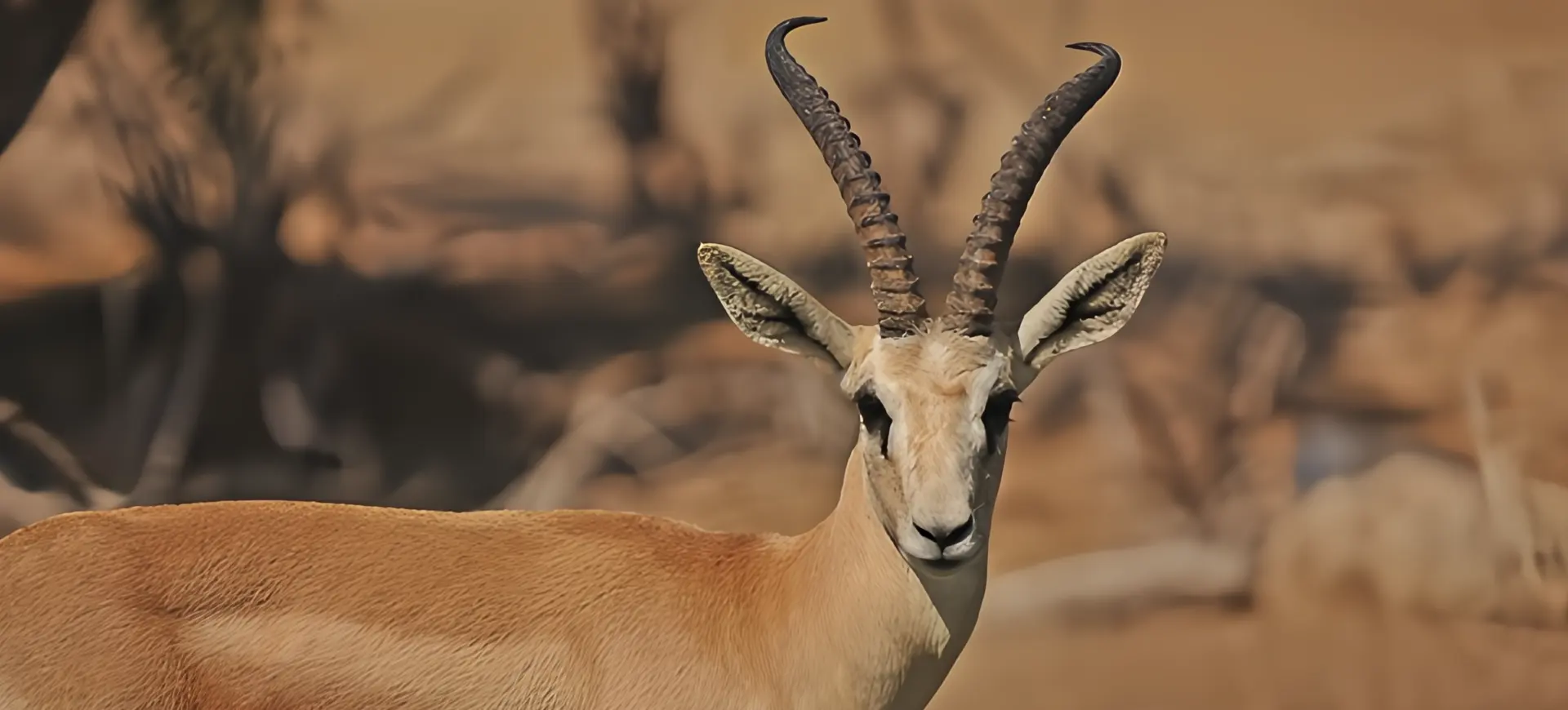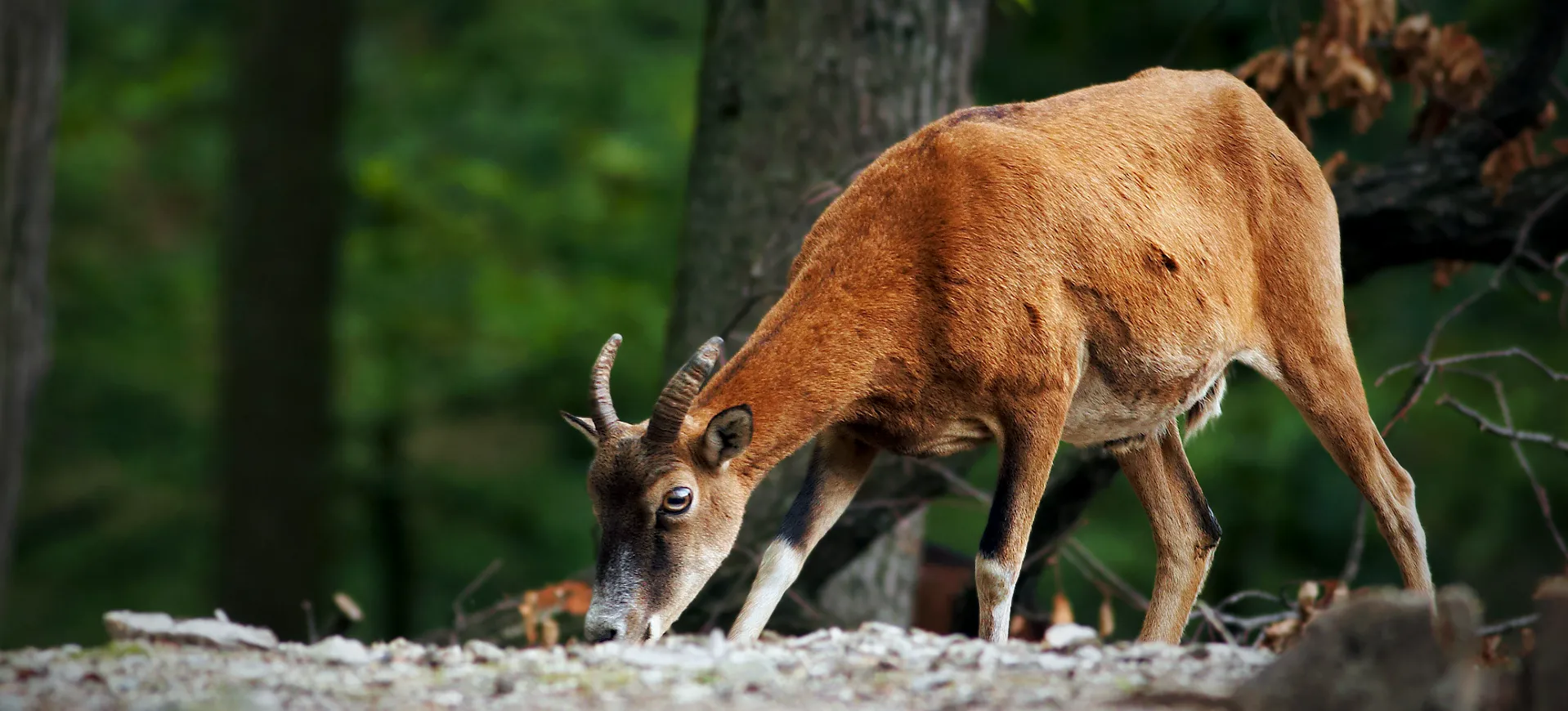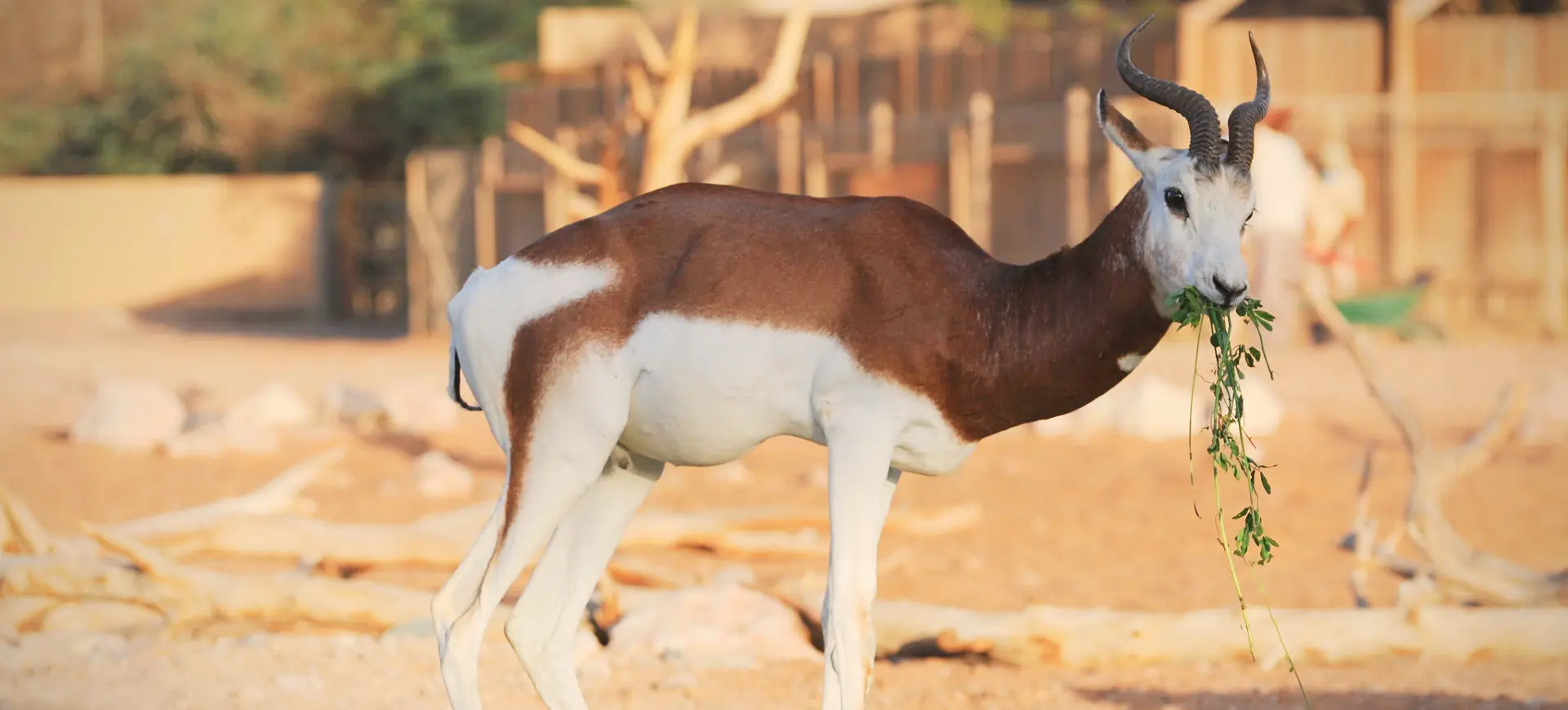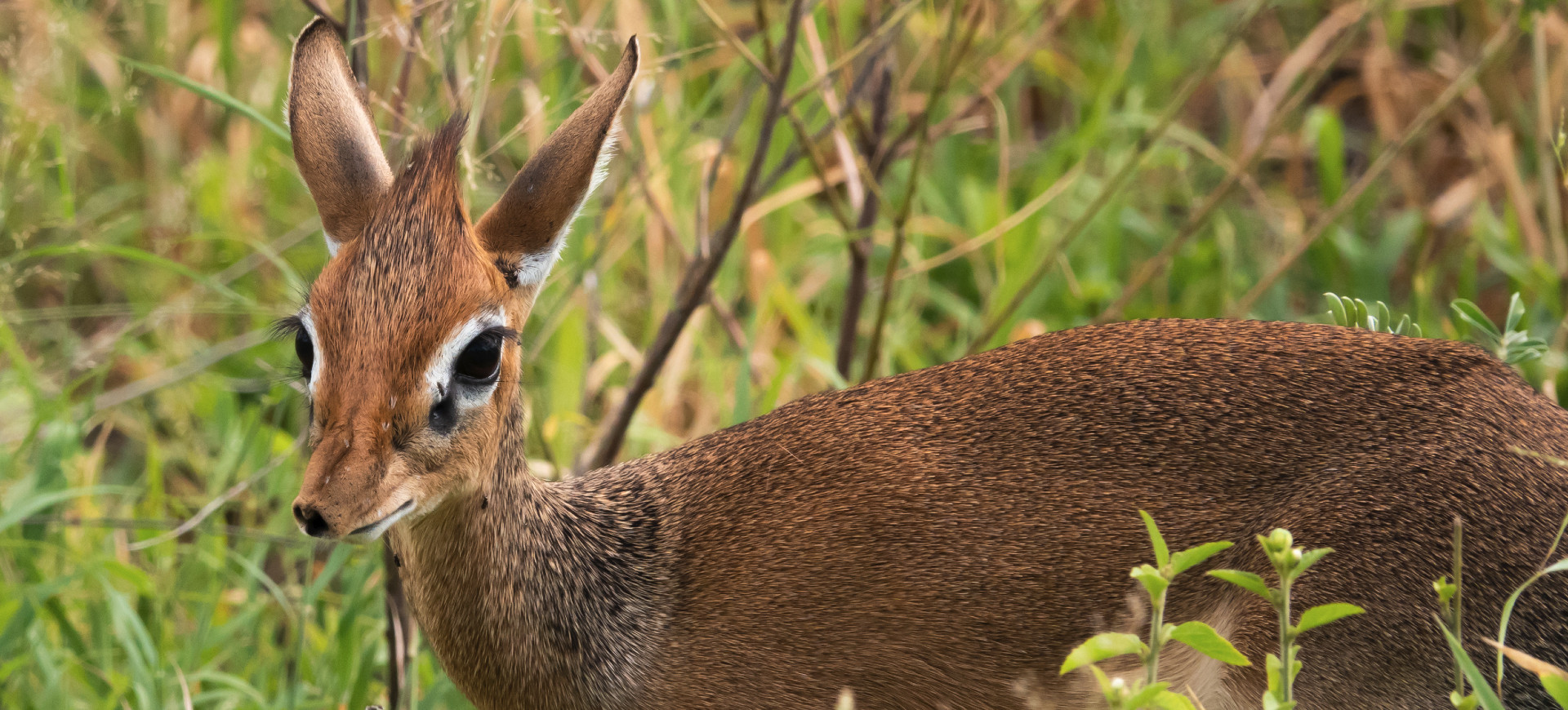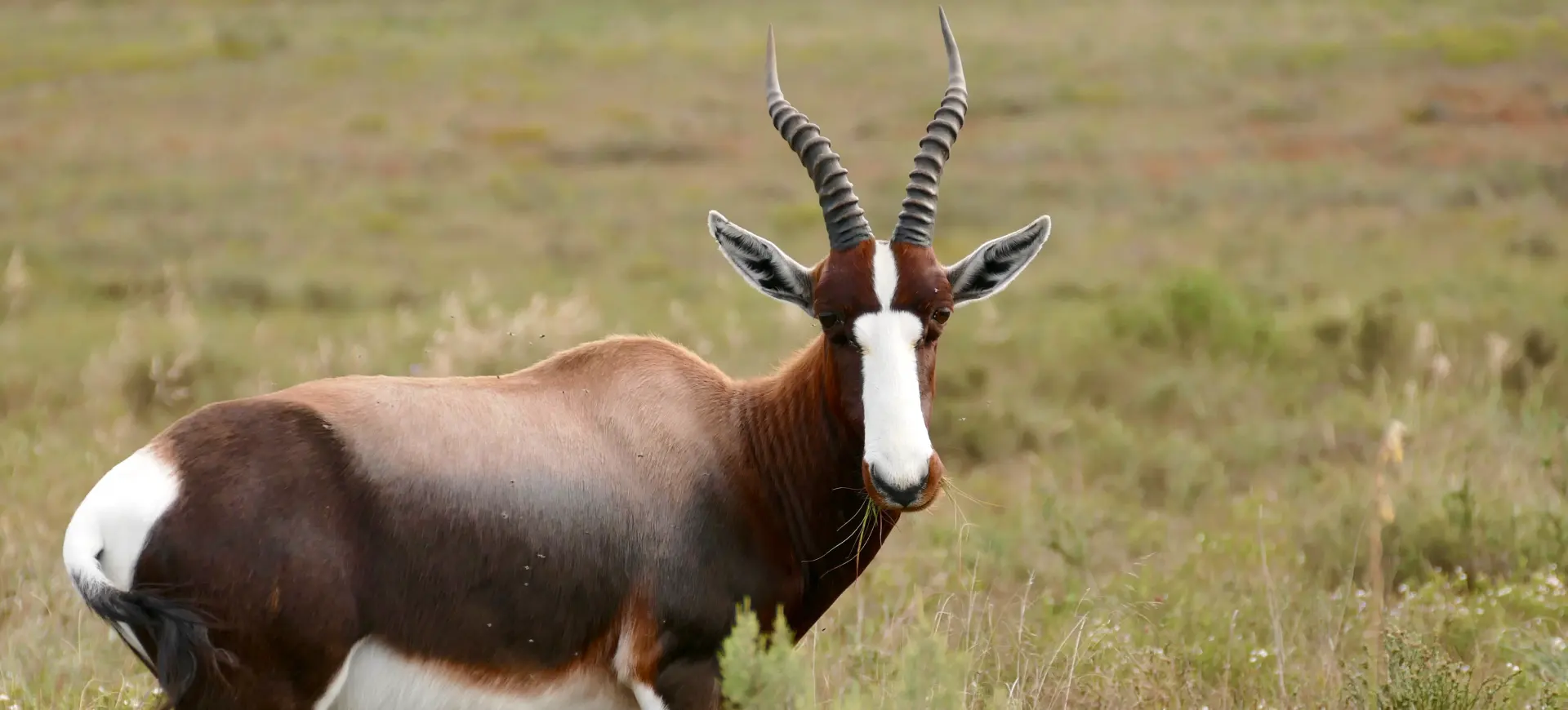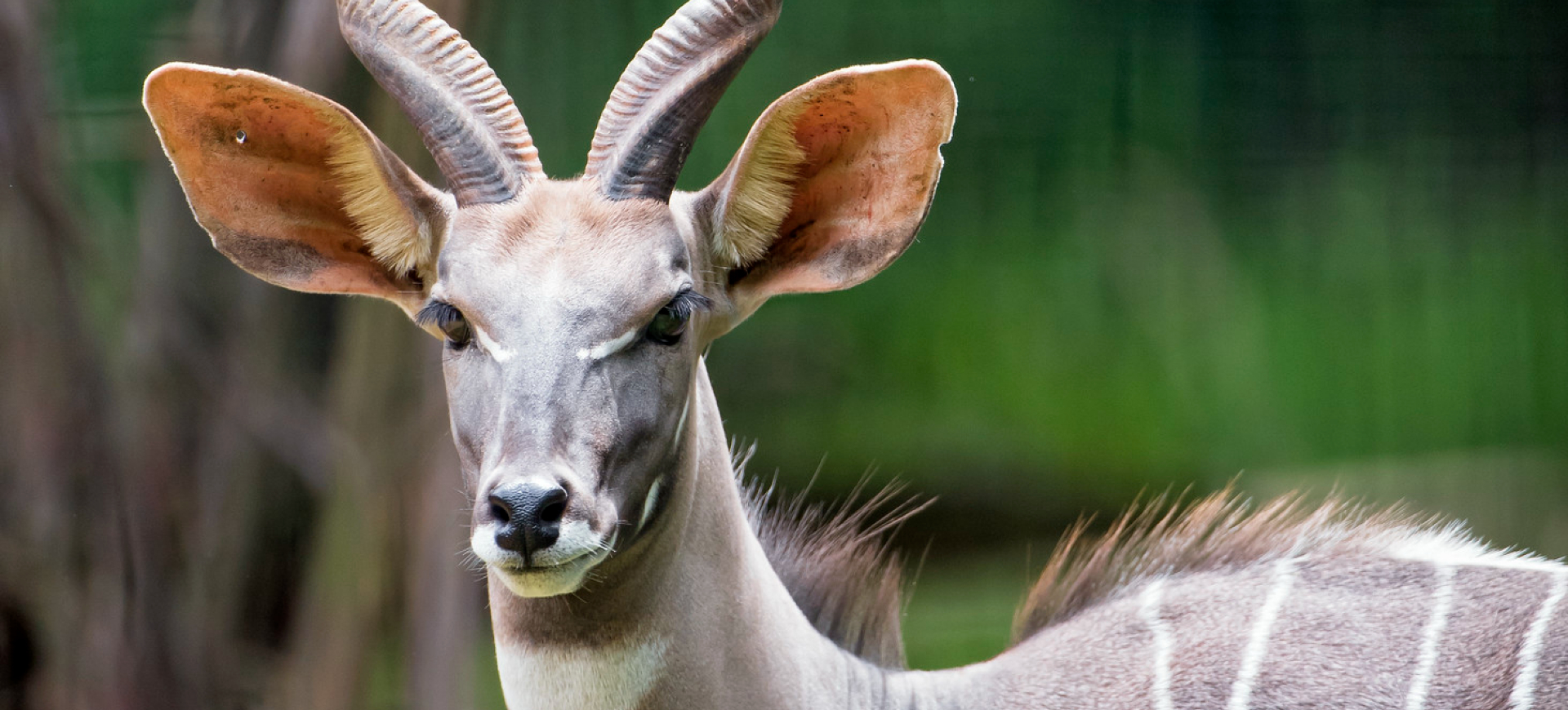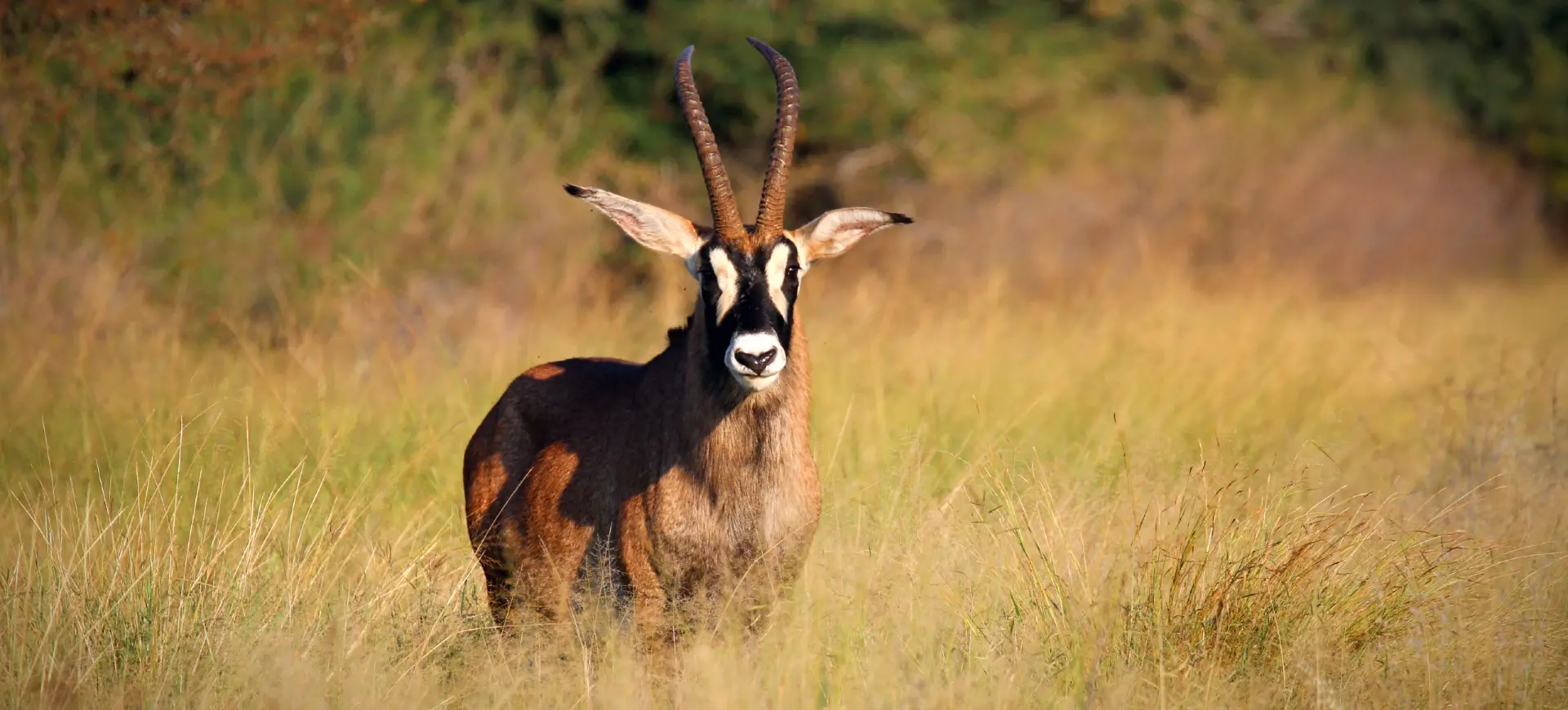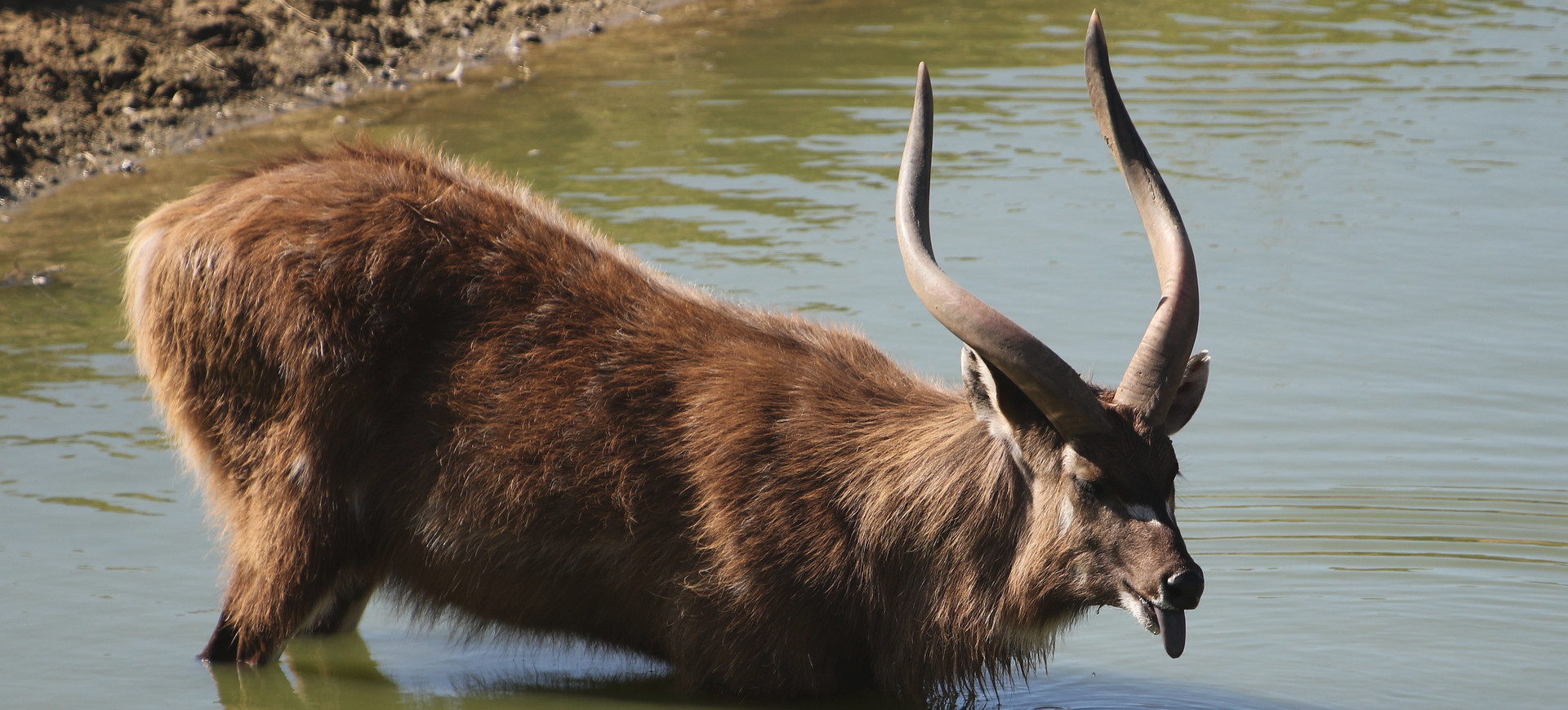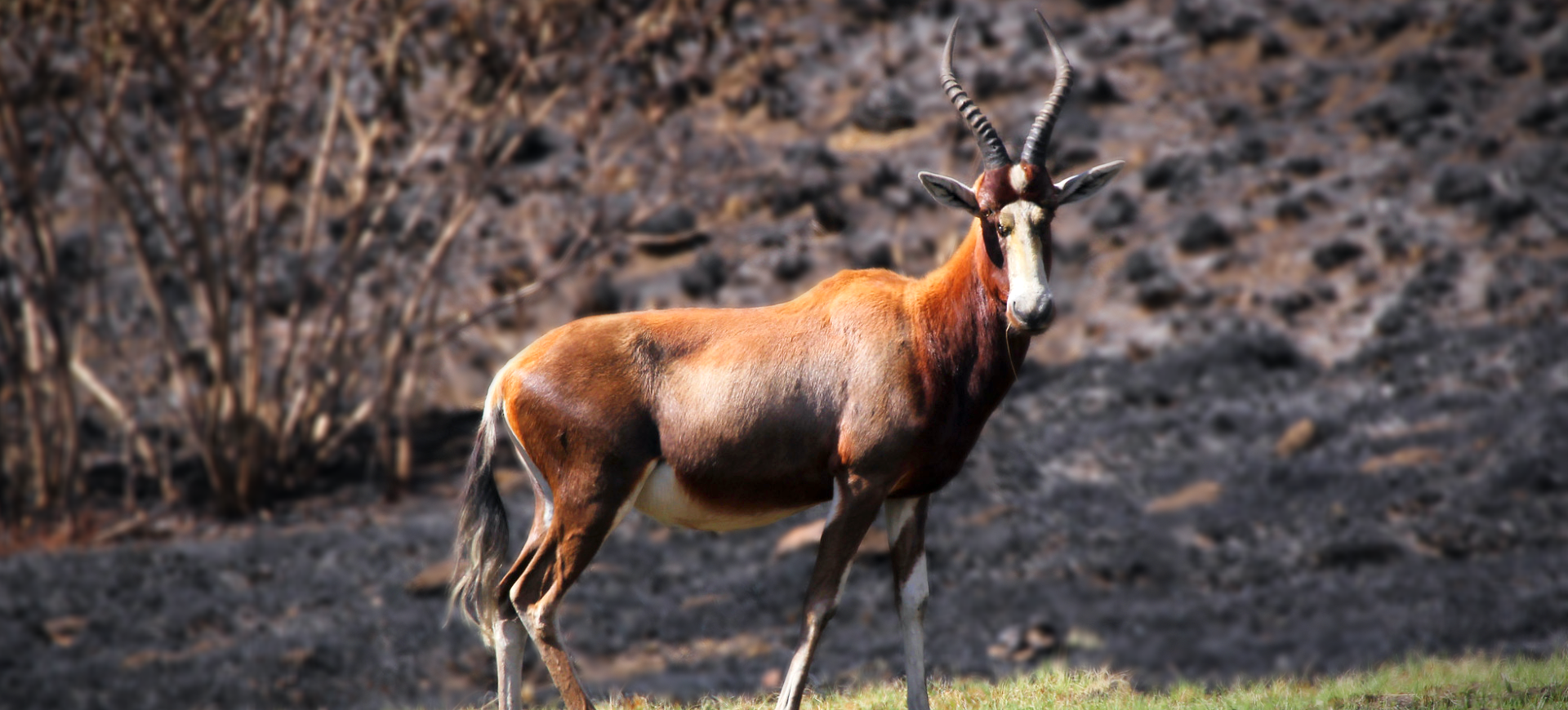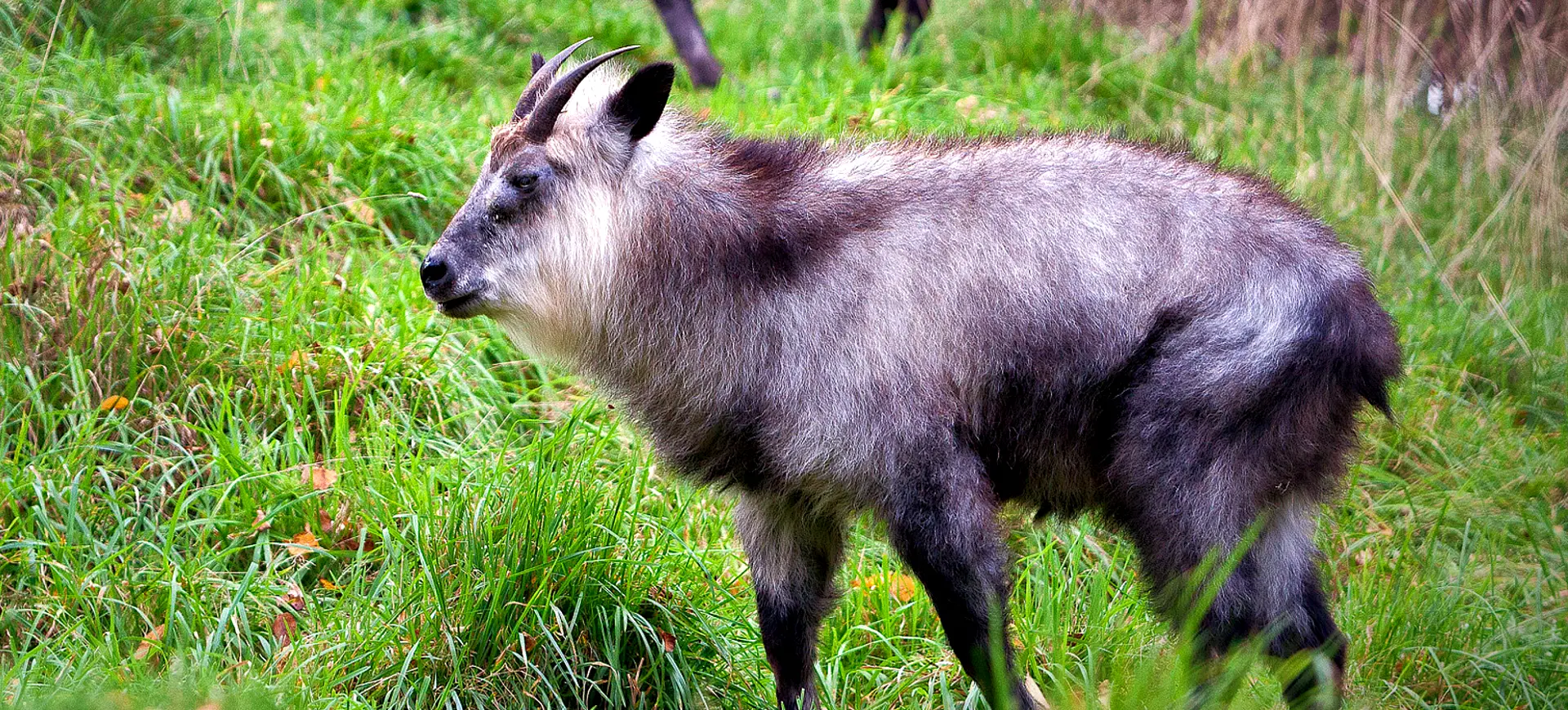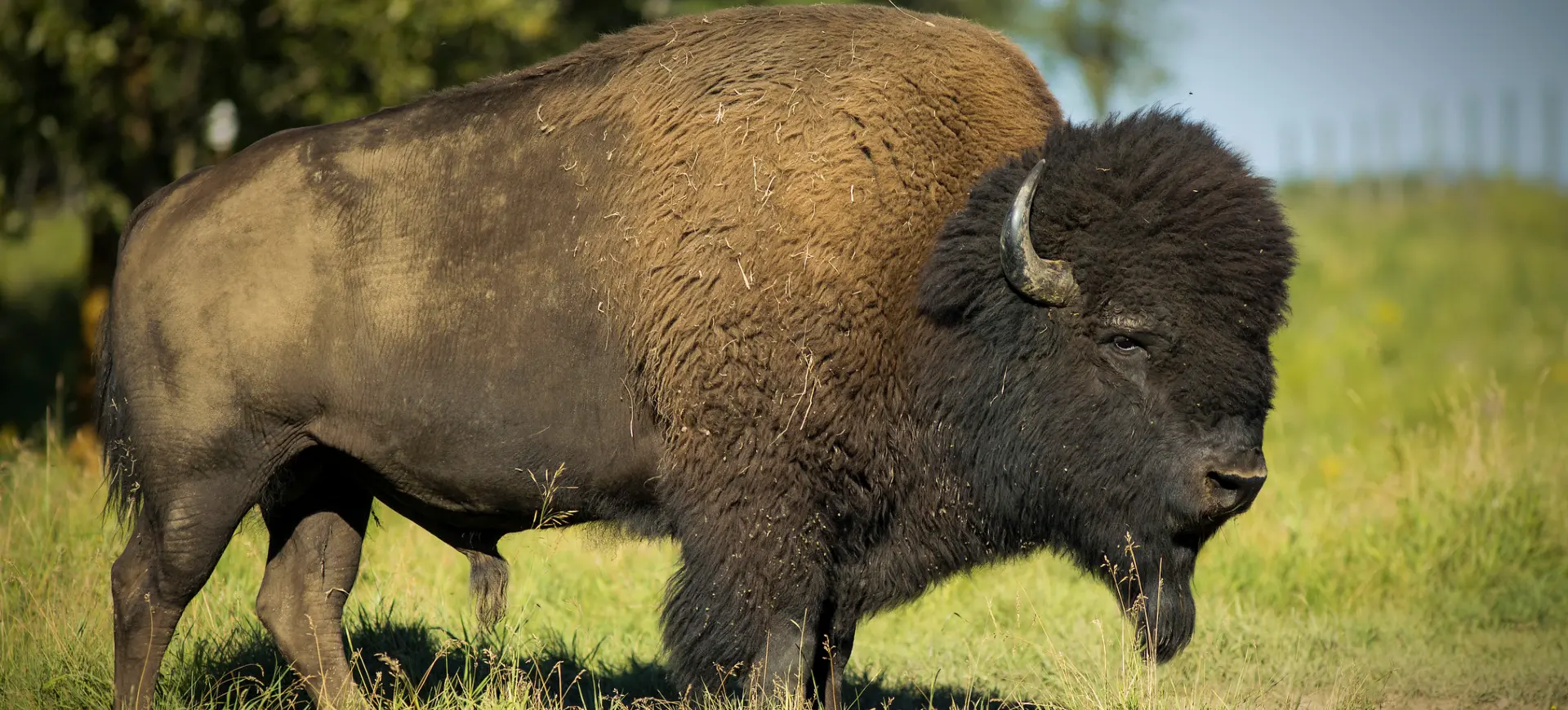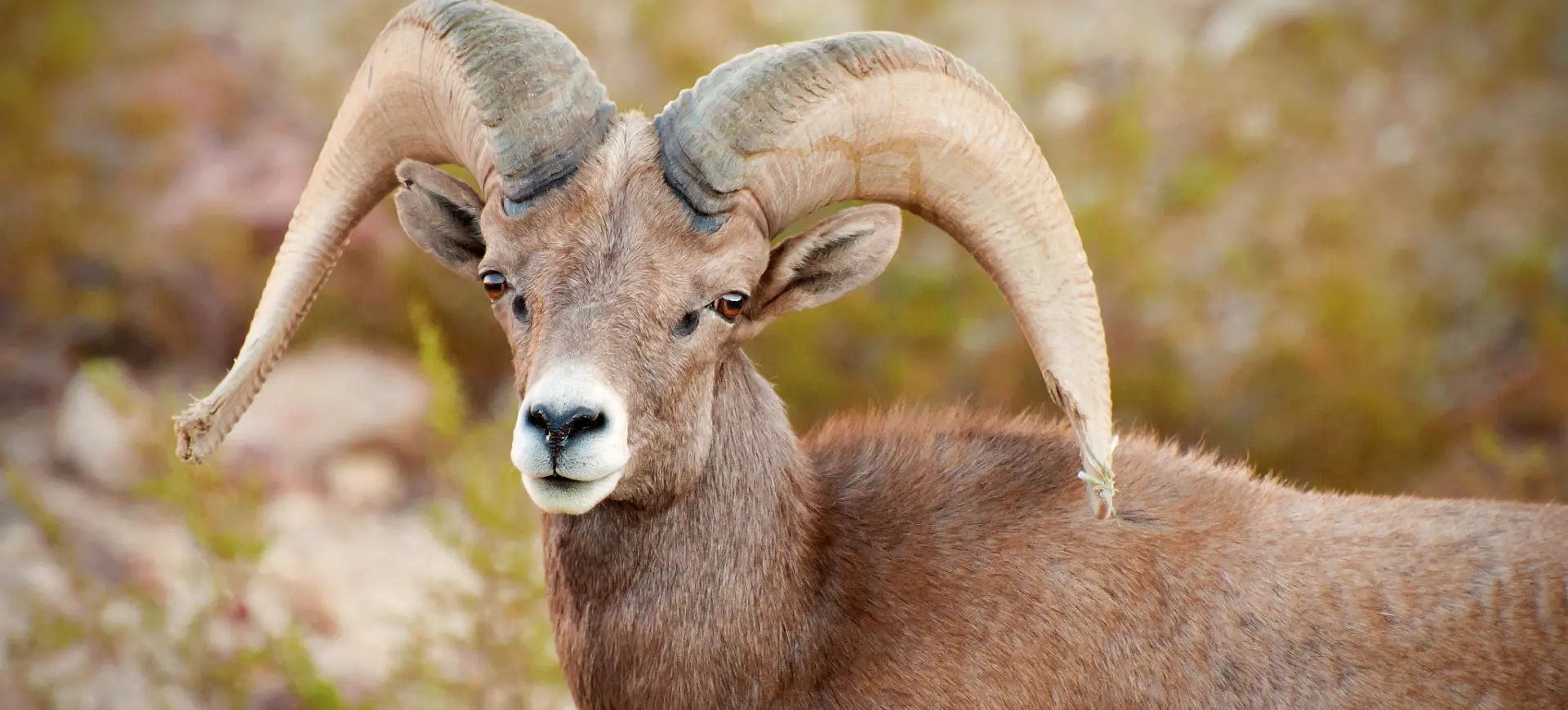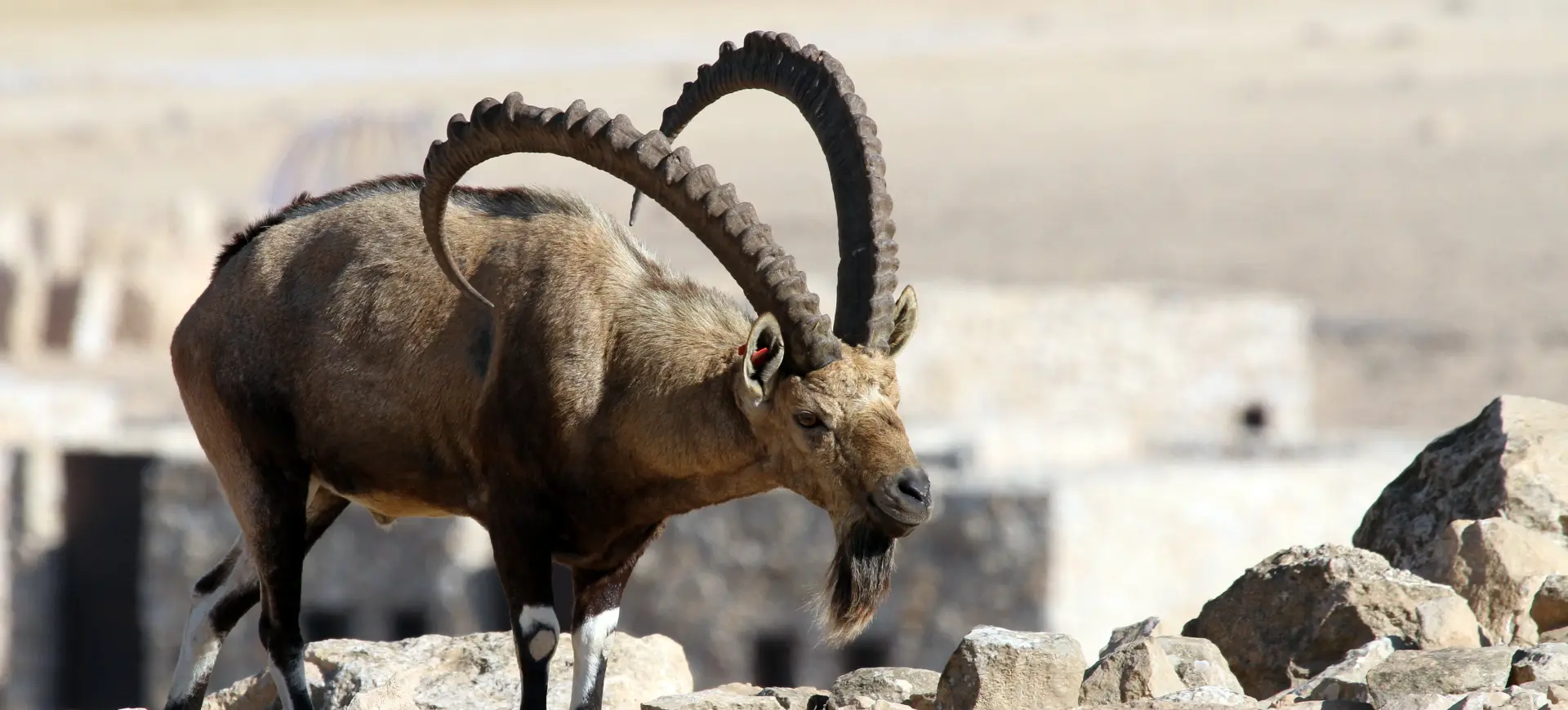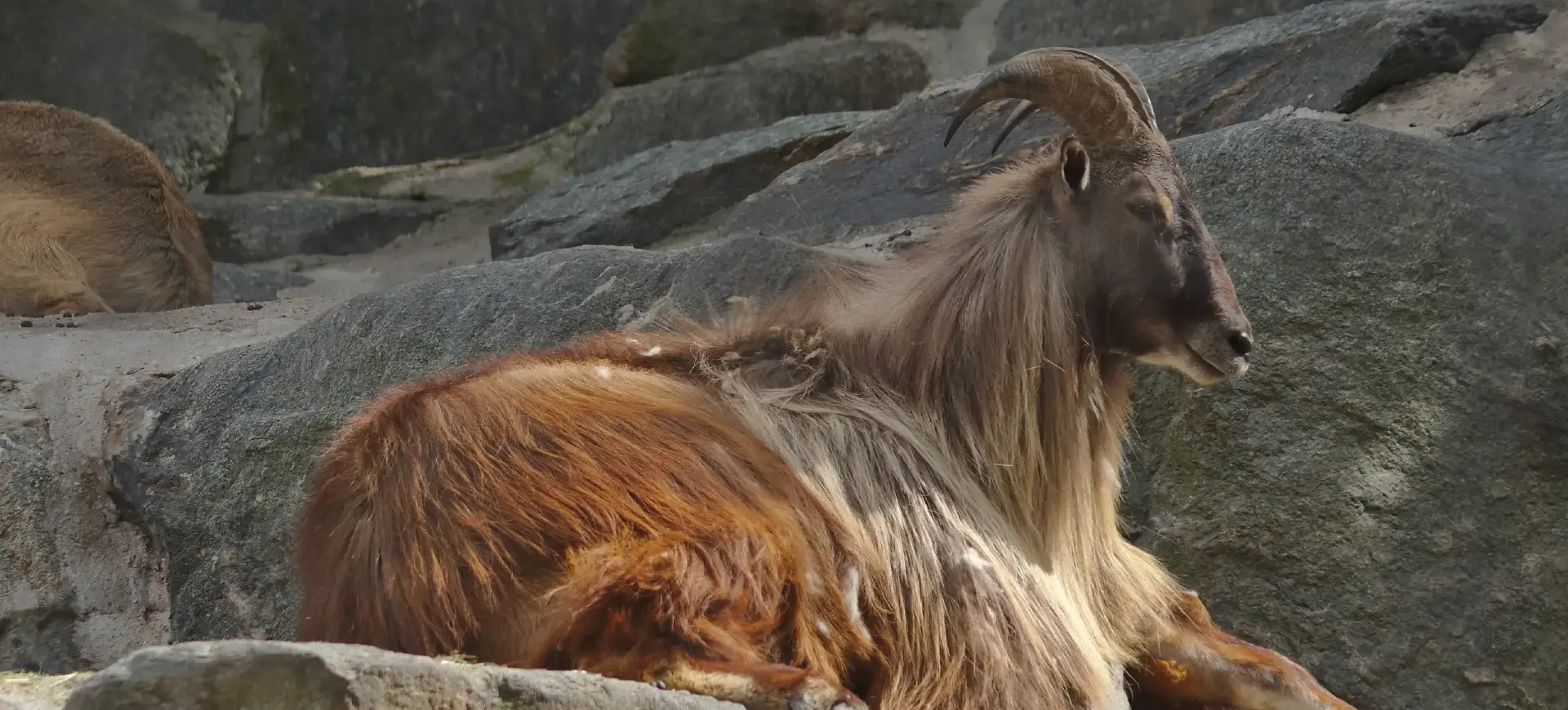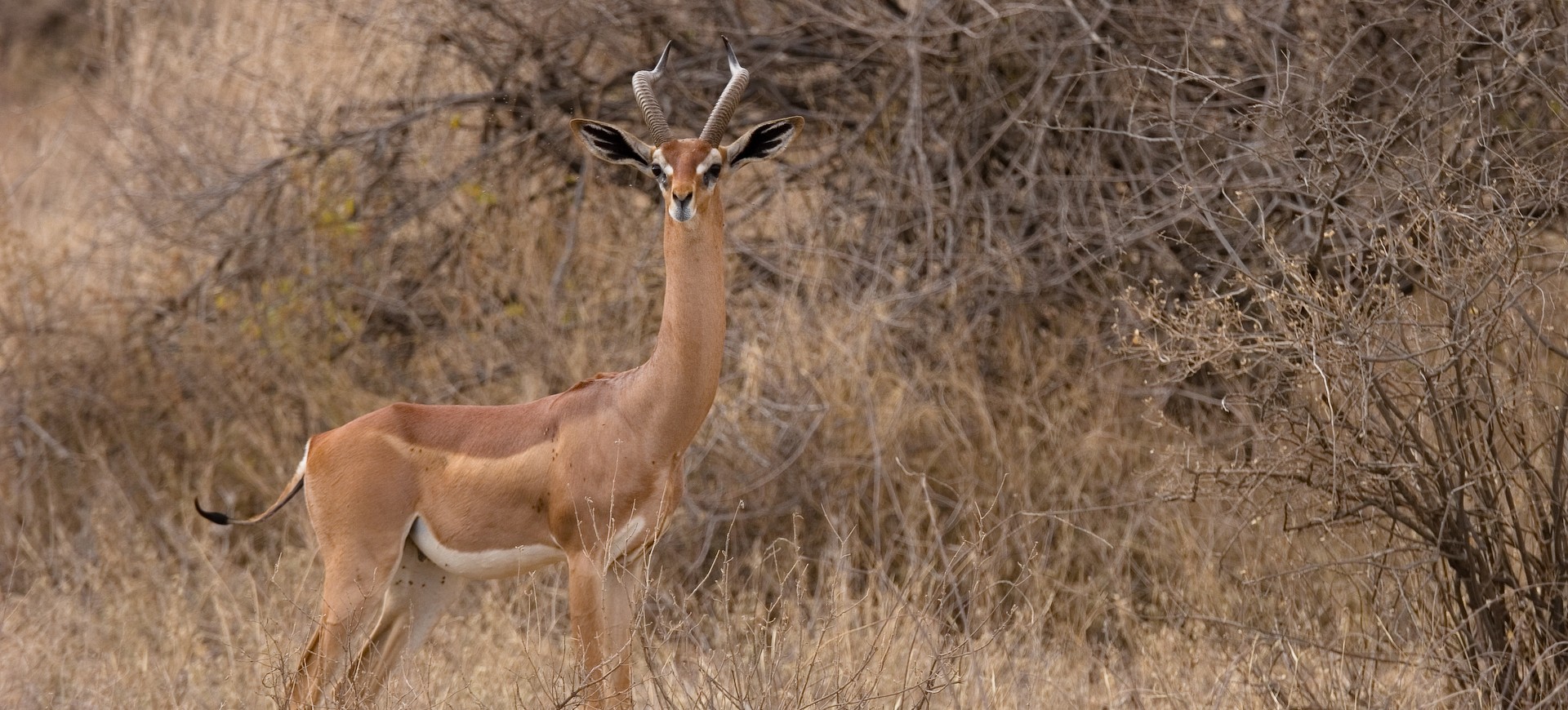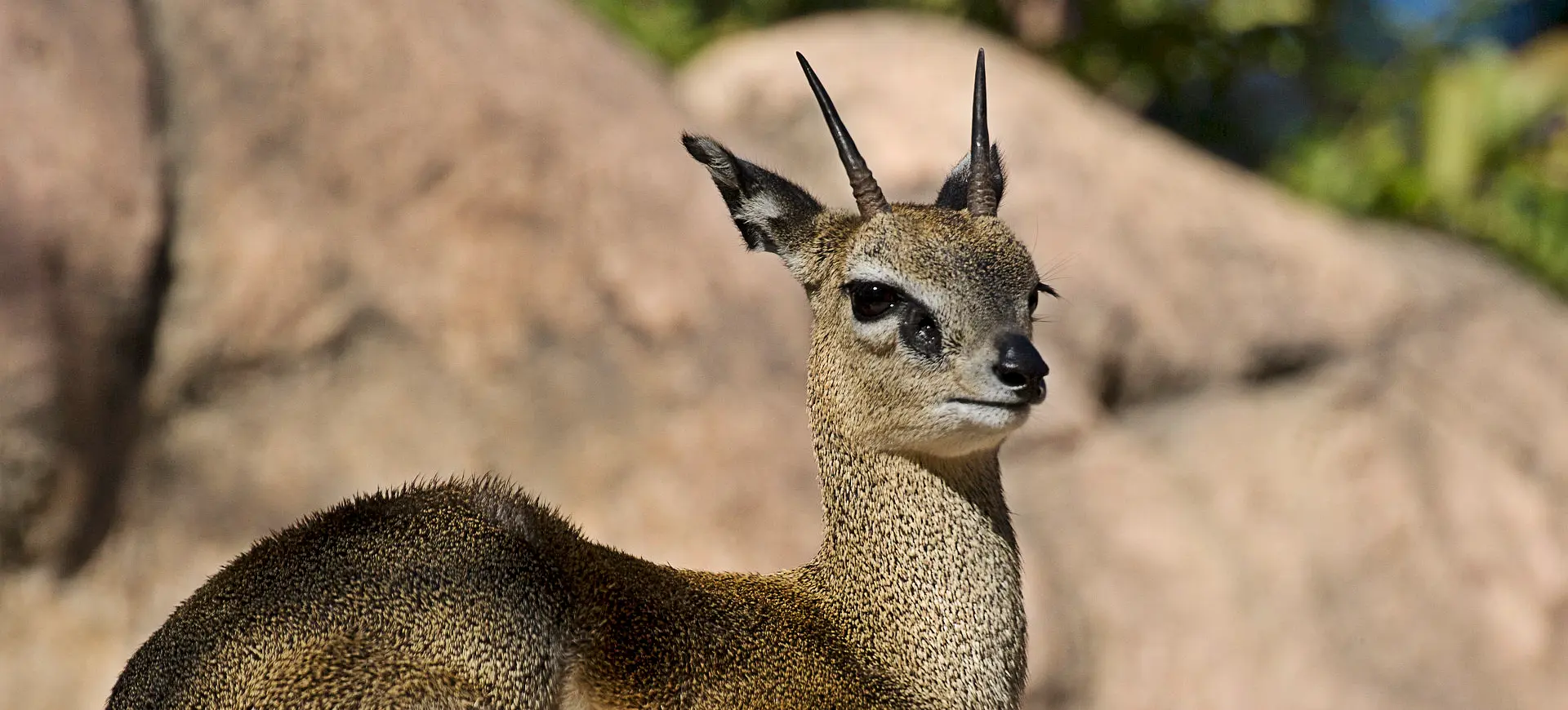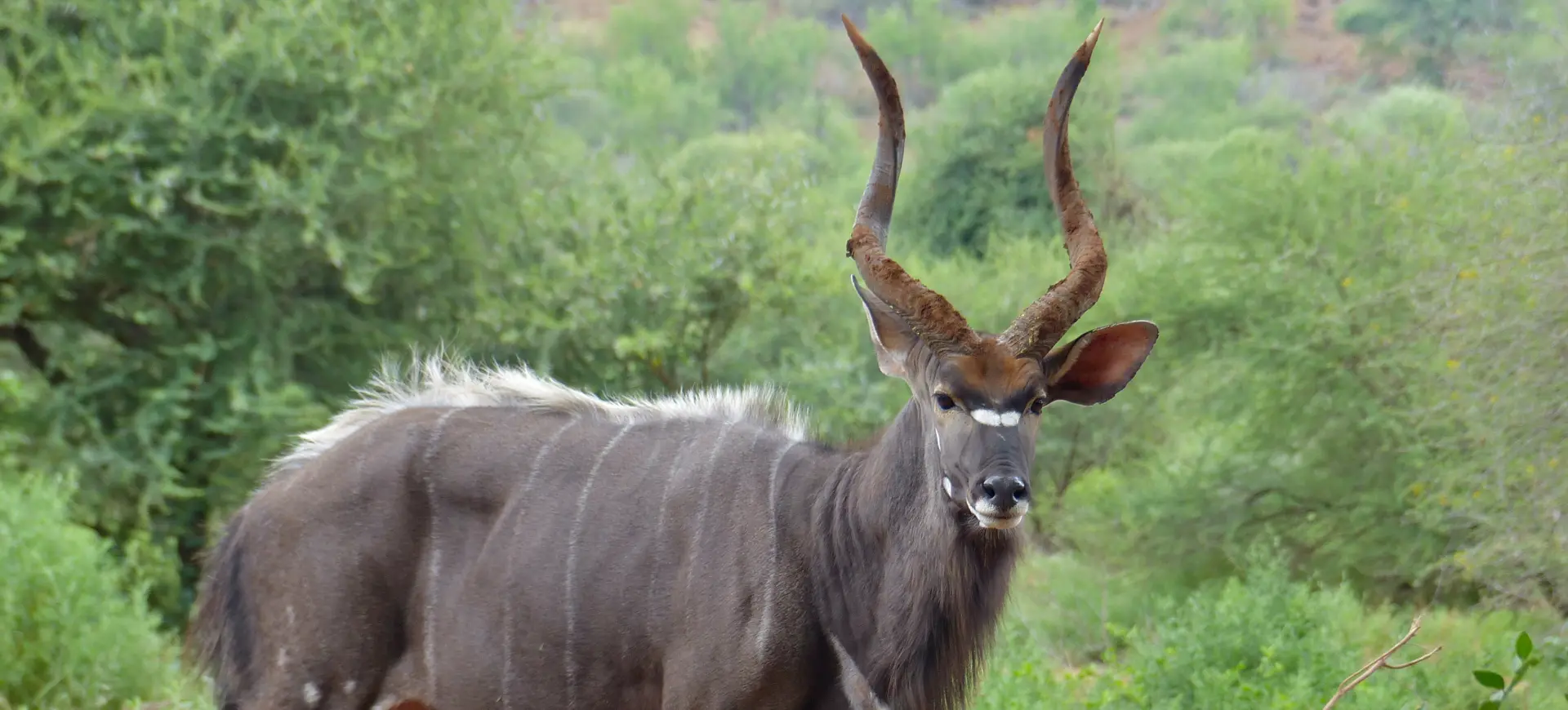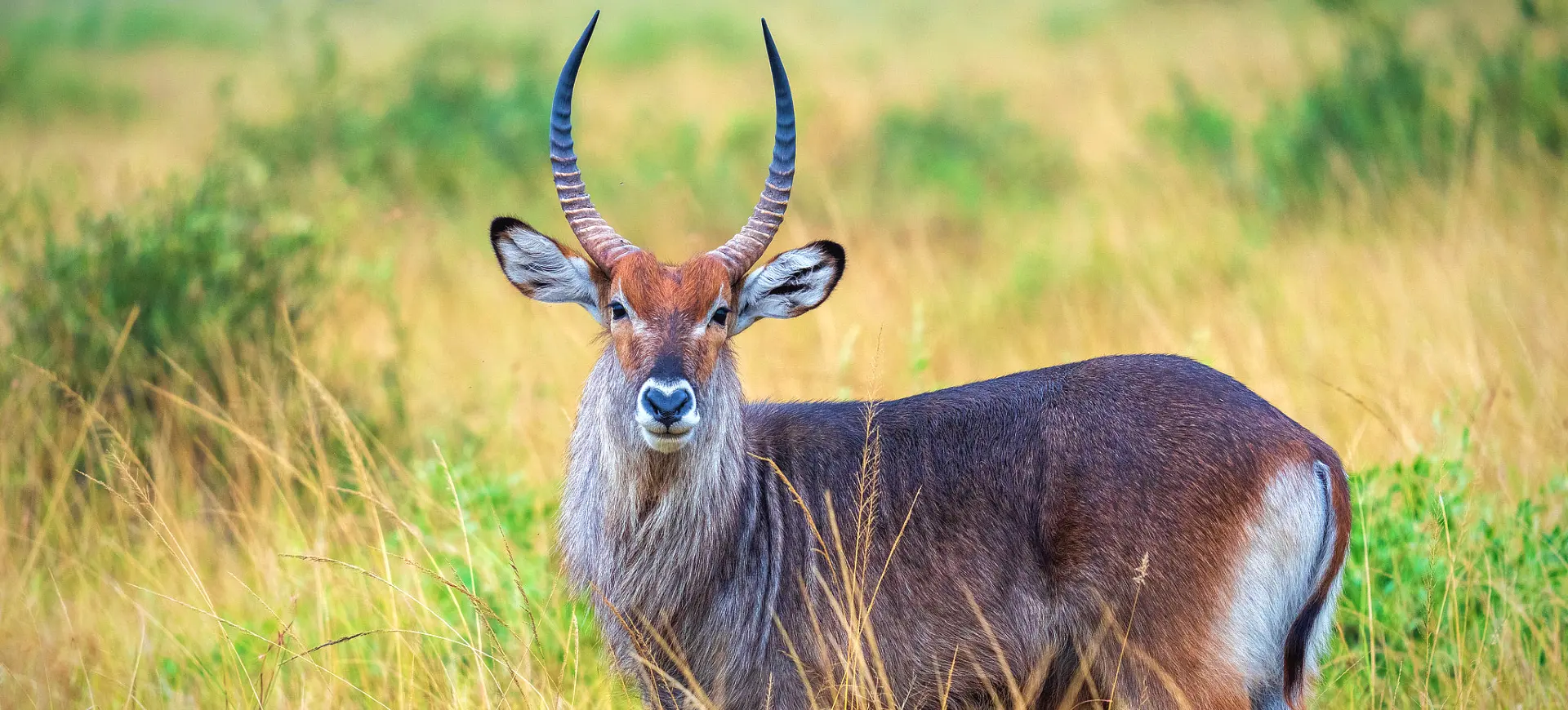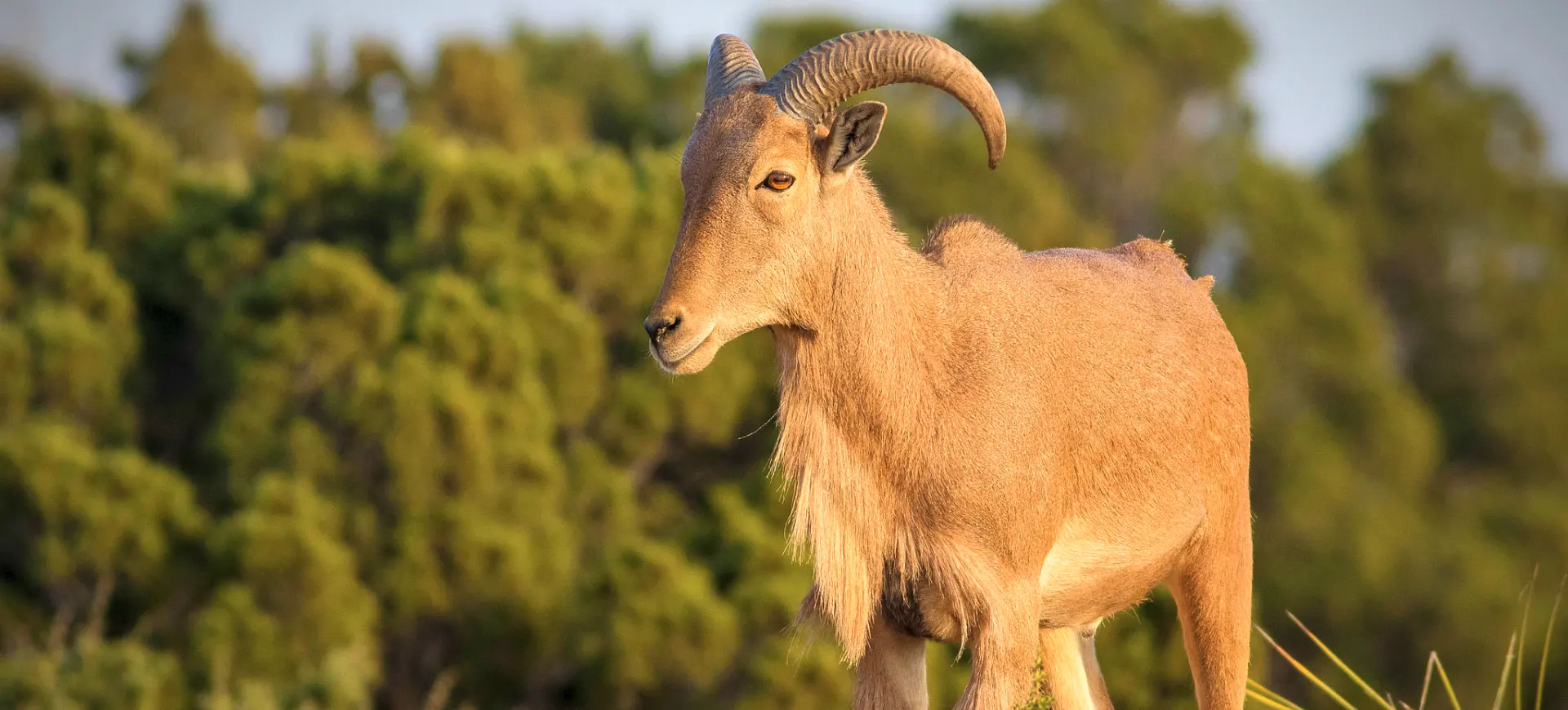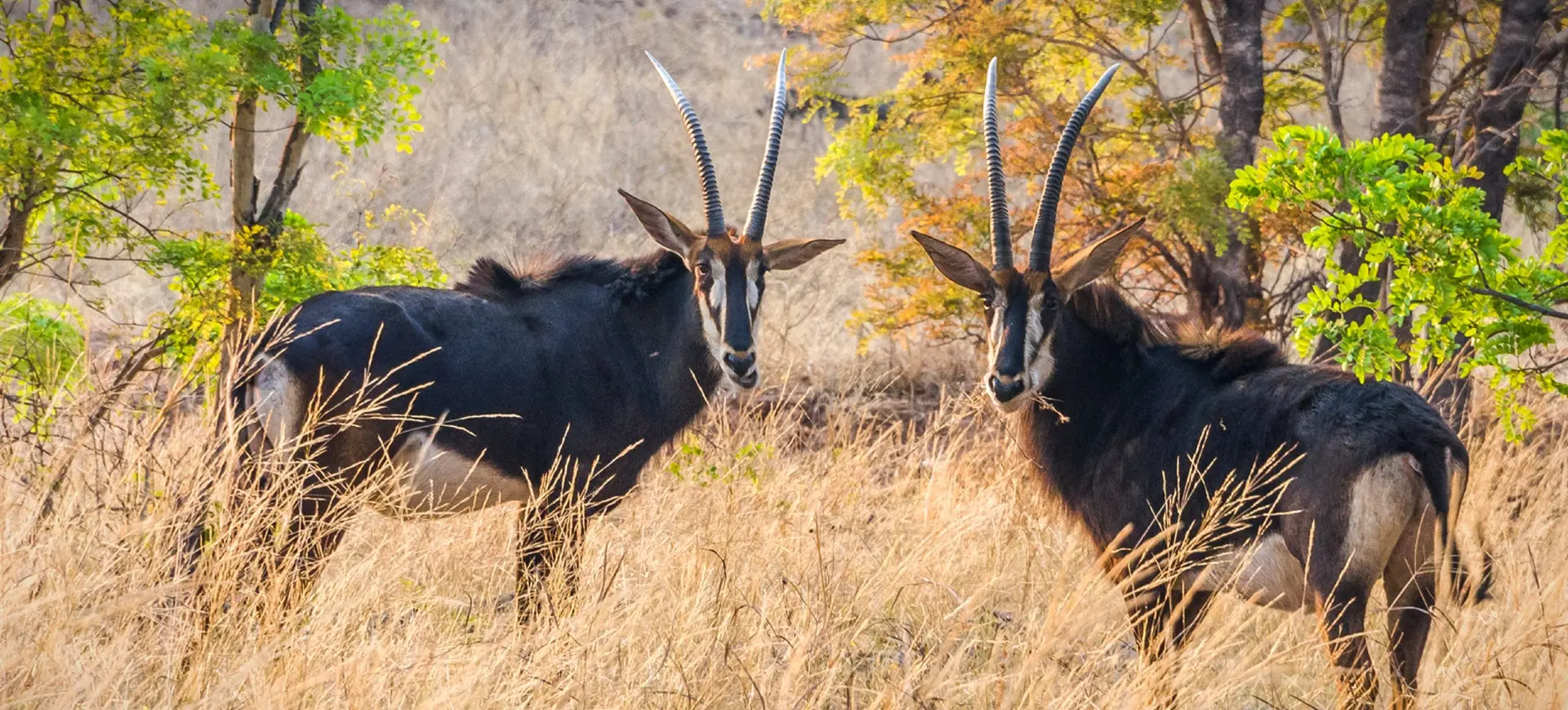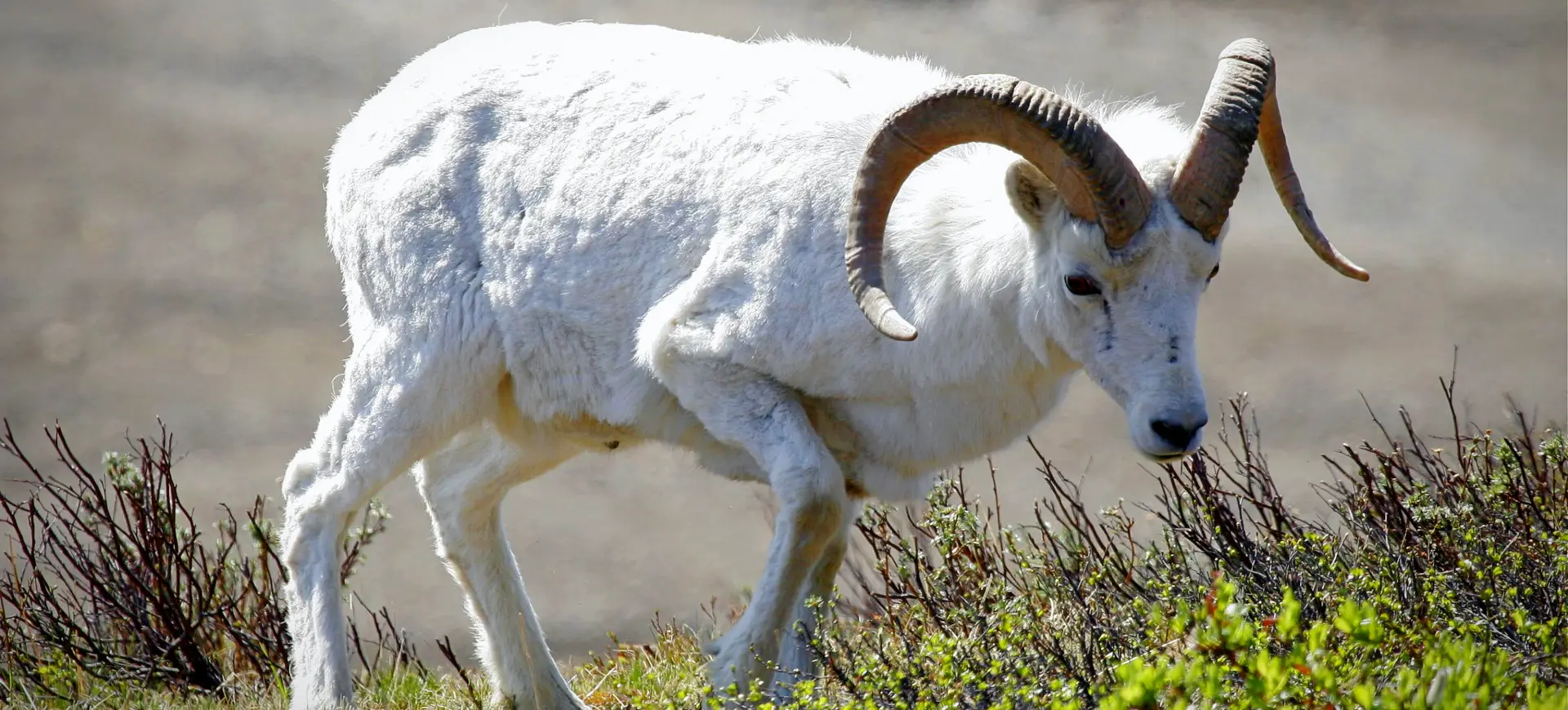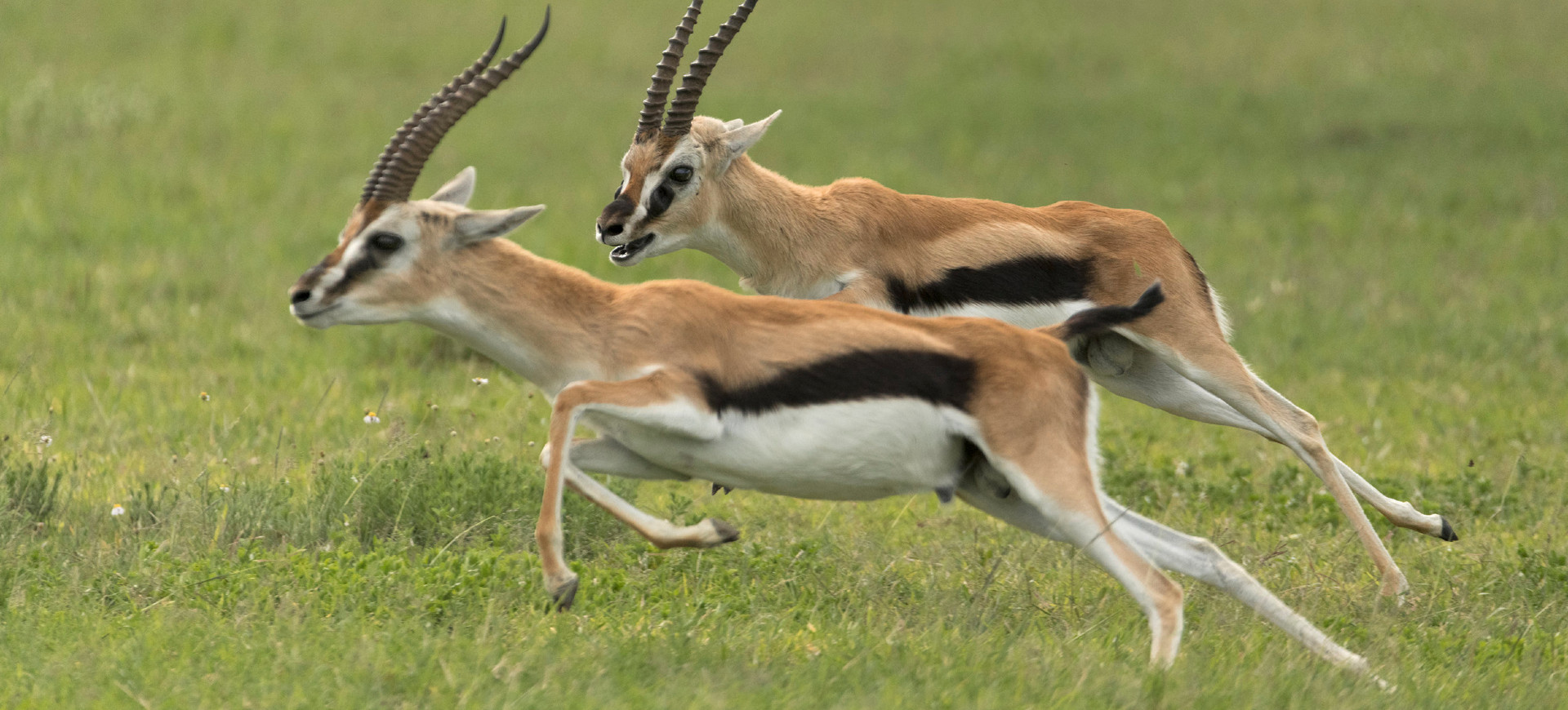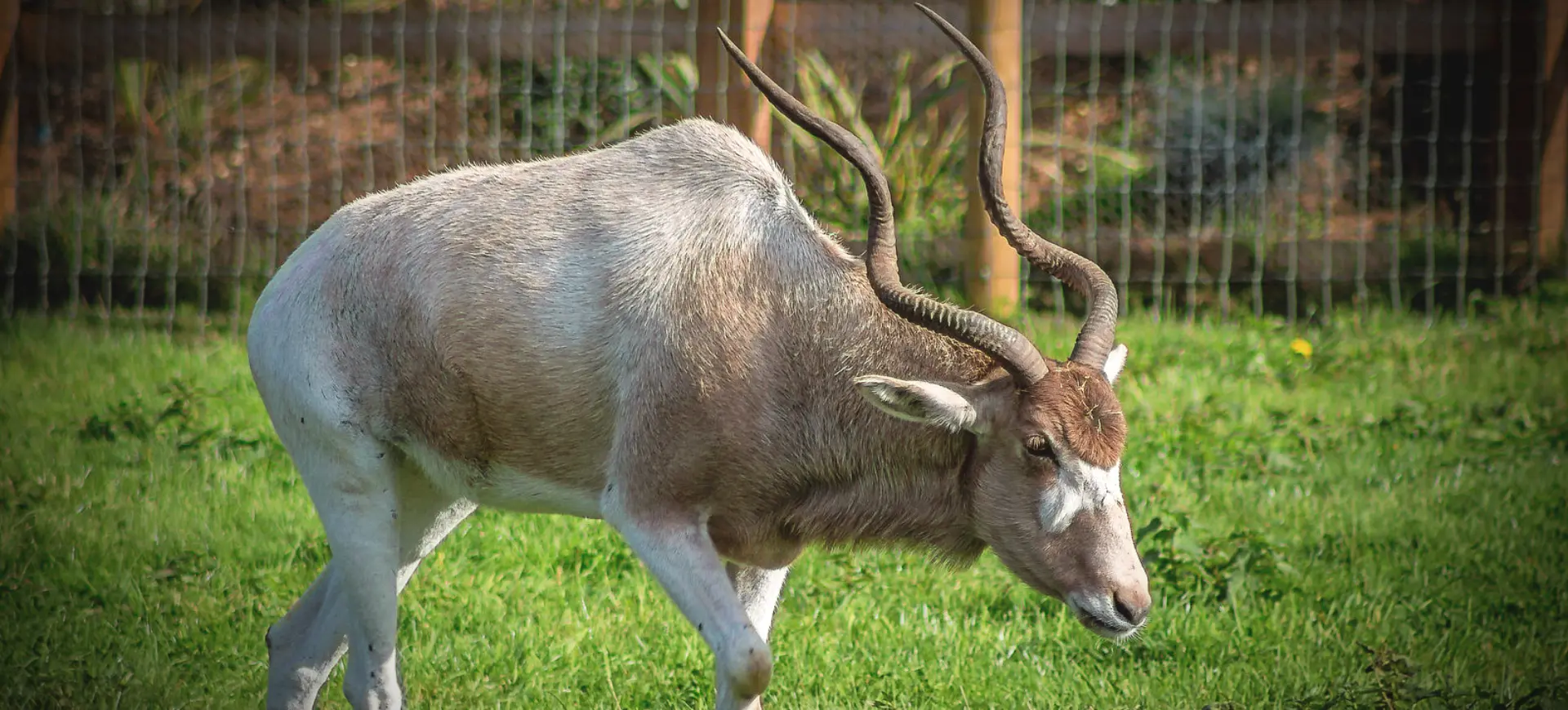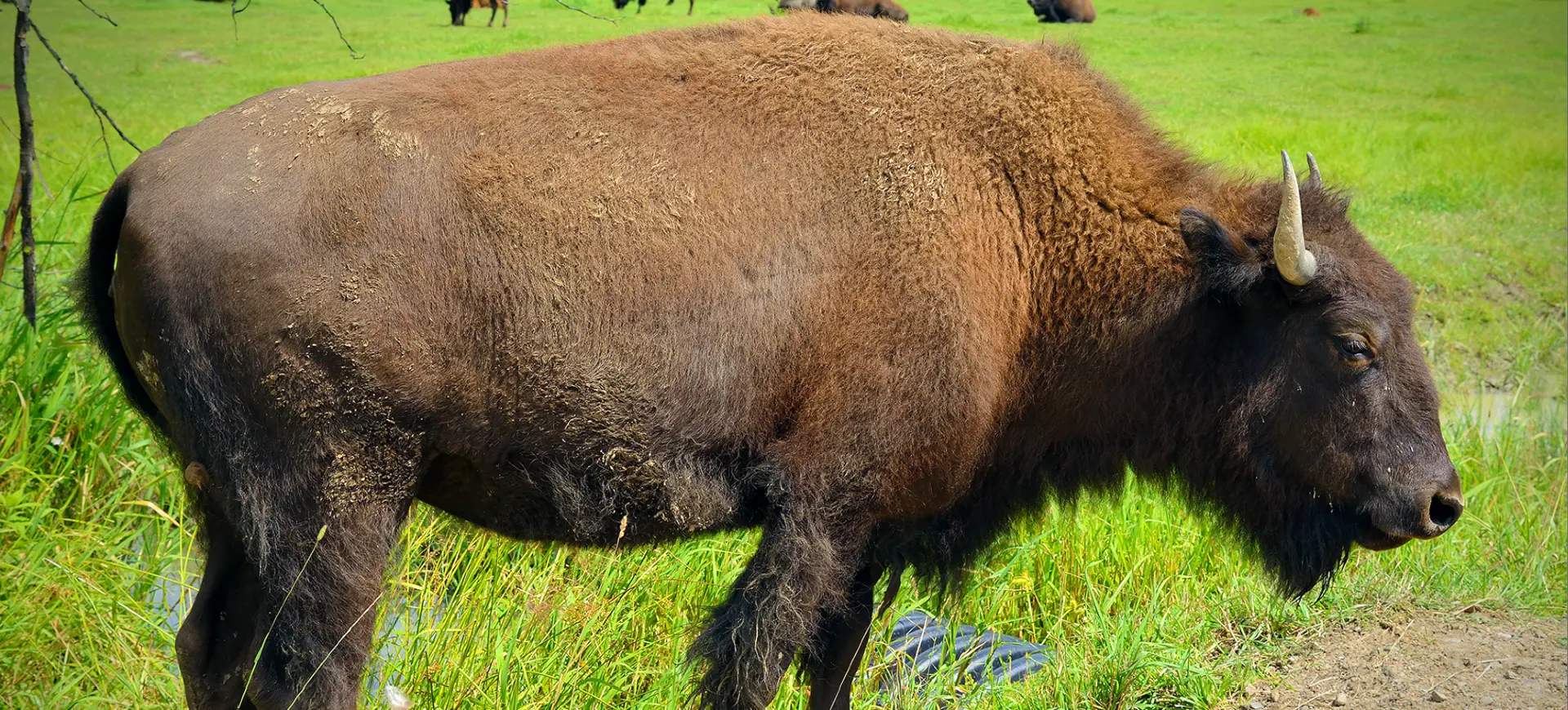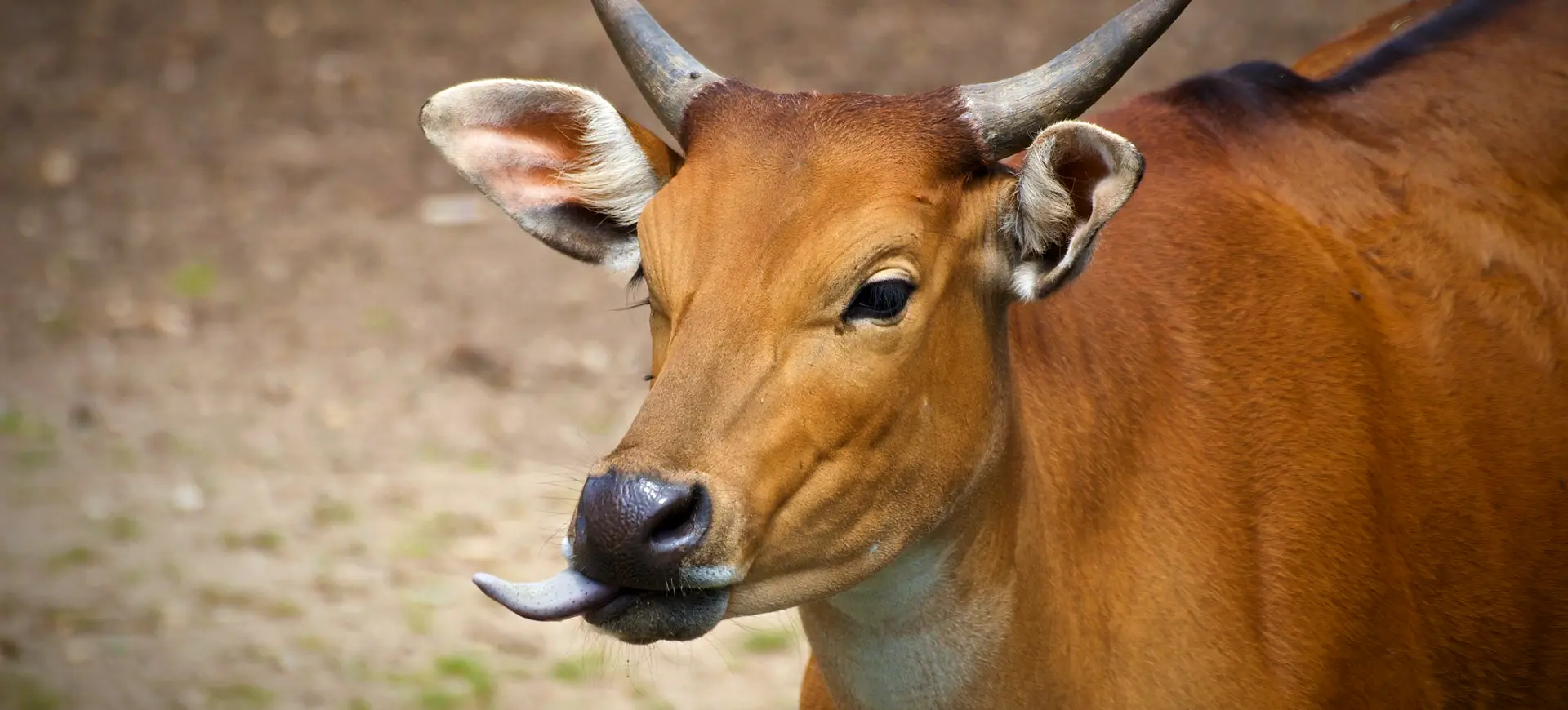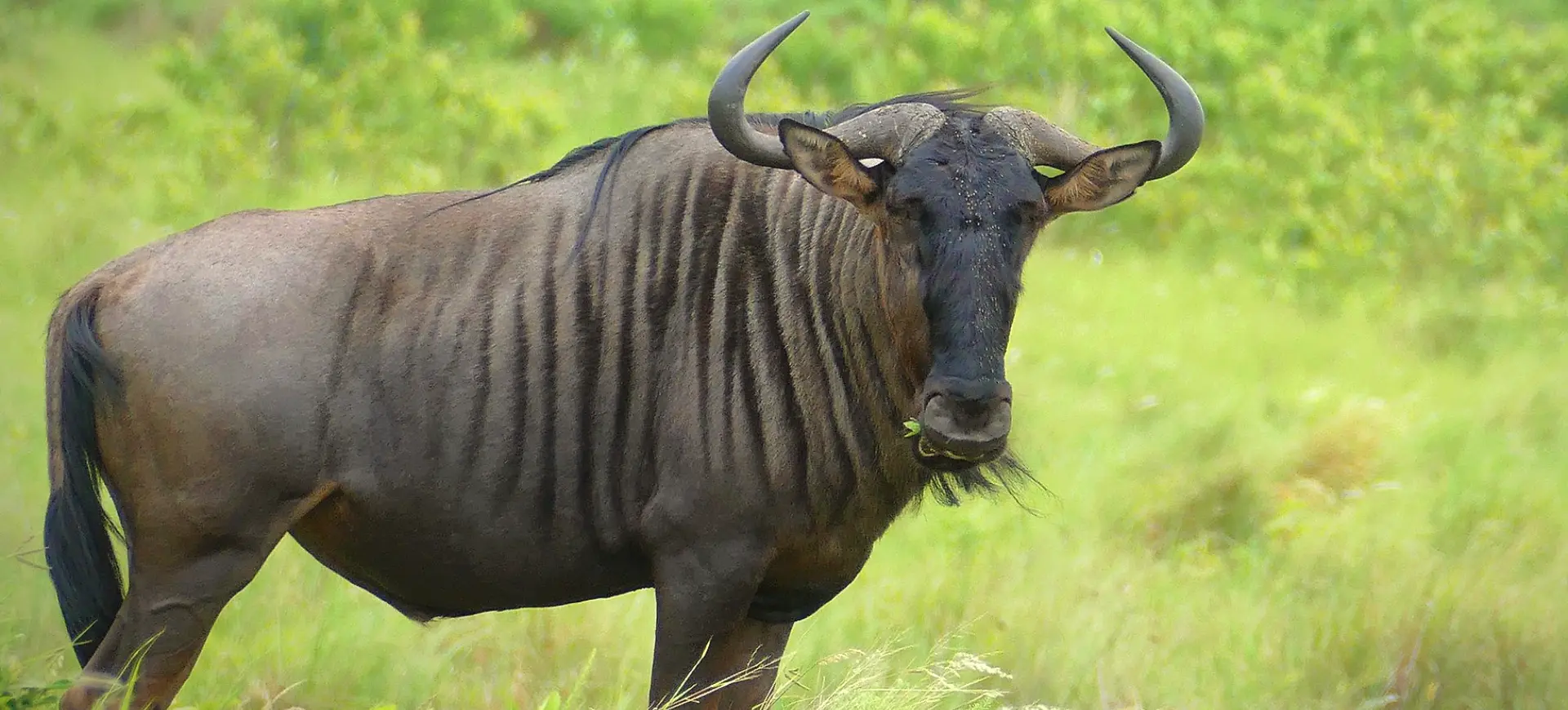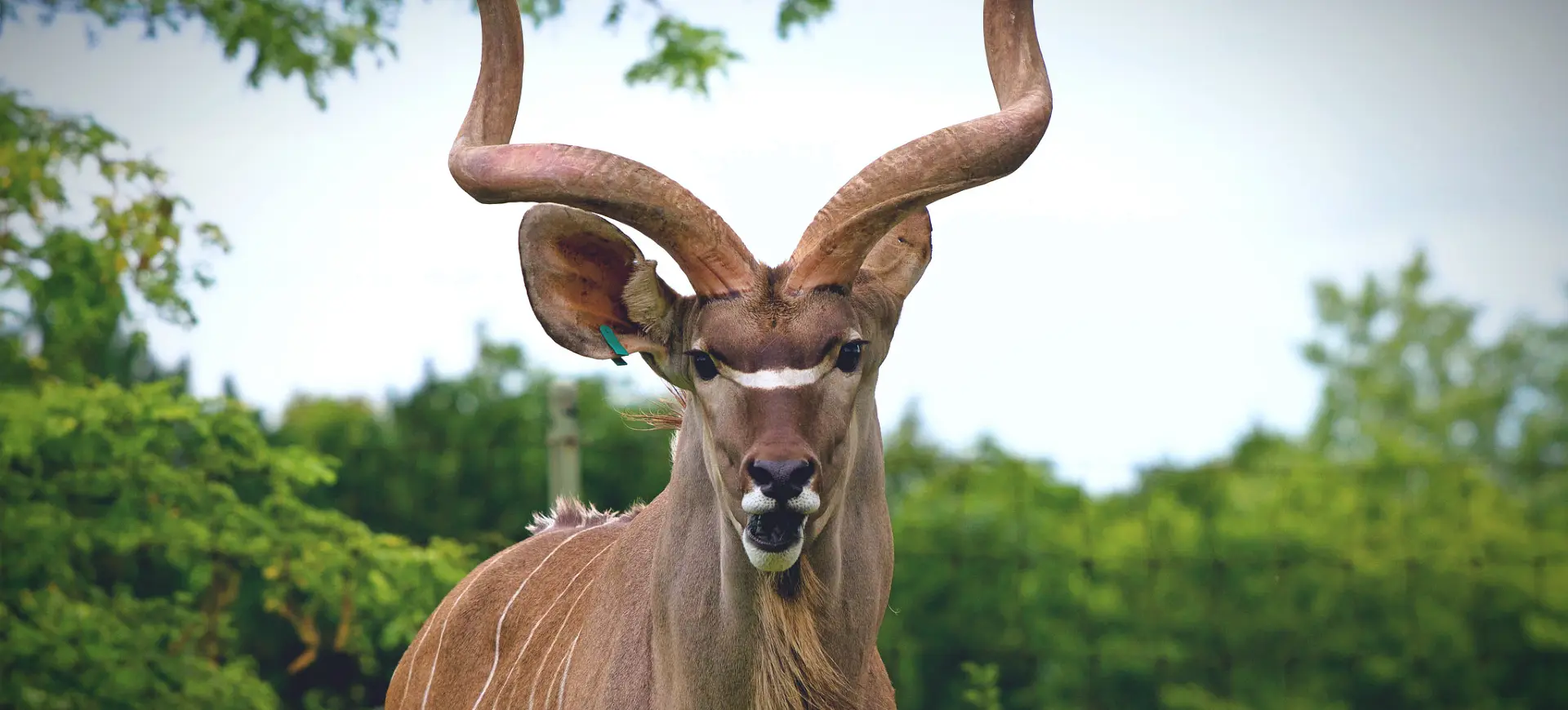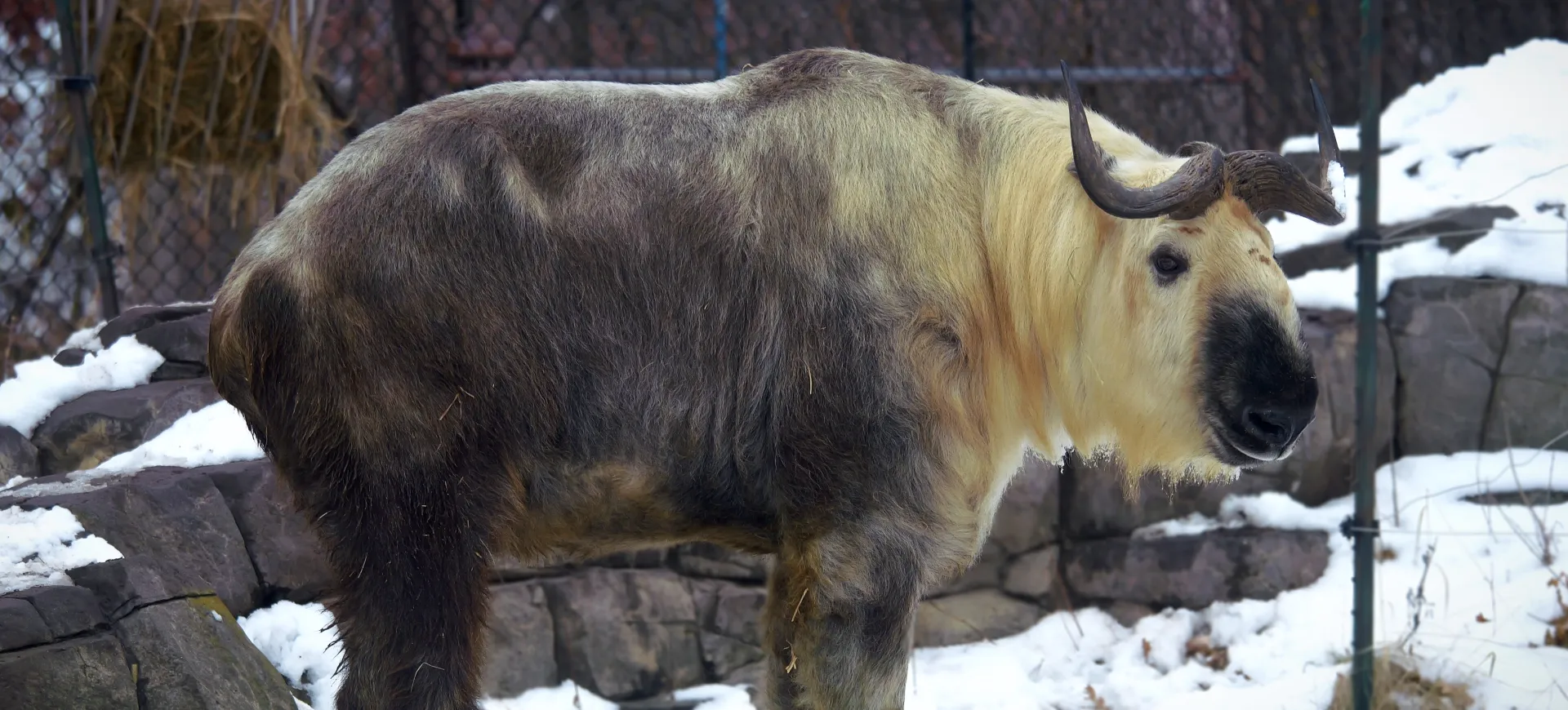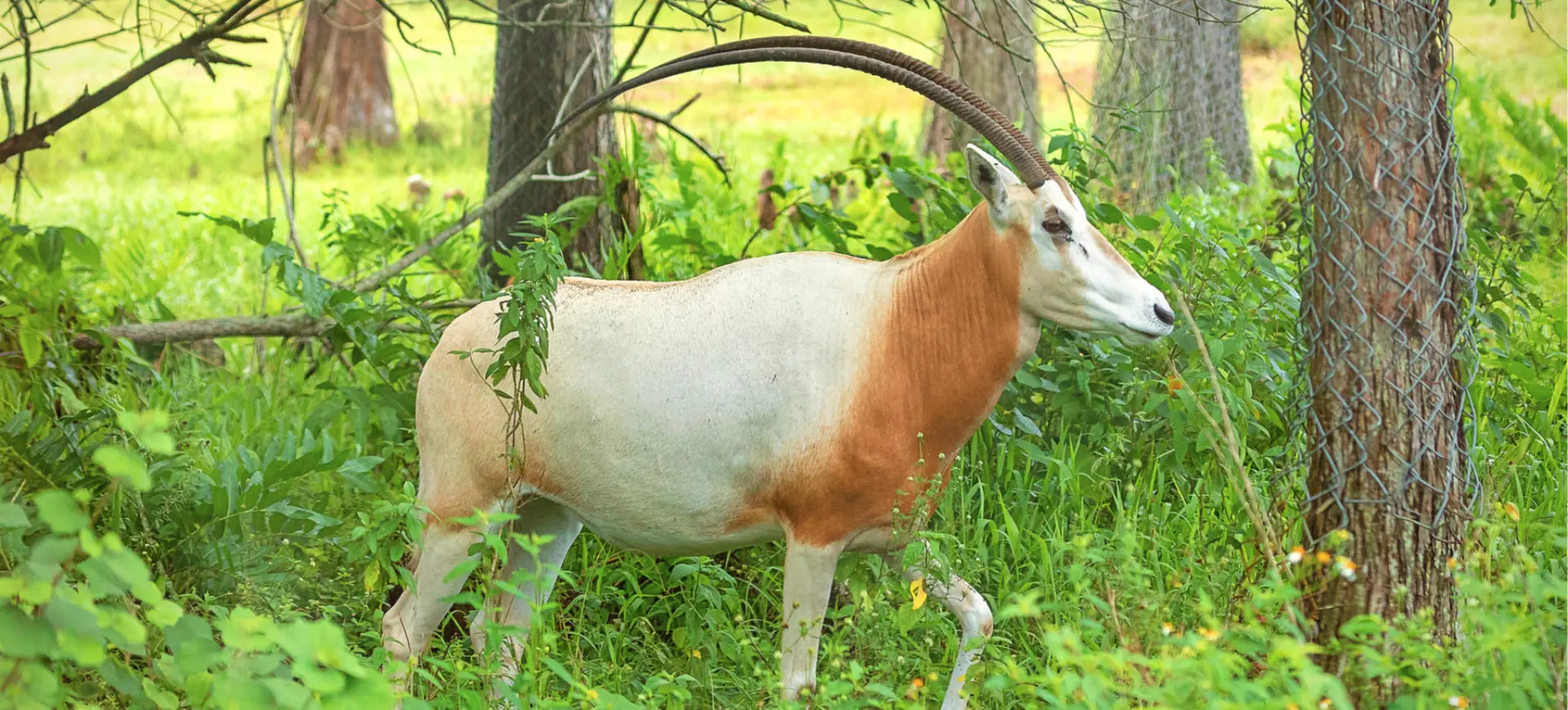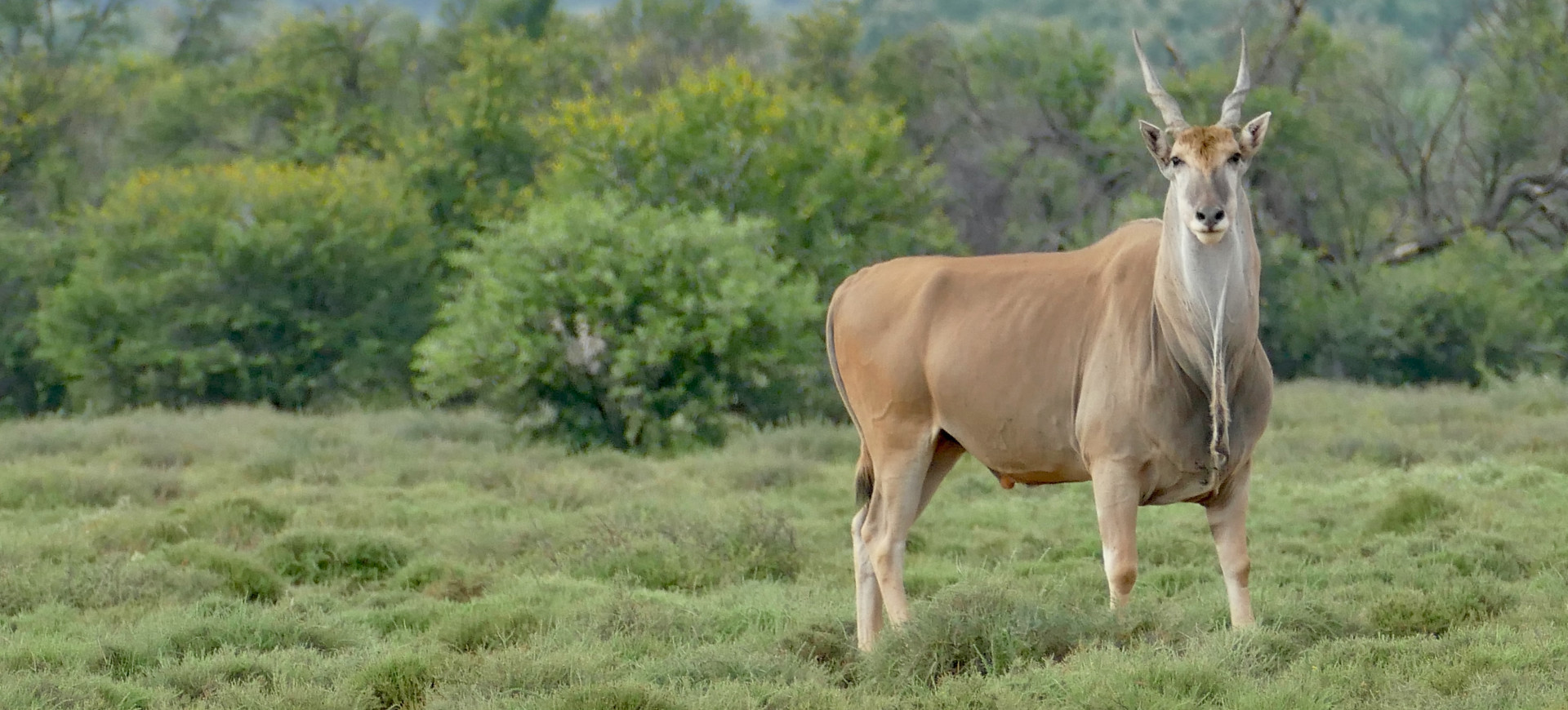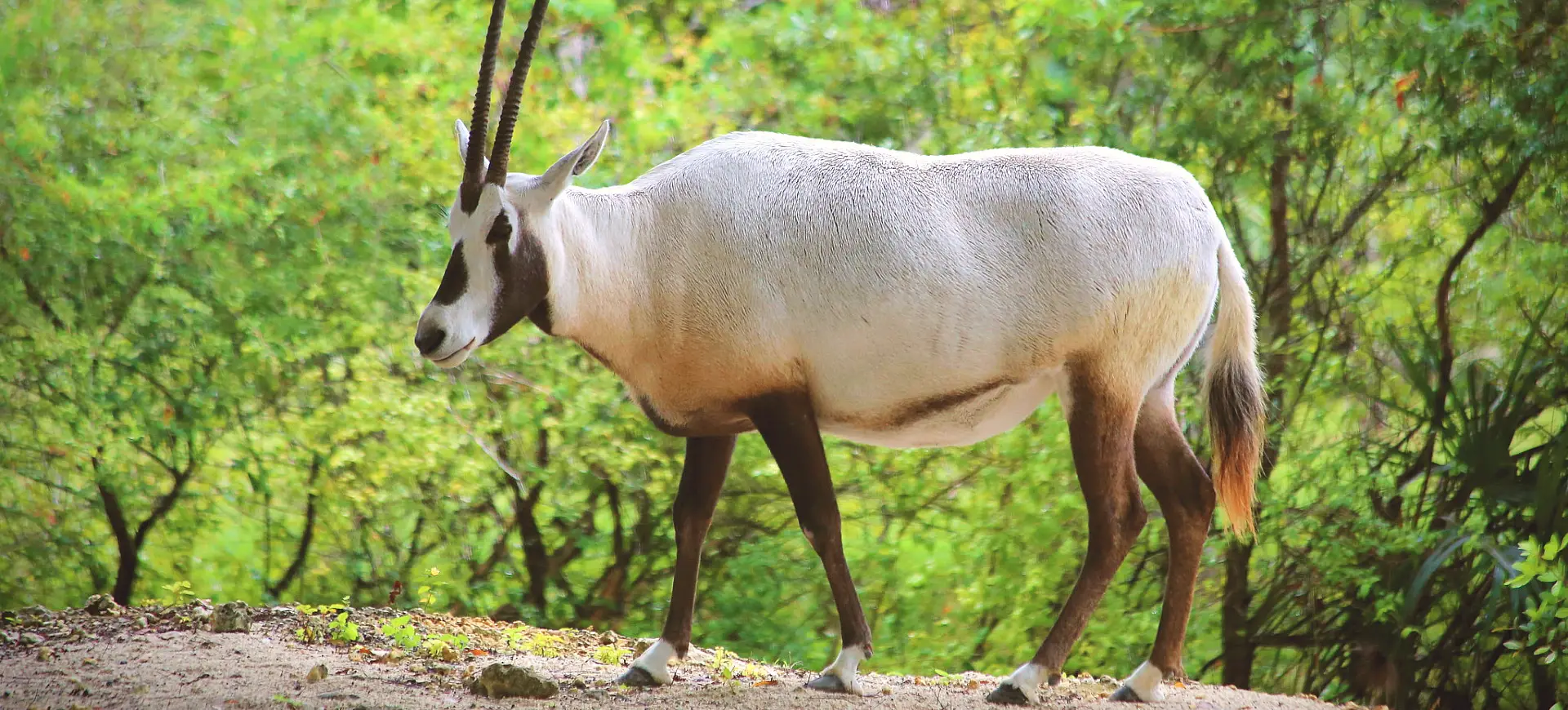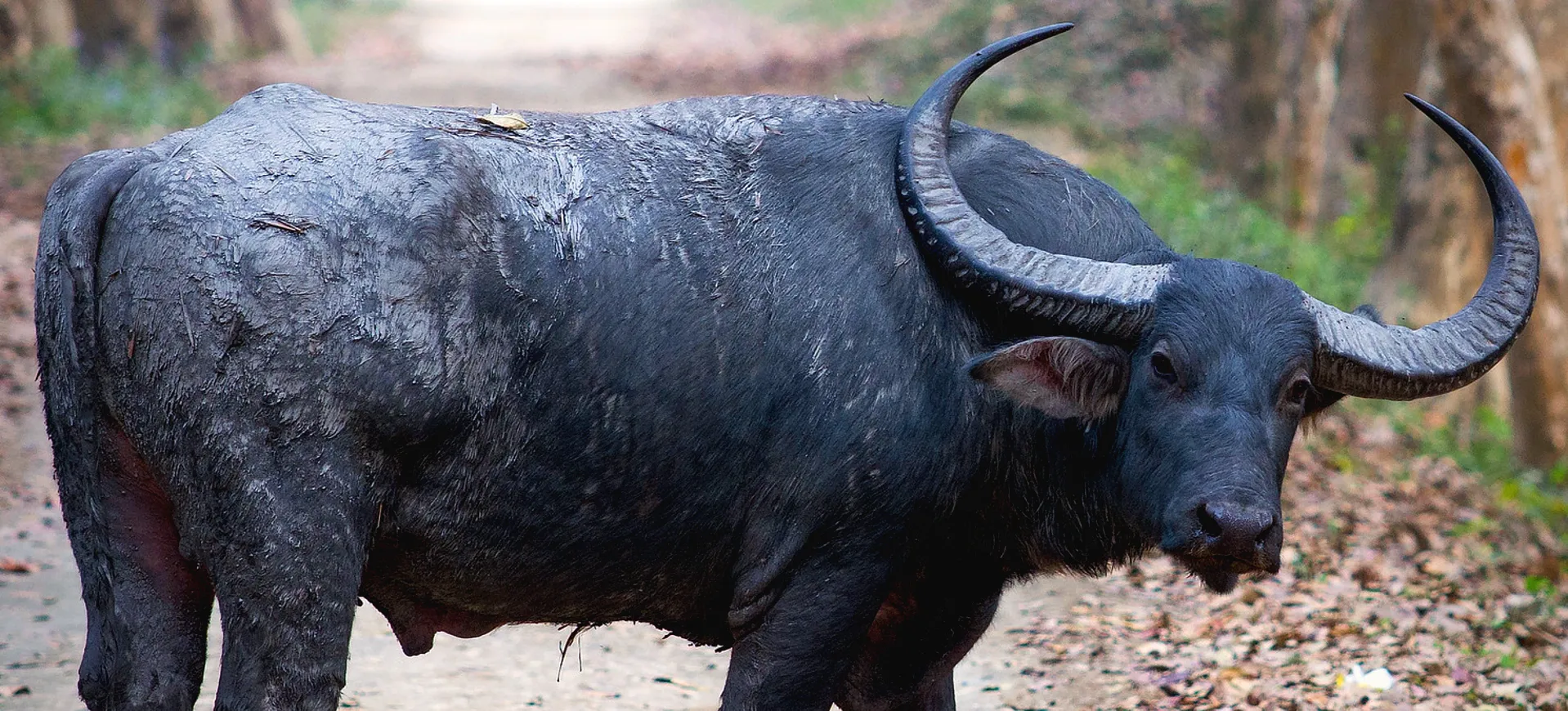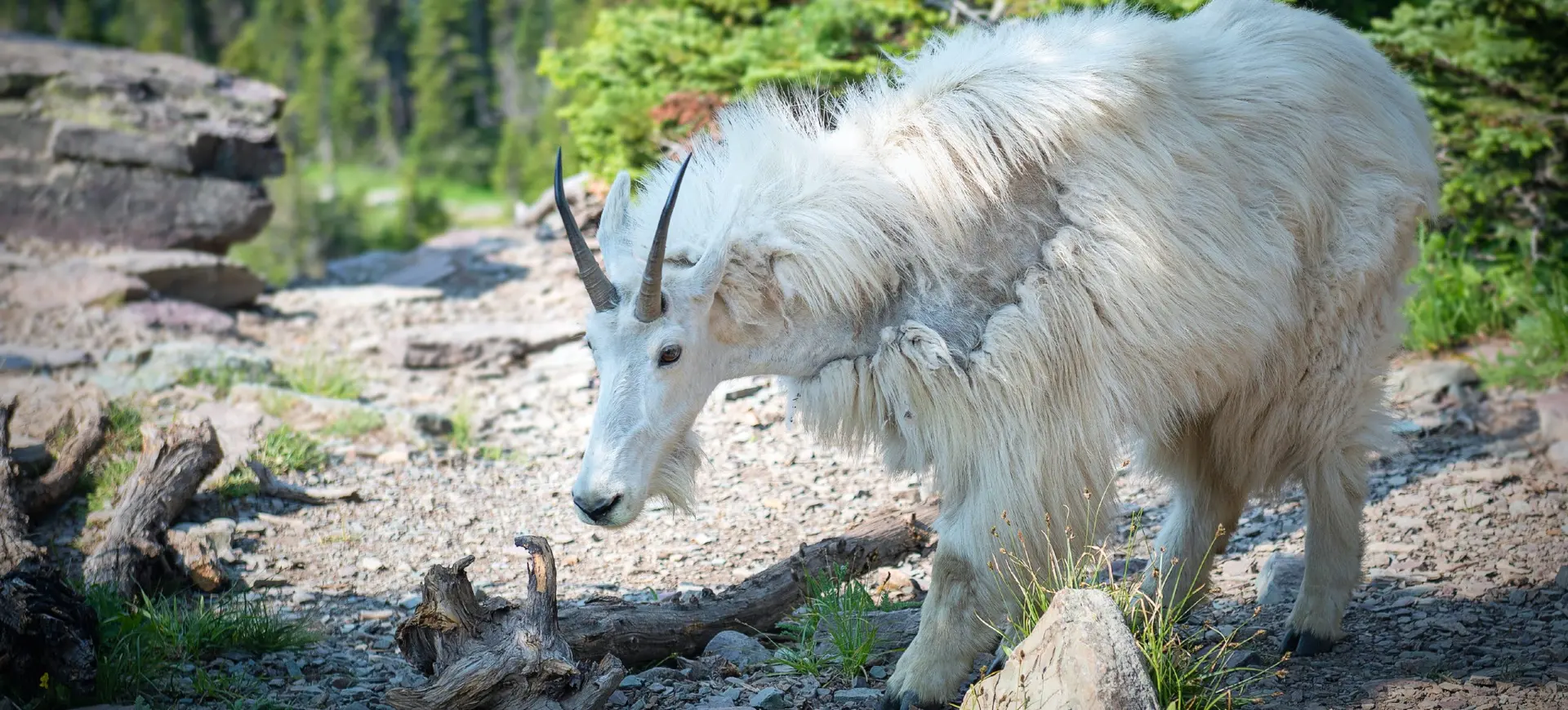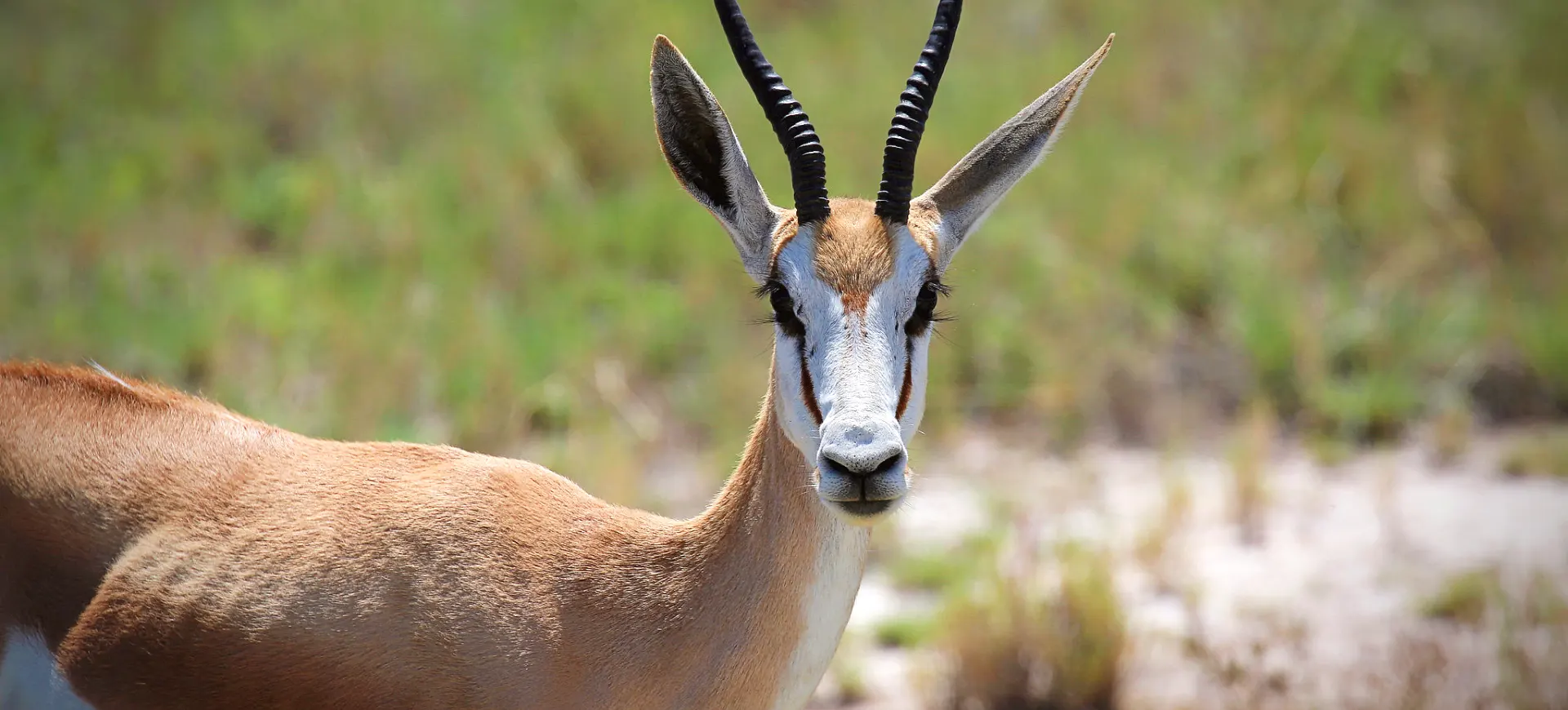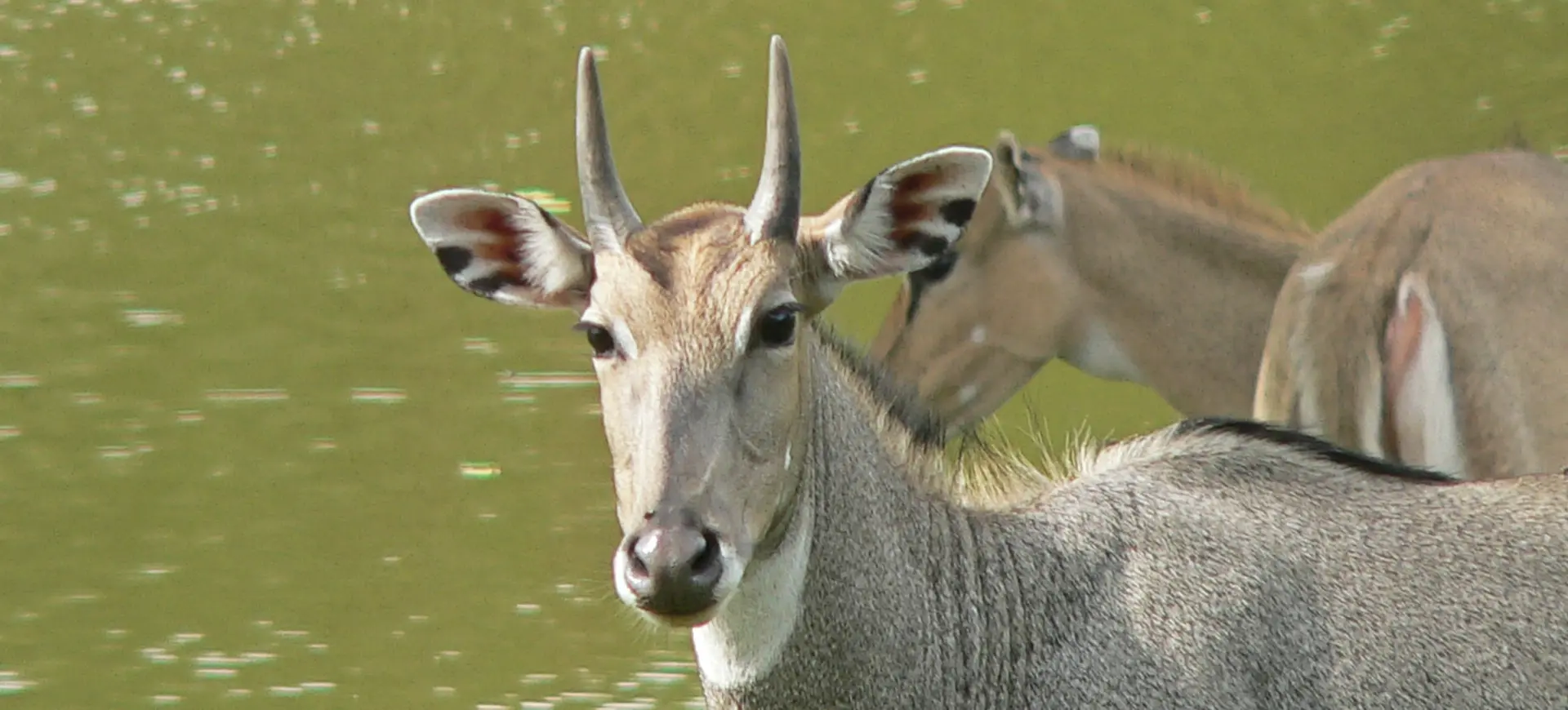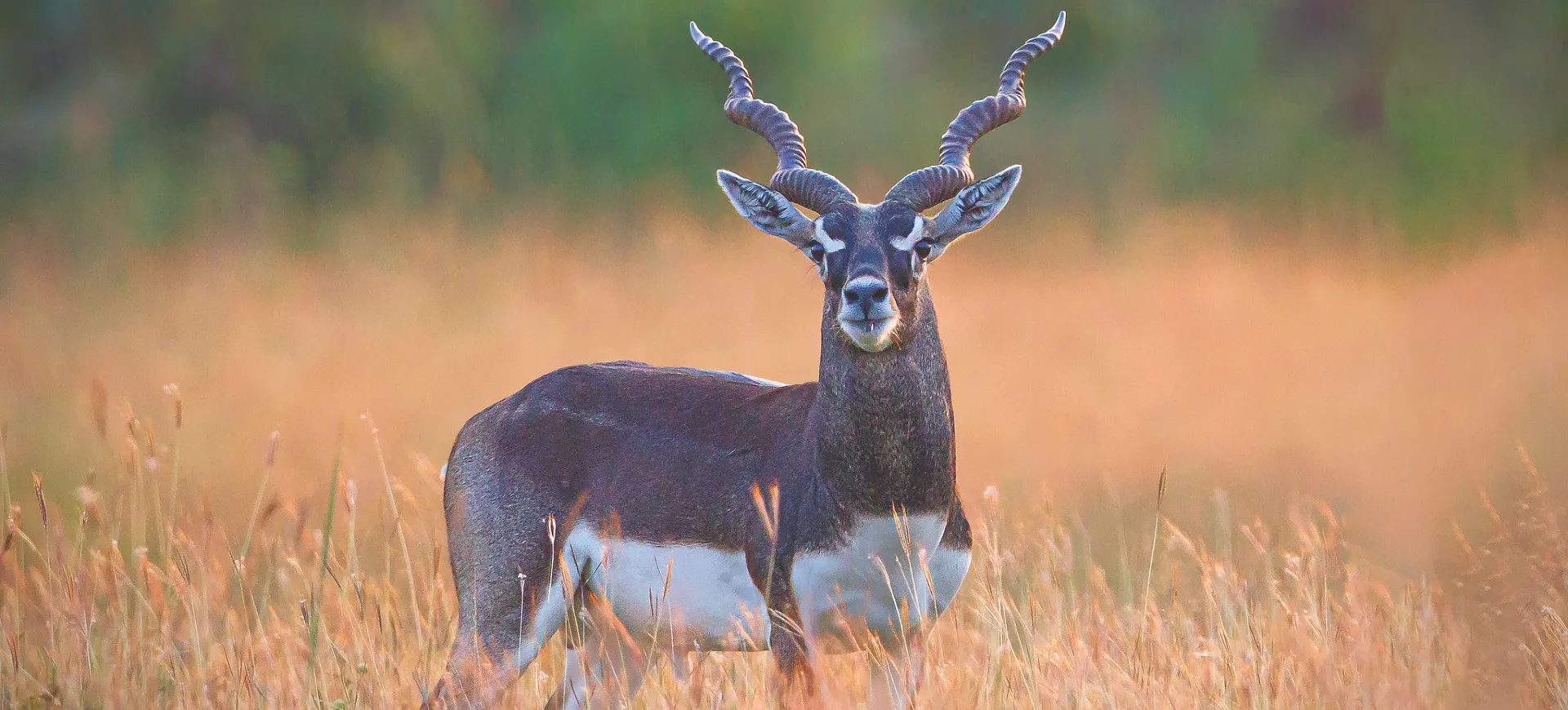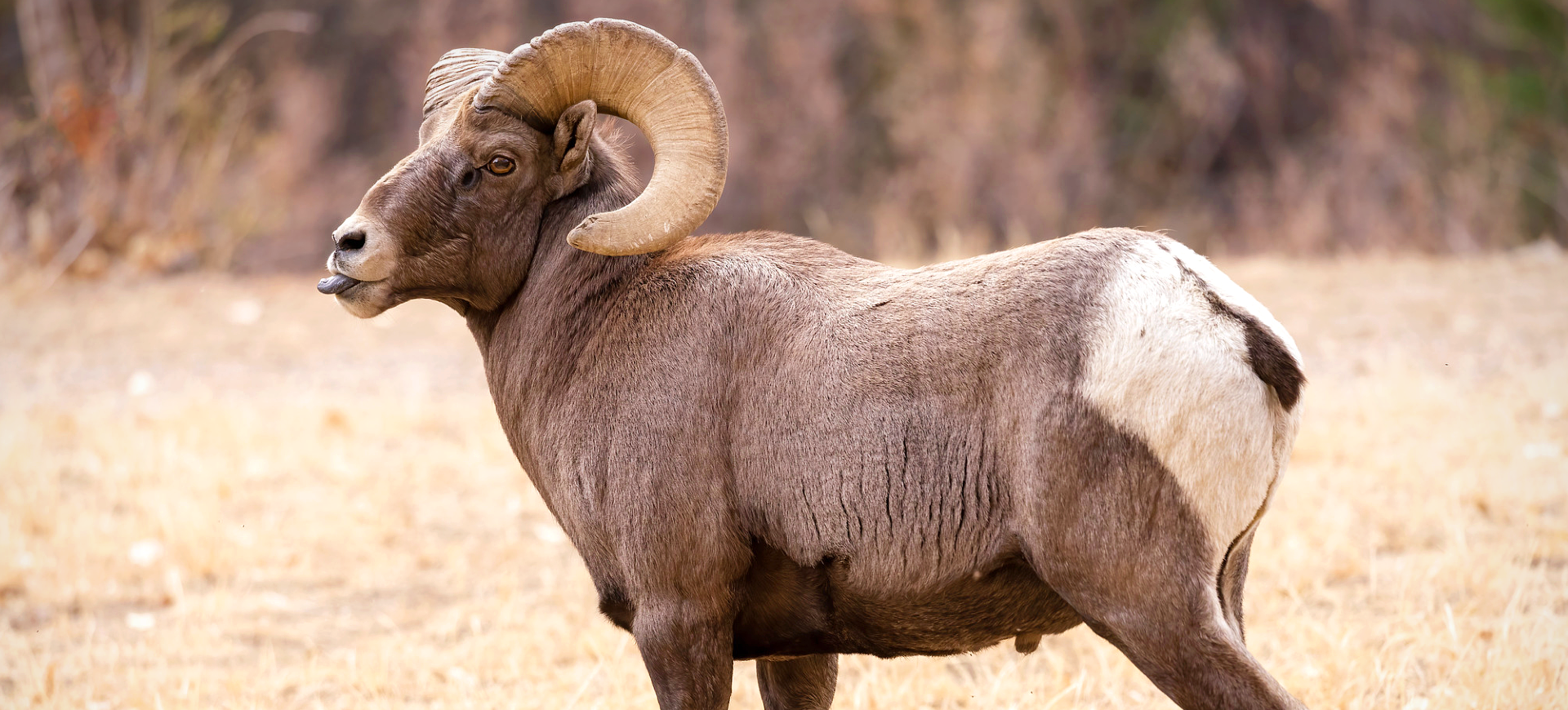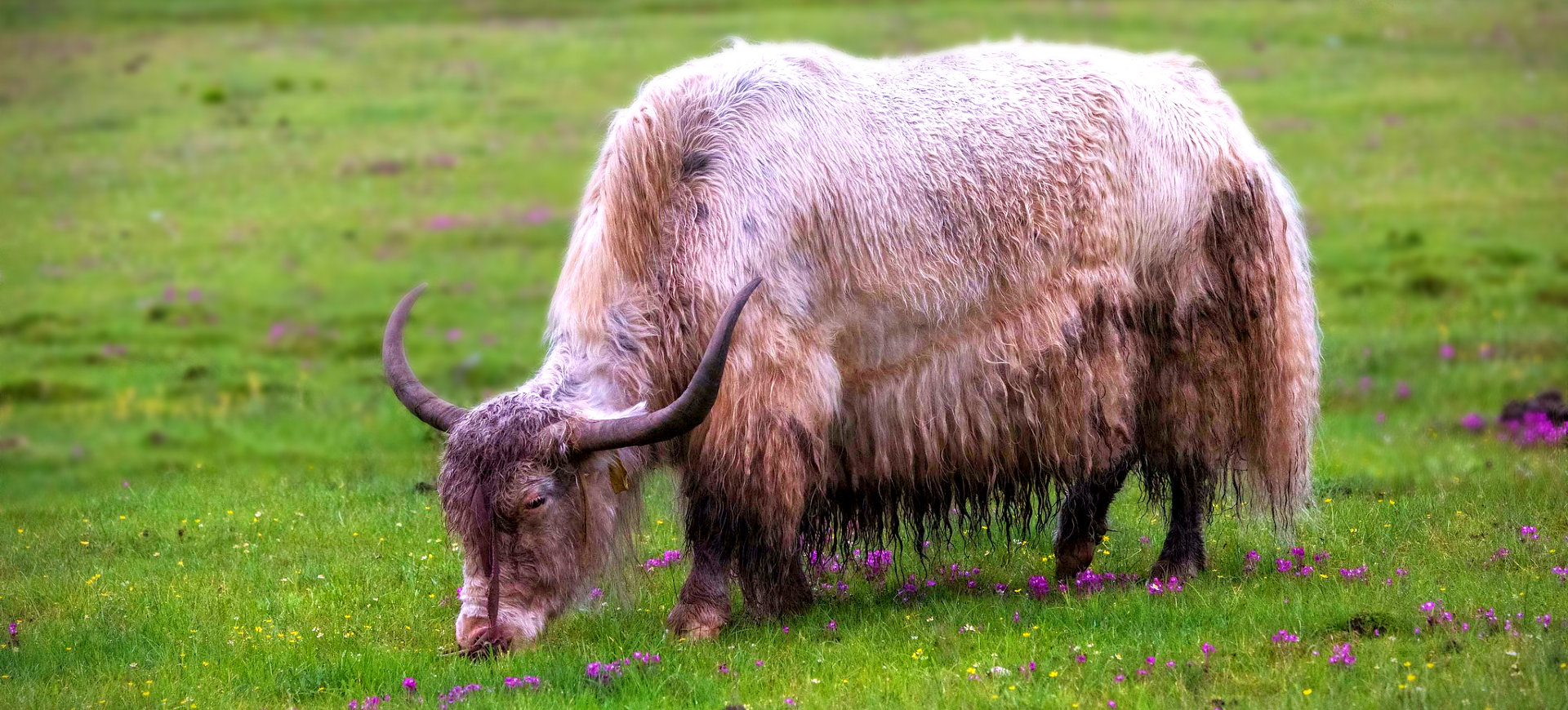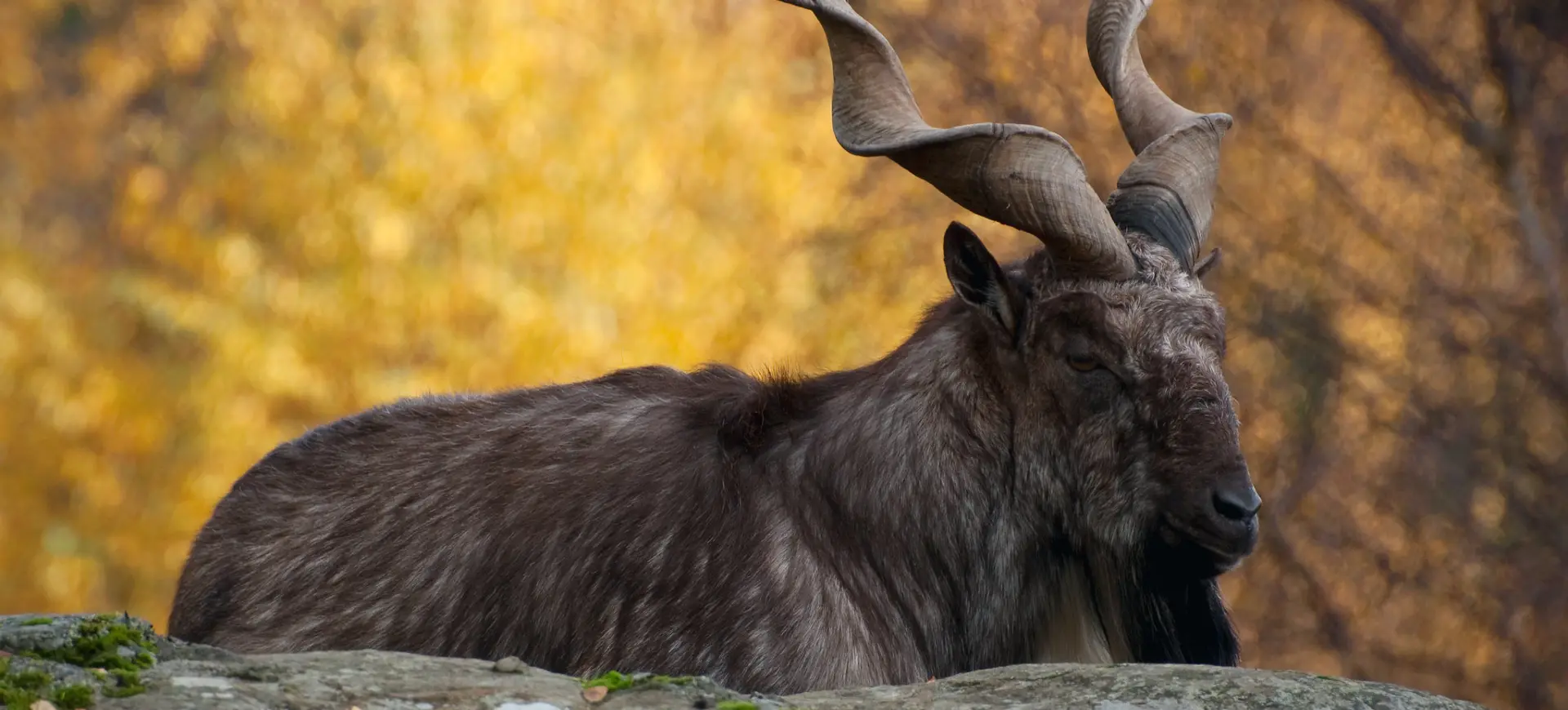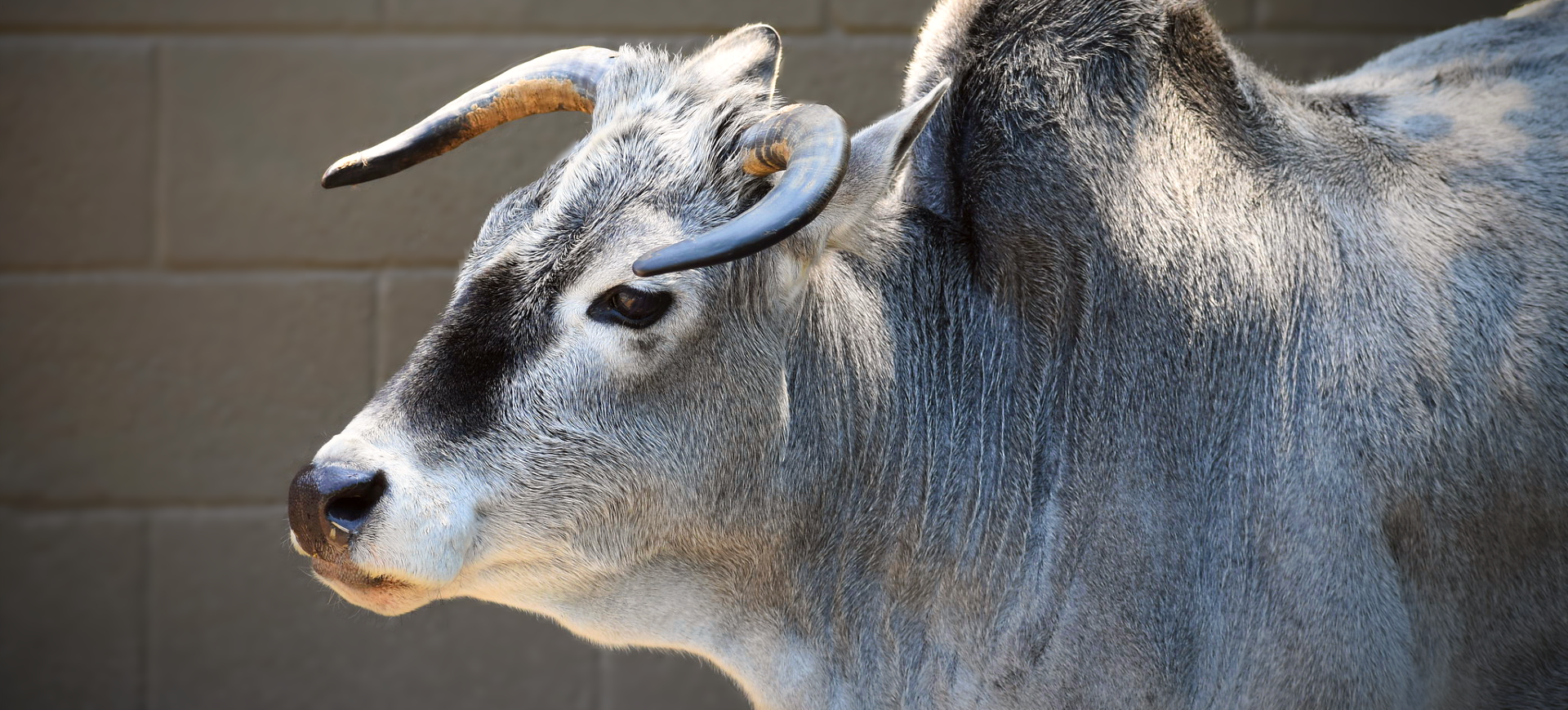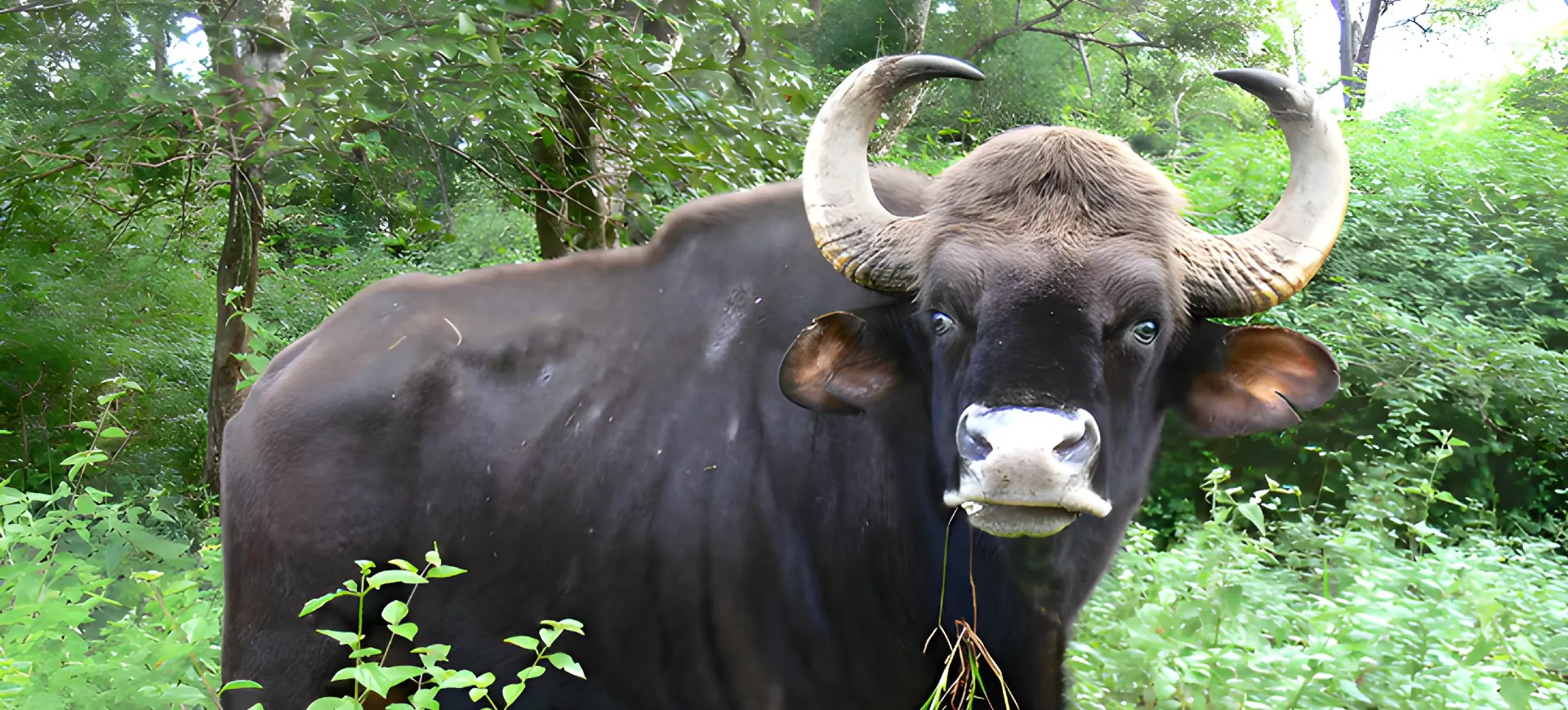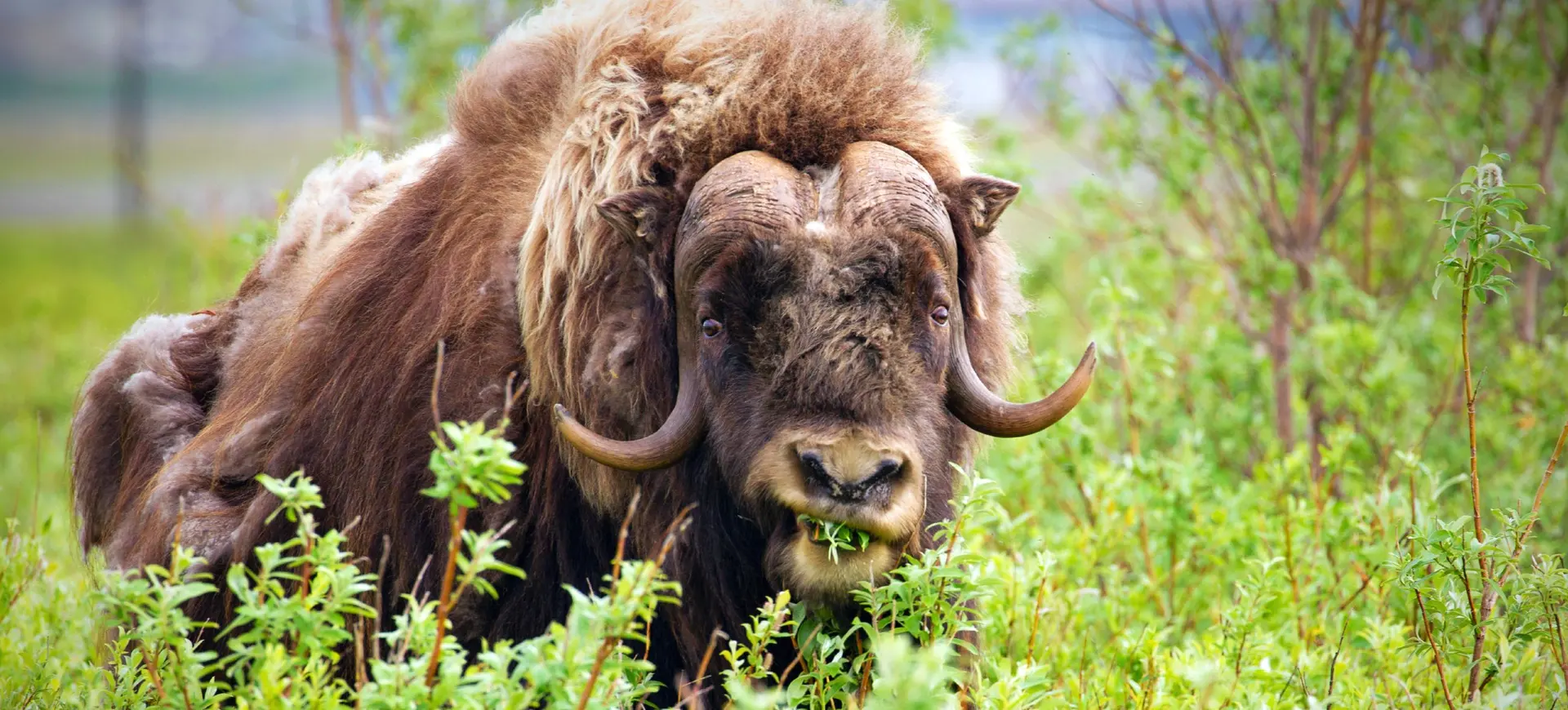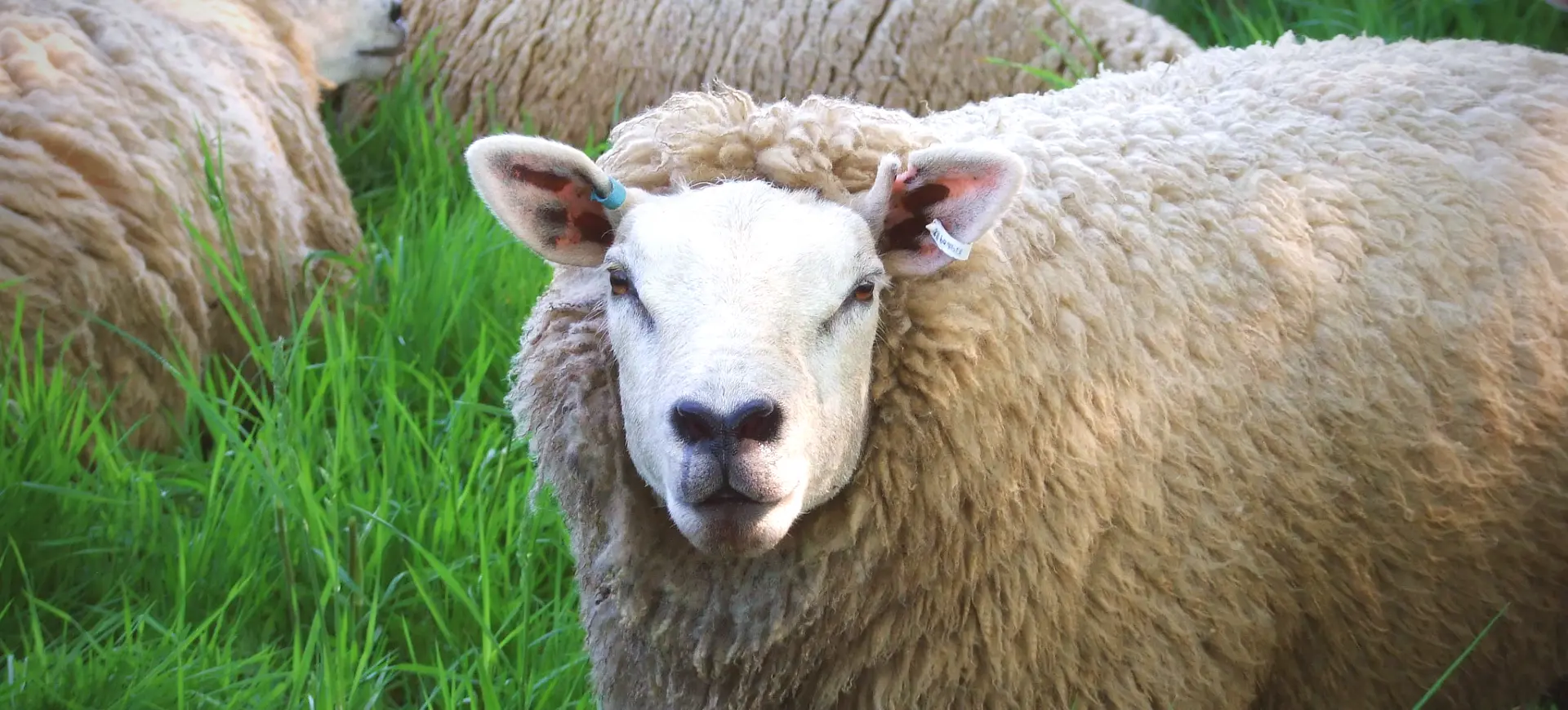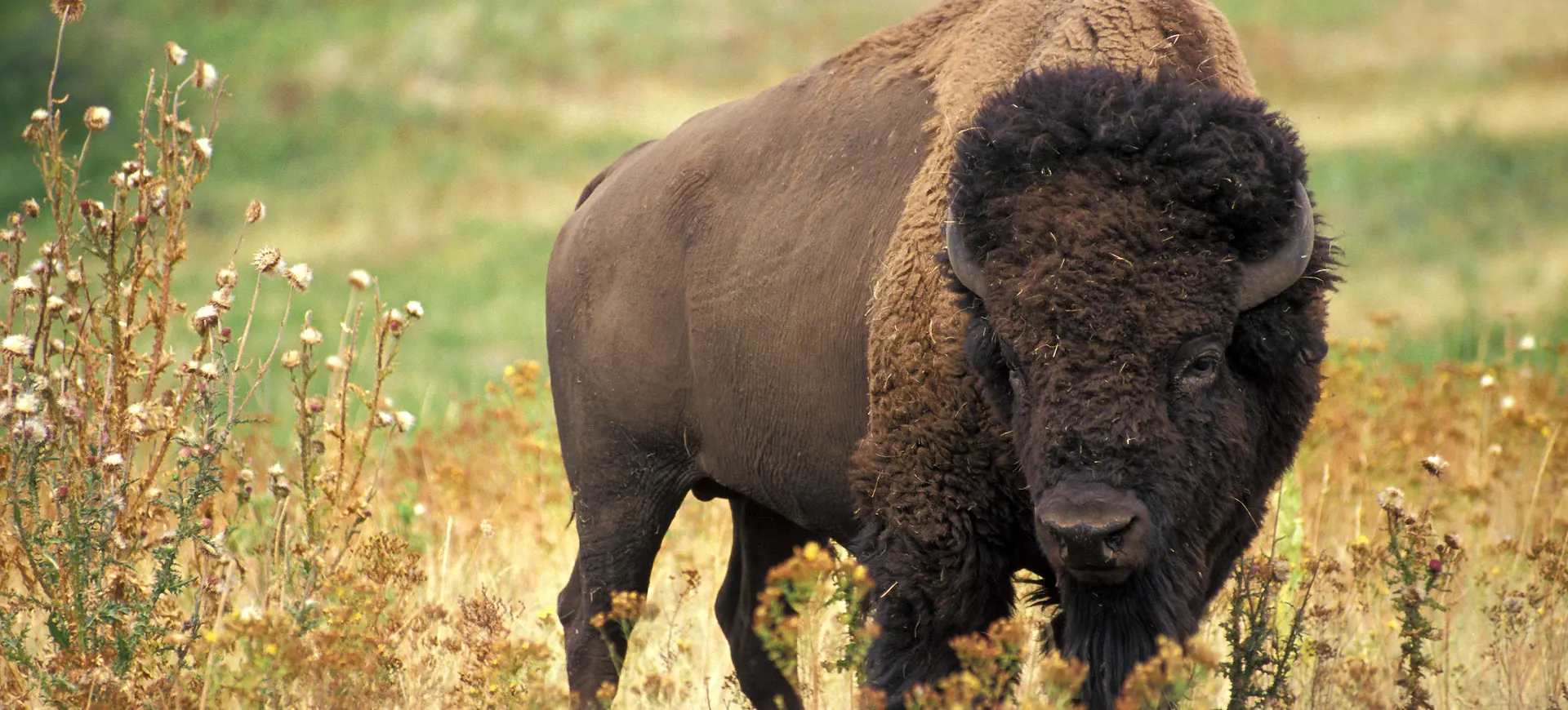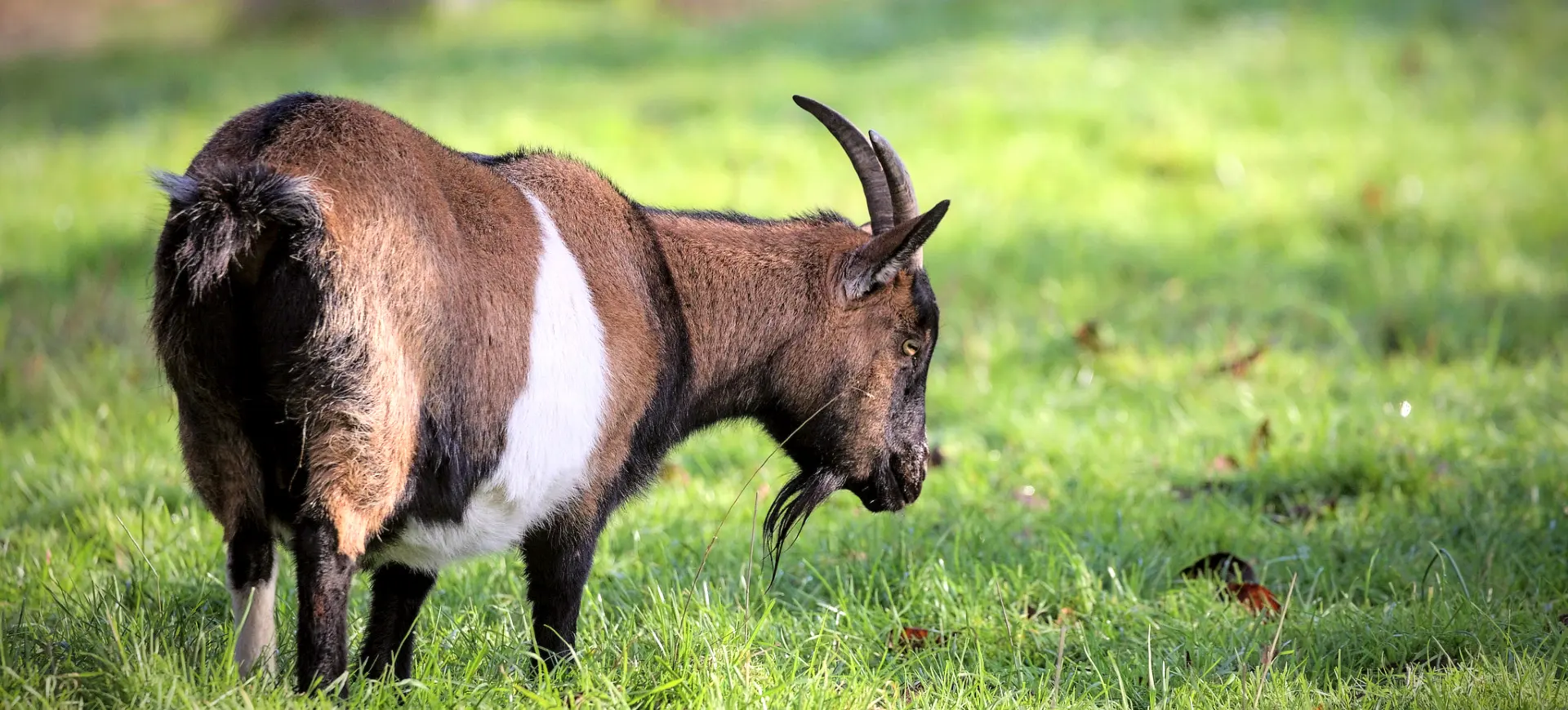Overview
The Gemsbok (Oryx gazella) is a large and remarkable antelope found in the arid regions of Southern Africa. Long, straight horns and a distinct facial pattern with contrasting black and white markings characterize its striking appearance. Predominantly found in the Kalahari Desert, Gemsbok is adapted to thrive in harsh and dry conditions.
Equipped with specialized hooves adapted to various terrains, the Gemsbok can easily traverse sandy, rocky, and gravelly surfaces. They are mainly active during the early morning and late afternoon, resting during the hottest parts of the day. Gemsbok are notable for their ability to conserve water by elevating their body temperature, reducing the need for sweating.
Gemsbok are primarily herbivores, feeding on grasses, leaves, and fruits. However, they have also been known to consume roots and tubers during particularly dry periods. The animal’s specialized kidneys and digestive system allow them to go without water for extended periods, making them highly resilient creatures in some of Africa’s most challenging habitats.
Taxonomy
Kingdom
Phylum
Class
Order
Family
Genus
Species
Sub Species
Type
Physical Description:
The Gemsbok is a remarkable creature adapted to its arid desert environment. Its tan or light brown body is designed for camouflage, allowing it to blend seamlessly with the desert landscape, while its white legs and a black stripe extending from the chin to the lower edge of the body add to its distinctive appearance. The tail is long and ends with a black tip, complementing its overall look. The long, straight horns that both males and females possess are not just for aesthetics but serve vital roles in defense and social interactions within the species. These impressive horns can reach great lengths, reflecting the animal’s age and status within the herd.
The adult Gemsbok, standing about 4 feet at the shoulder, possesses a muscular build, symbolizing strength and resilience. This physical prowess enables it to cover vast distances for food and water and escape predators when threatened. The large, dark eyes of the Gemsbok are one of its most compelling features, framed by distinctive black markings. These markings, more than mere decoration, have a crucial function. They reduce glare from the unrelenting desert sun, aiding the Gemsbok in navigating its harsh, bright environment. This adaptation is just one of the many ways the Gemsbok has evolved to thrive in one of the Earth’s most demanding habitats.

Lifespan: Wild: ~18 Years || Captivity: ~23 Years

Weight: Male: 460 - 530 lbs (209 - 240 kg) || Female: 390 - 440 lbs (177 - 200 kg)

Length: Male: 6.5 - 7.5 ft (200 - 230 cm) || Female: 6.2 - 7.2 ft (190 - 220 cm)

Height: Male: 4.1 - 4.5 ft (125 - 137 cm) || Female: 4.0 - 4.4 ft (122 - 134 cm)

Top Speed: 37 mph (60 km/h)
Characteristic:
Native Habitat:
The Gemsbok is native to the dry regions of Southern Africa, particularly in the Kalahari Desert and Namib Desert. They inhabit areas with sparse vegetation, relying on their adaptability to find food and water sources in these arid landscapes.
Despite the harsh environment, Gemsbok has thrived in these areas due to their special adaptations, such as water conservation mechanisms and strong survival instincts. They are highly territorial, and each herd has a home range covering hundreds of square miles.
Biomes:
Biogeographical Realms:
Continents:
Countries:
Diet:
Diet & Feeding Habits:
The Gemsbok’s diet mainly consists of coarse grasses and leaves from various shrubs. They browse various plants, including some that are poisonous to other animals. During dry periods, they feed on wild melons and other succulents that provide them with water.
They are well-adapted to their arid environment, and their kidneys are adapted to conserve water. In their harsh habitat, they can go without drinking water for weeks, relying on the moisture they get from the plants they consume.
Mating Behavior:
Mating Description:
Mating in Gemsbok is an intriguing and not highly seasonal process, meaning it can occur throughout the year. This lack of a strict mating season allows for flexibility in reproduction, catering to environmental conditions. Males engage in a unique ritual of sparring with their horns, a display designed to gain the attention of females and assert dominance. Although rarely dangerous, these battles are a critical aspect of their mating behavior, determining the hierarchy within the herd. Having proven their strength and status, Dominant males often mate with multiple females, ensuring the propagation of their strong genetic traits.
The gestation period in Gemsbok leads to the birth of typically one calf. After giving birth, the mother takes on the essential role of protecting and nourishing her young. In the vulnerable first few weeks of life, the mother will keep the calf hidden in a secluded spot, away from potential predators. During this critical hiding period, she regularly visits the nurse, providing the essential nutrients needed for growth and development. After this initial phase, the calf is introduced to the herd and starts grazing on solid food, a significant milestone in its journey toward adulthood. The attentive care of the mother, combined with the support of the herd, plays a vital role in ensuring the calf’s survival in the challenging desert environment.
Reproduction Season:
Birth Type:
Pregnancy Duration:
Female Name:
Male Name:
Baby Name:
Social Structure Description:
The Gemsbok social structure is fluid, with groups often forming and disbanding. Adult males typically form bachelor groups, while females and young live in mixed-sex herds. Dominant males will establish territories and protect them fiercely against intruders.
Communication within the herd is primarily through body language and visual signals. The social structure is adaptable to the changing conditions of their environment, and the group dynamics can shift based on available resources and mating opportunities.
Groups:
Conservation Status:
Population Trend:
The Gemsbok population is currently stable in the wild, a positive outcome largely attributed to concerted conservation efforts and the establishment of protected habitats in many parts of its range. Recognition of their ecological importance and aesthetic appeal has led to increased protection and monitoring, ensuring their continued existence. Collaborative regional efforts, community engagement, and governmental regulations have played a vital role in sustaining the population.
However, despite these positive strides, the Gemsbok still faces significant threats, particularly habitat loss due to agriculture and human development. The expansion of farmlands and urban areas has encroached upon their natural habitats, restricting their movement and access to essential resources. Additionally, poaching for their beautiful horns continues to be a menace, targeting these animals for illegal trade. Continued and intensified efforts, encompassing legal enforcement, public awareness, and international cooperation, are required to protect and preserve this remarkable species for future generations.
Population Threats:
The main threats to Gemsbok include habitat loss and fragmentation, mainly due to human activities like agriculture and urbanization. These activities reduce the availability of their food sources, hindering their ability to thrive.
Poaching for their distinctive horns is another significant threat, especially in areas where enforcement of wildlife protection laws is weak. There is a need for continued vigilance and strong conservation measures to protect these remarkable creatures.
Conservation Efforts:
Conservation efforts for the Gemsbok include establishing protected areas and reserves where they can live without the immediate threat of habitat loss or hunting. Several countries in their range have implemented measures to conserve their habitat.
Anti-poaching efforts are also crucial for protecting Gemsbok, and there have been programs to educate communities about the value of conserving this species. Collaborative initiatives between governments, conservation organizations, and local communities have proven effective in maintaining their population.
Additional Resources:
Fun Facts
- Gemsbok can survive without water for weeks, getting moisture from the plants they eat.
- Both males and females have long, straight horns reaching 3 feet.
- They are excellent runners and can reach up to 37 mph (60 km/h).
- Gemsbok has a body temperature that can fluctuate several degrees to avoid overheating.
- The black markings on their face reduce glare and help them see better in the bright desert sunlight.
- Gemsbok meat is considered one of the tastiest among antelopes and is highly prized.
- Despite their size, they are preyed upon by lions, leopards, hyenas, and African wild dogs.
- Their specialized kidney helps them conserve water in their arid habitat.
- Gemsbok has been introduced to some areas of the United States, where they have established small populations.
- Their scientific name, Oryx gazella, is derived from a Greek word for a type of antelope and the Latin word for a gazelle.








